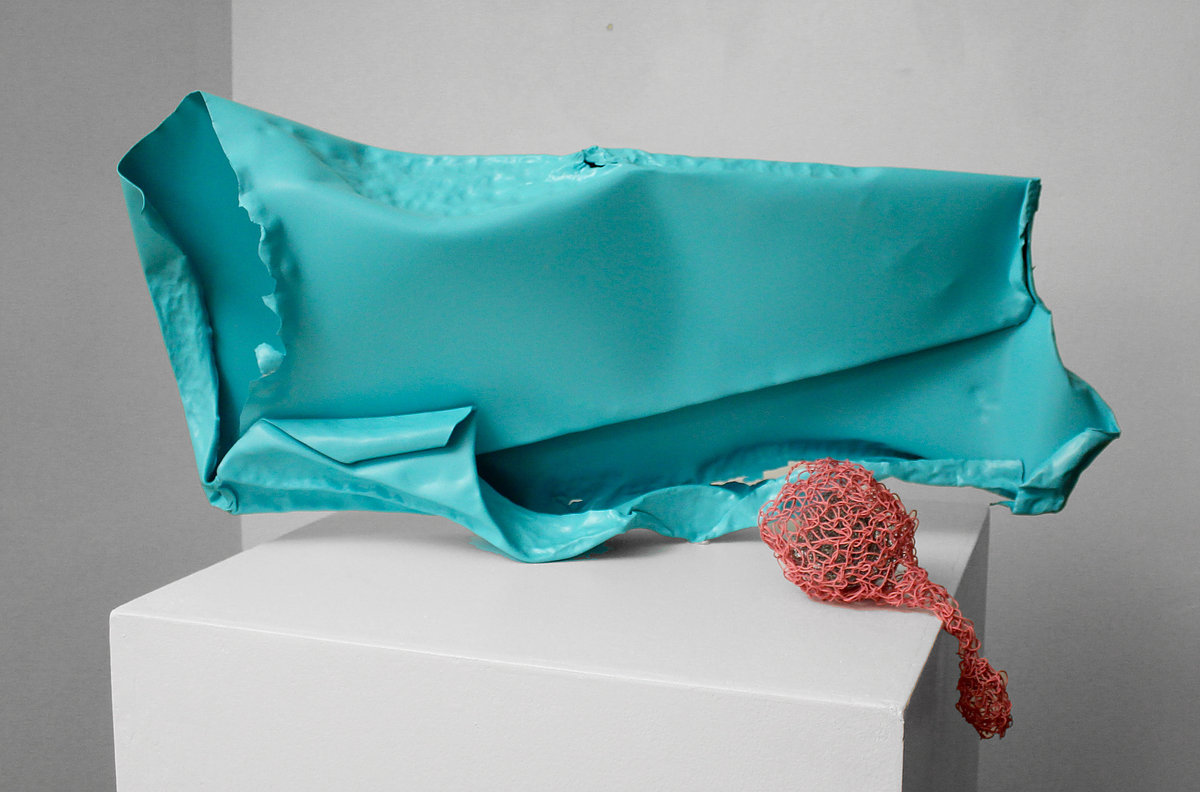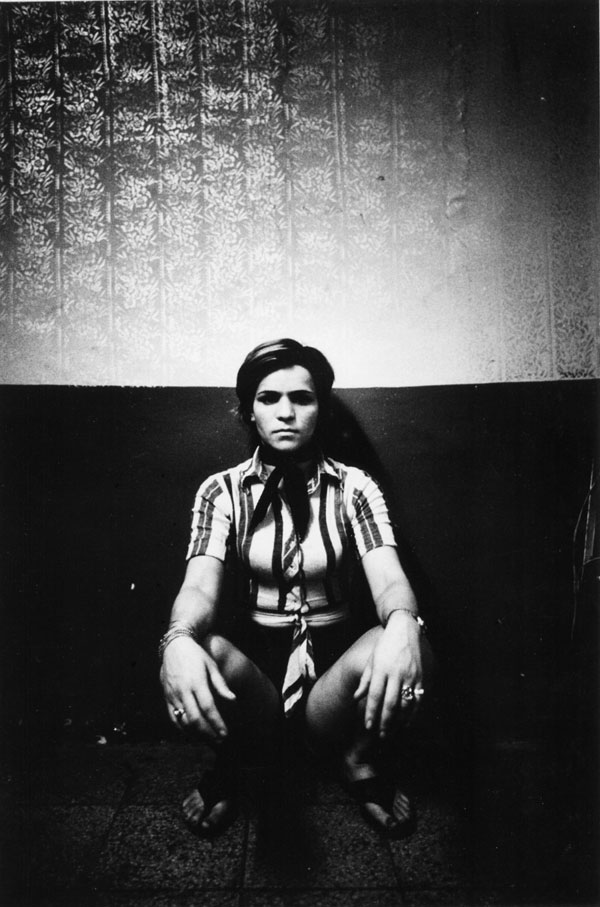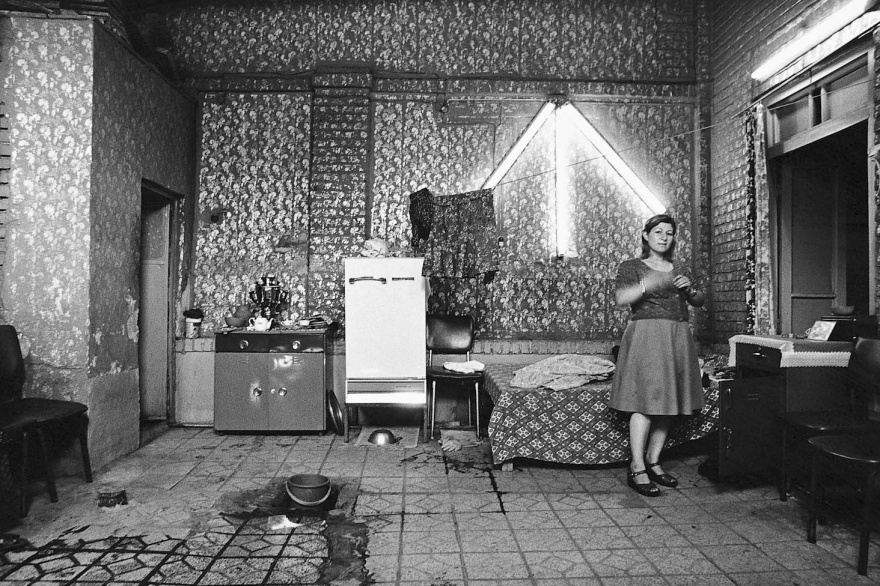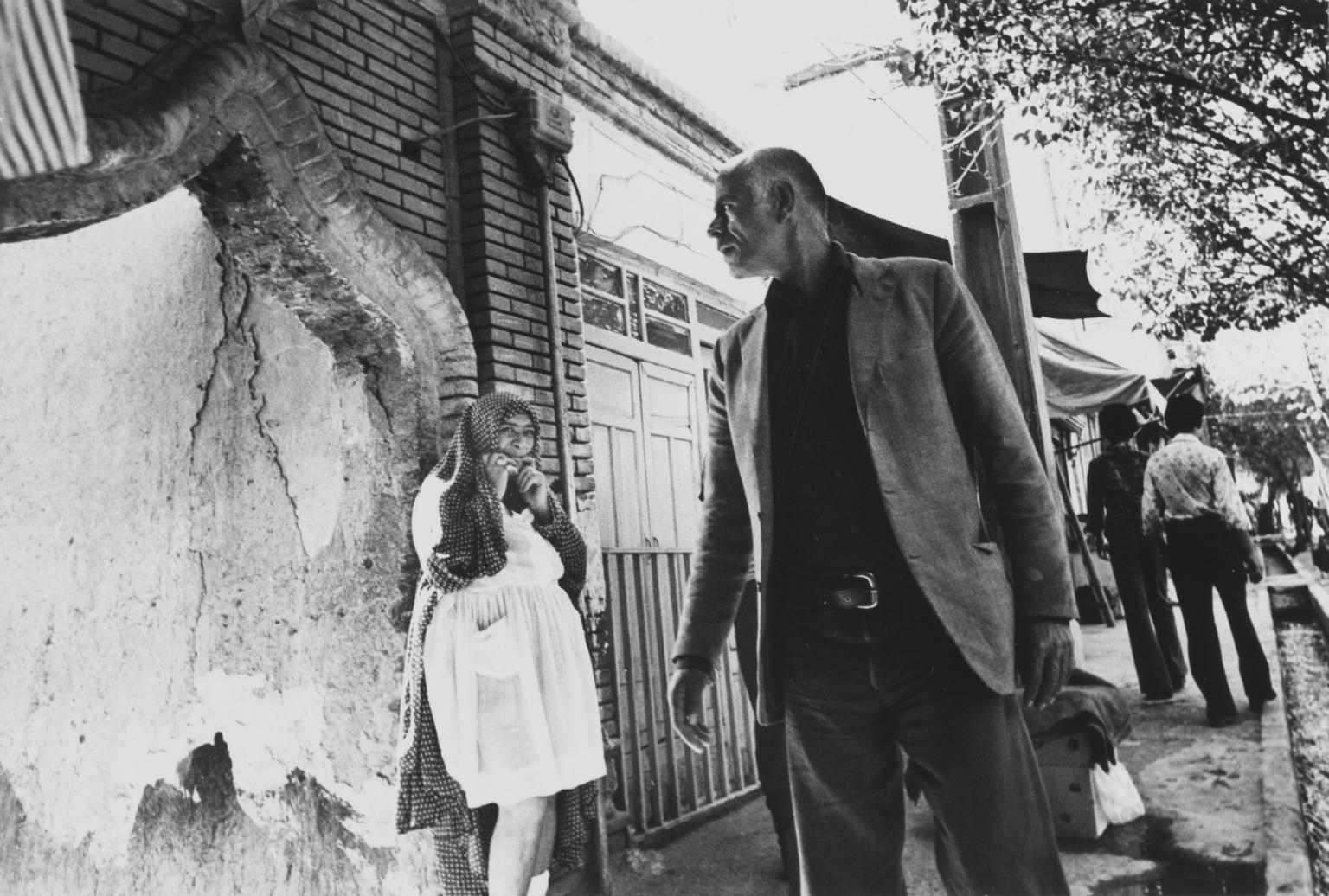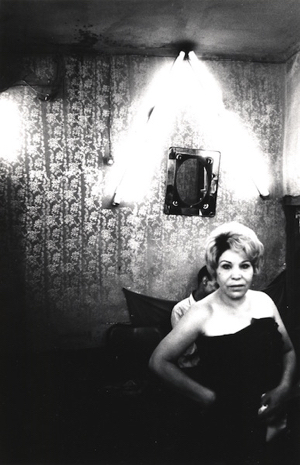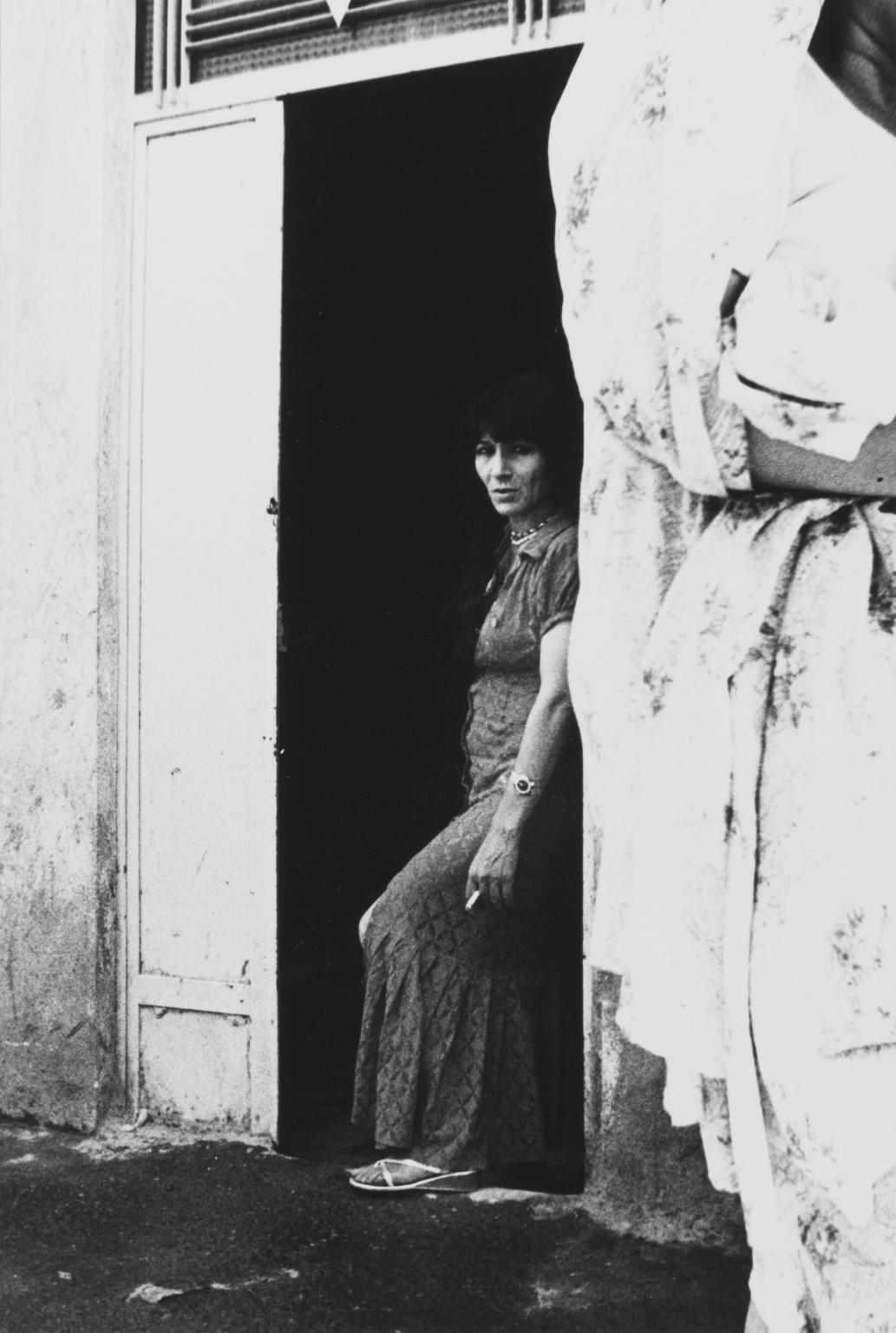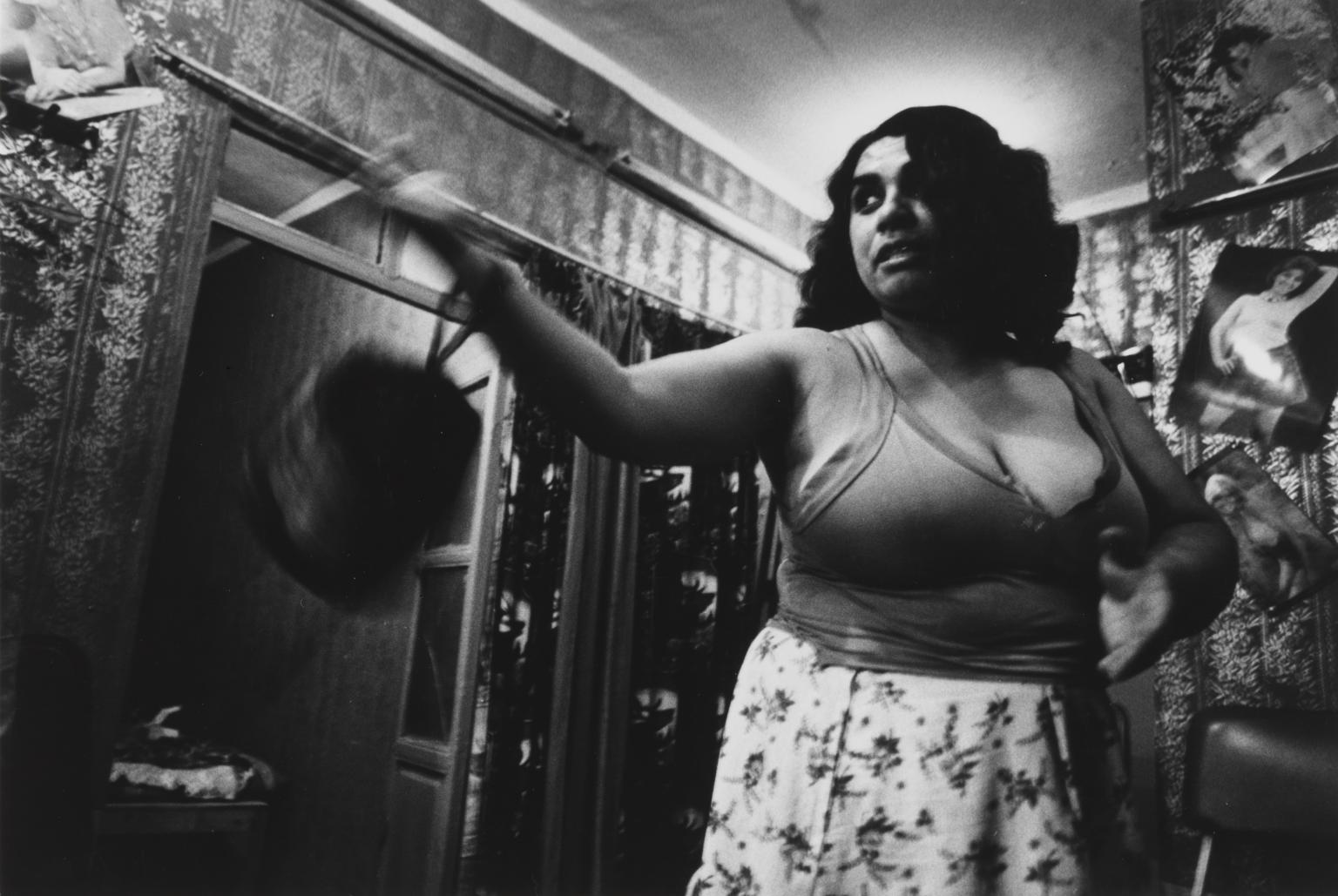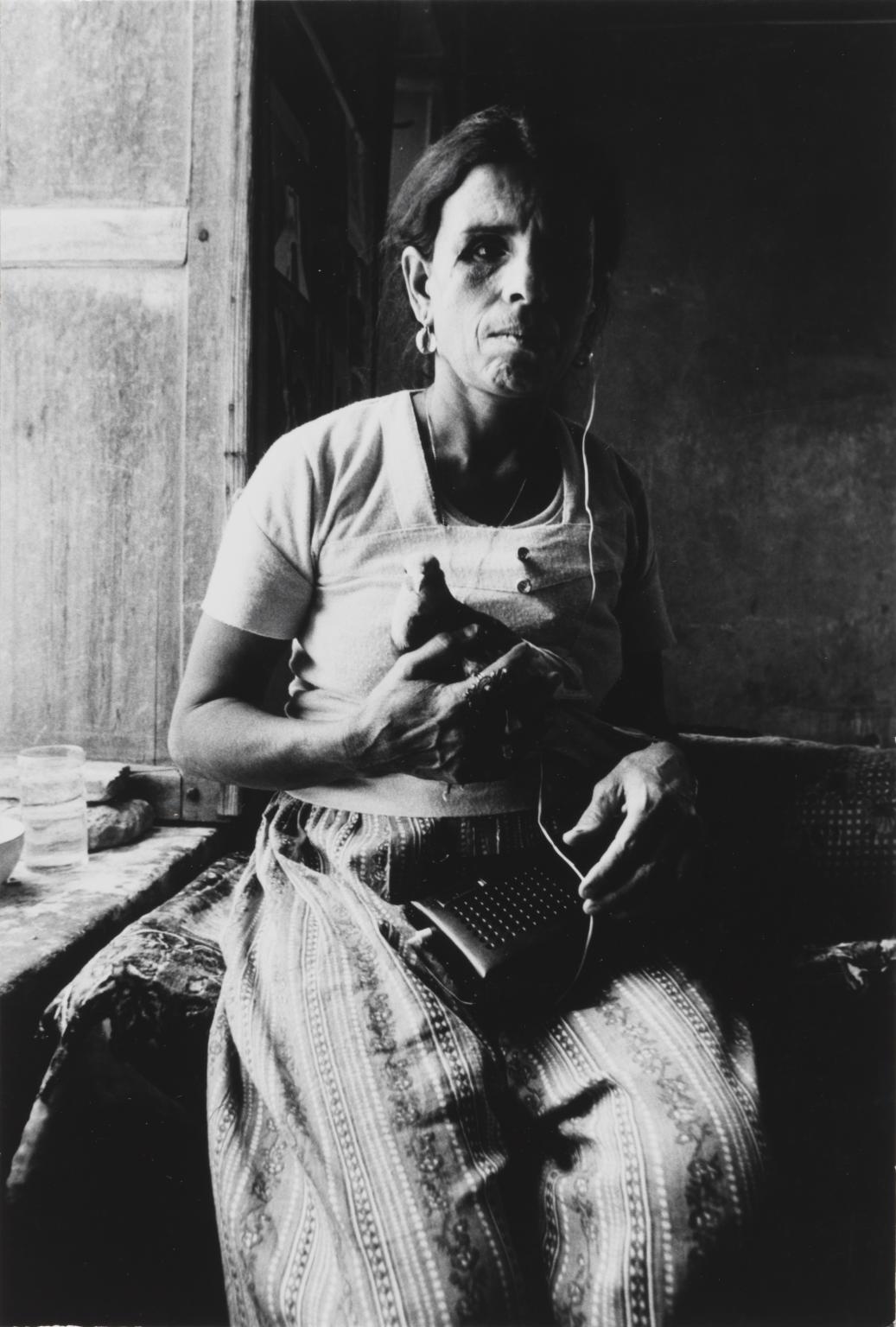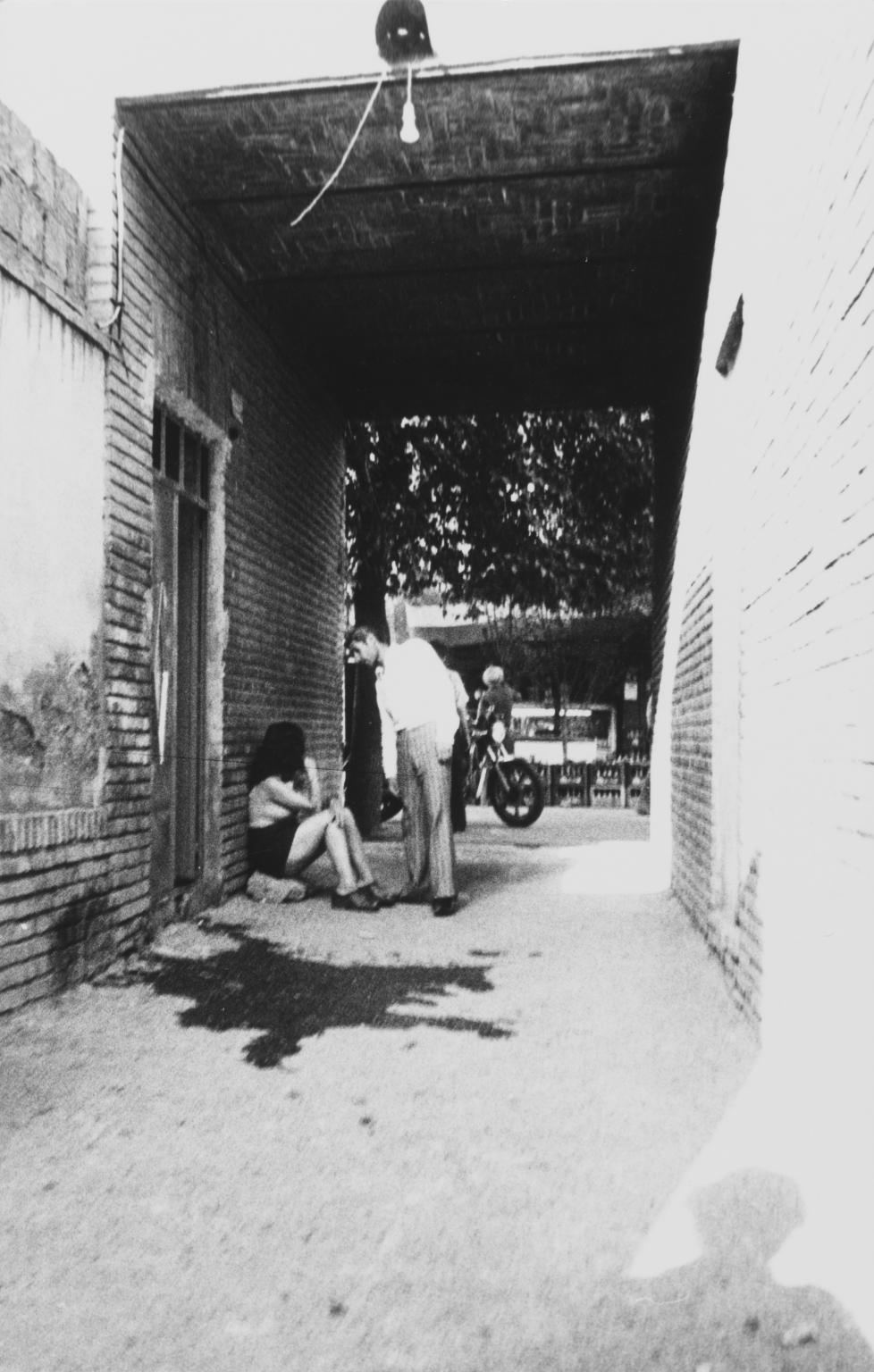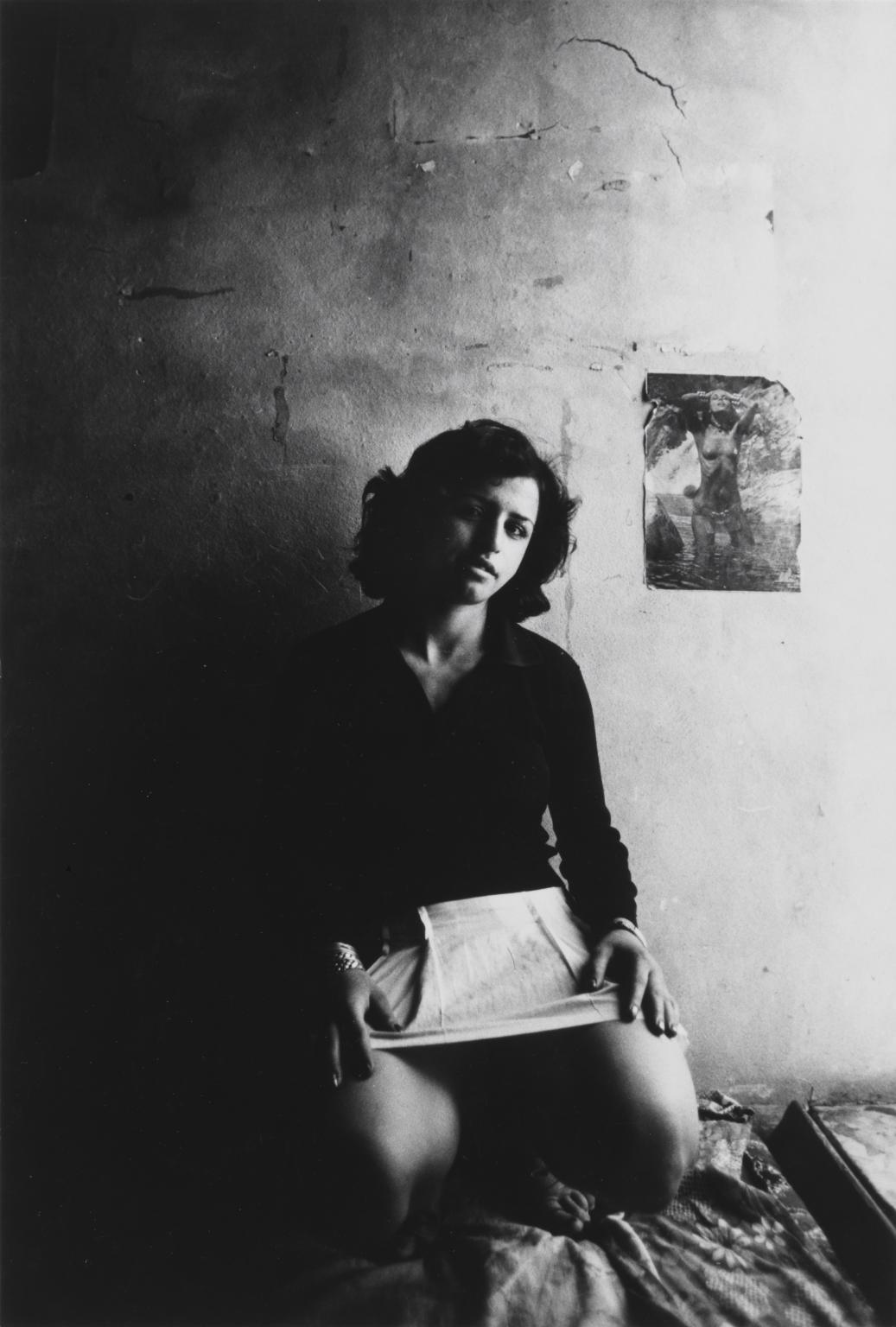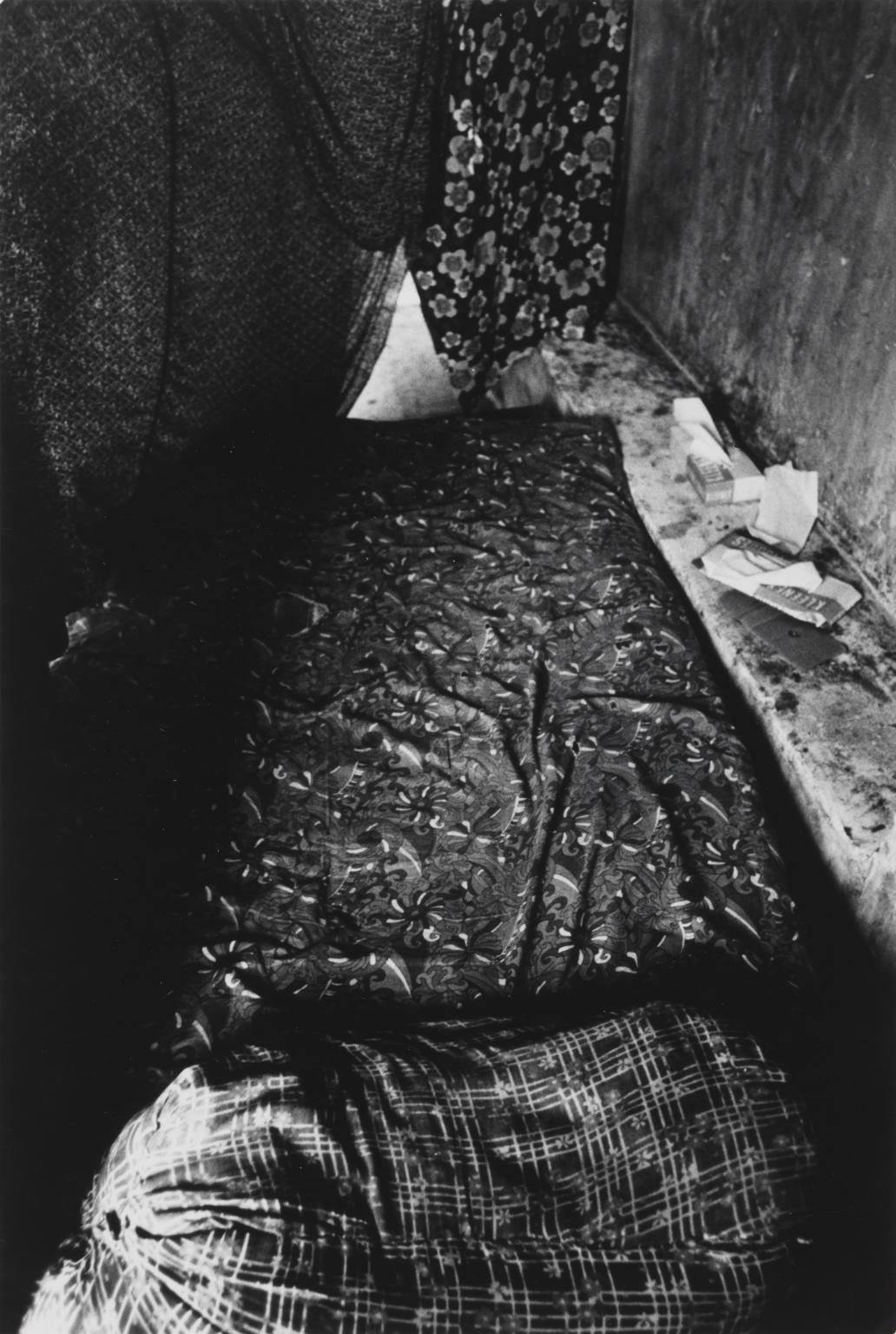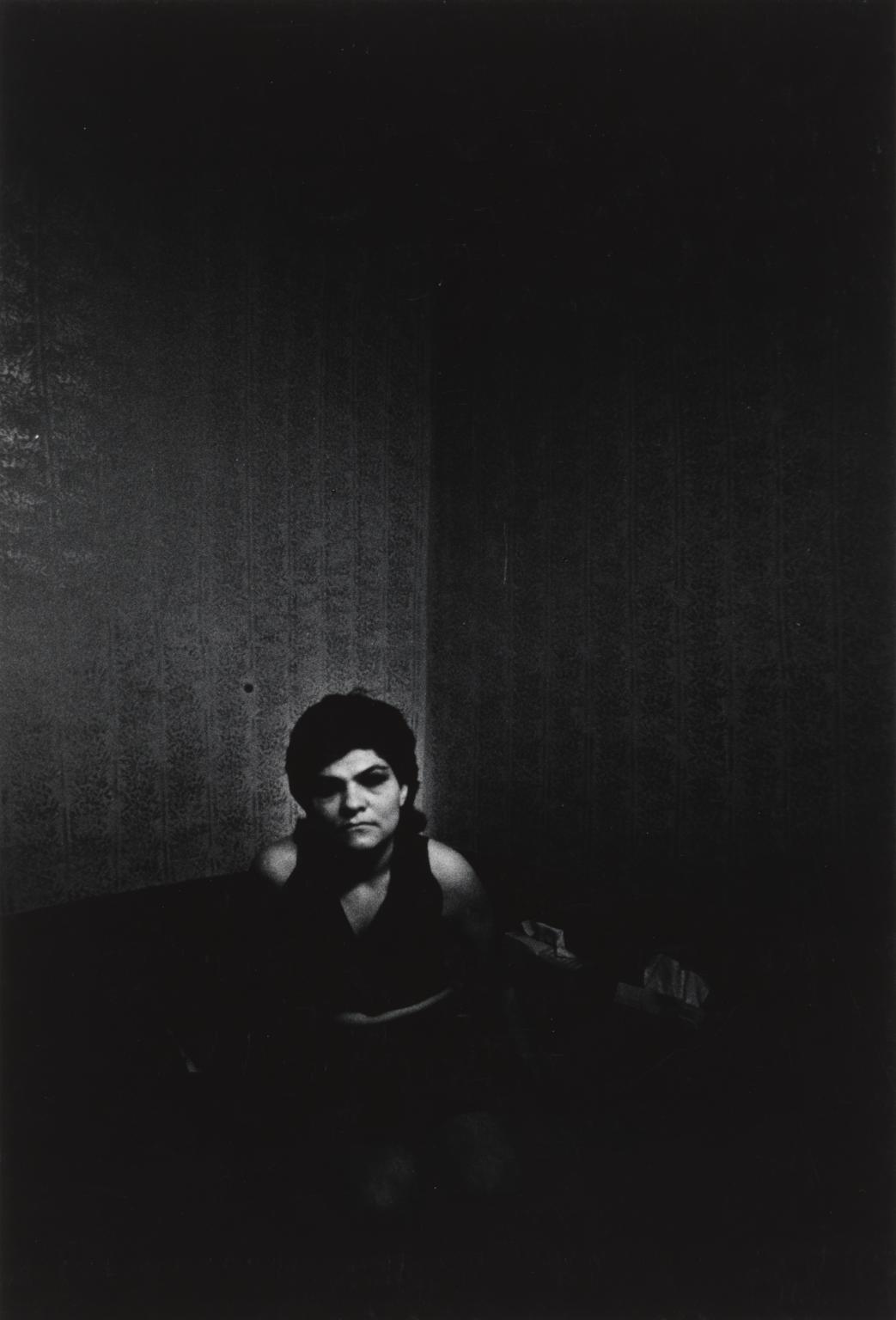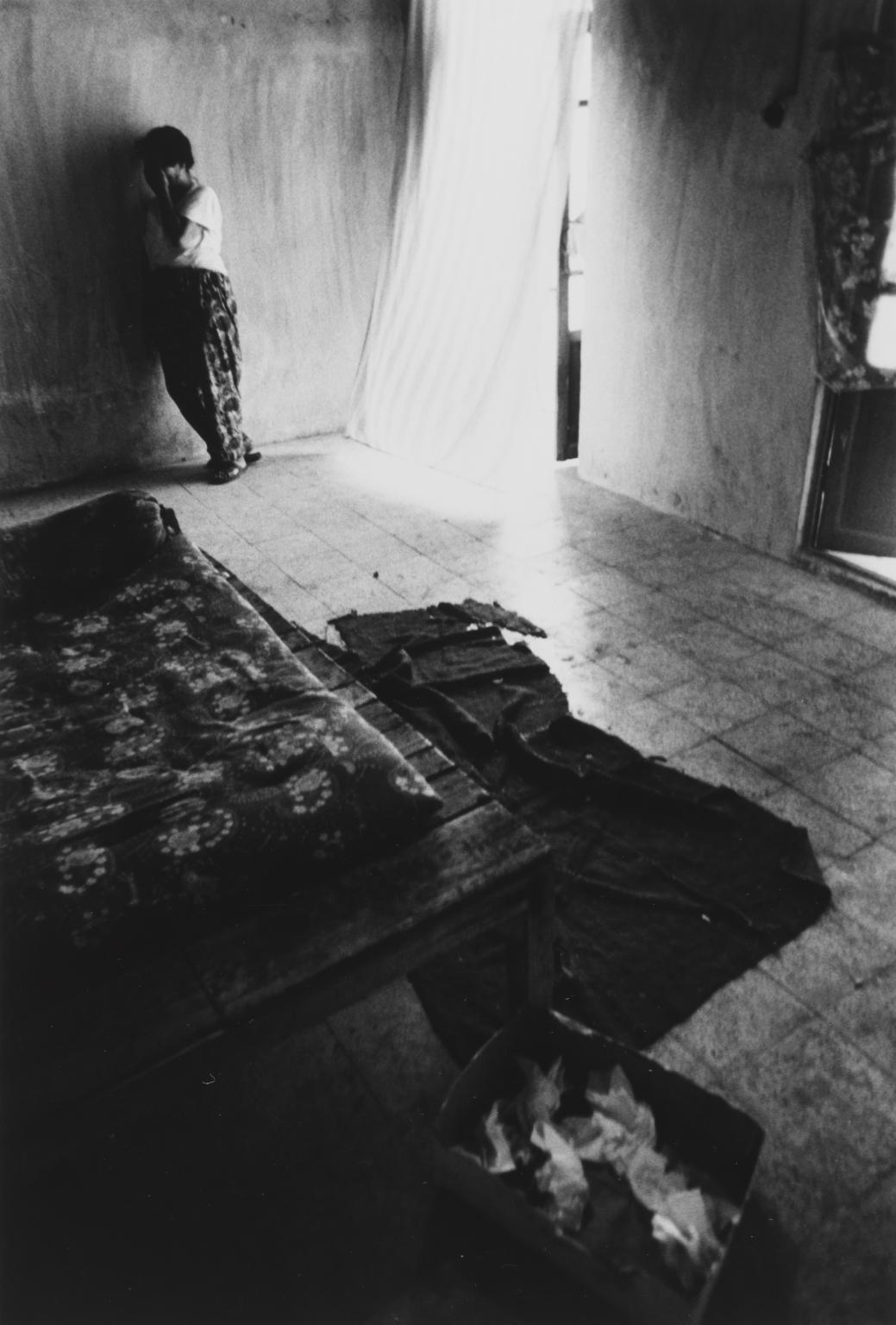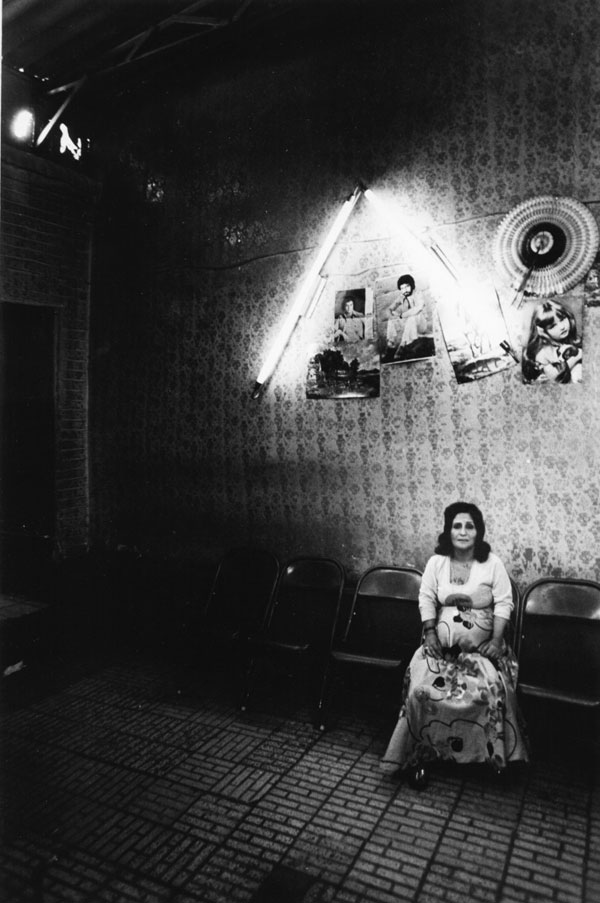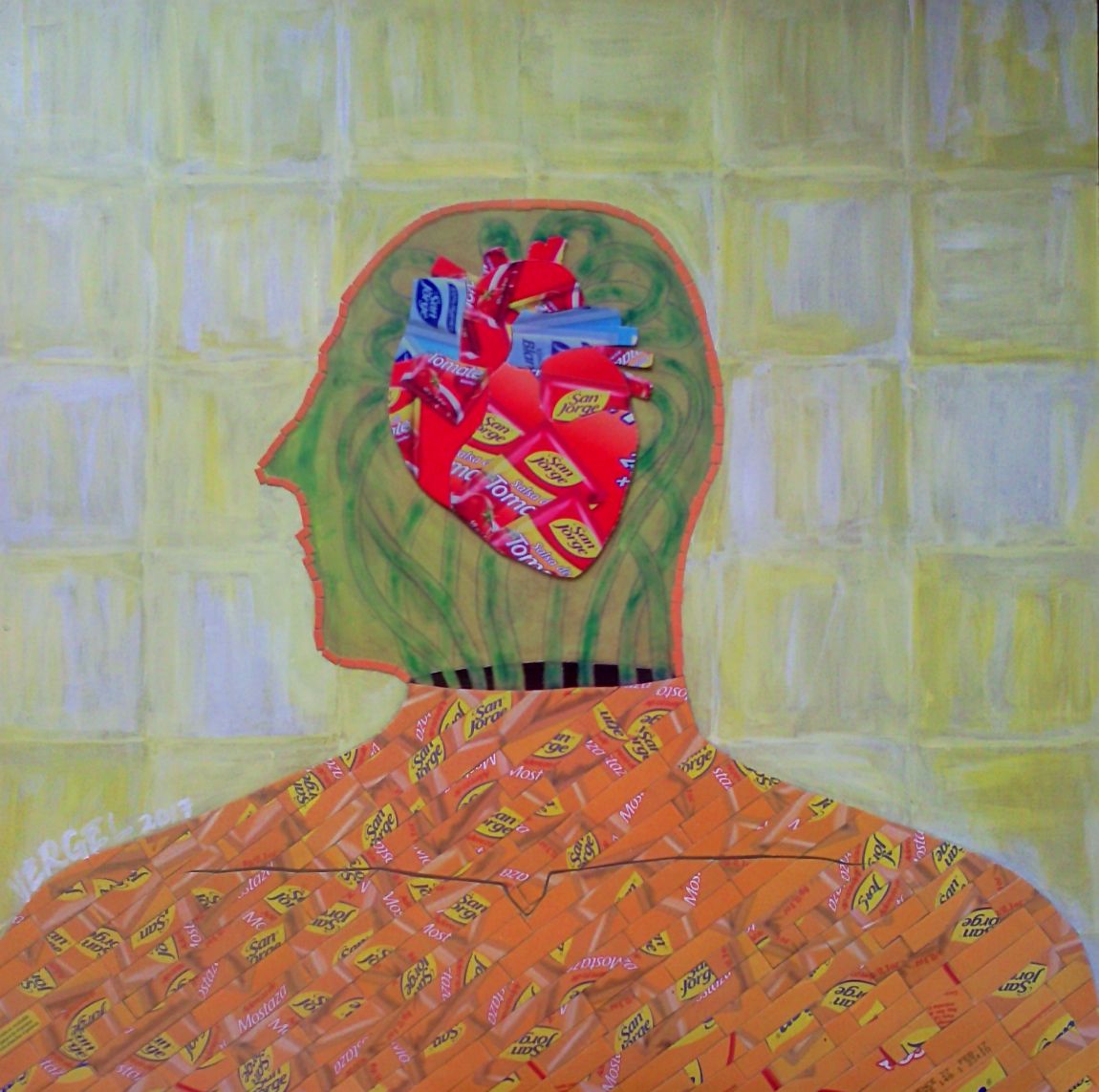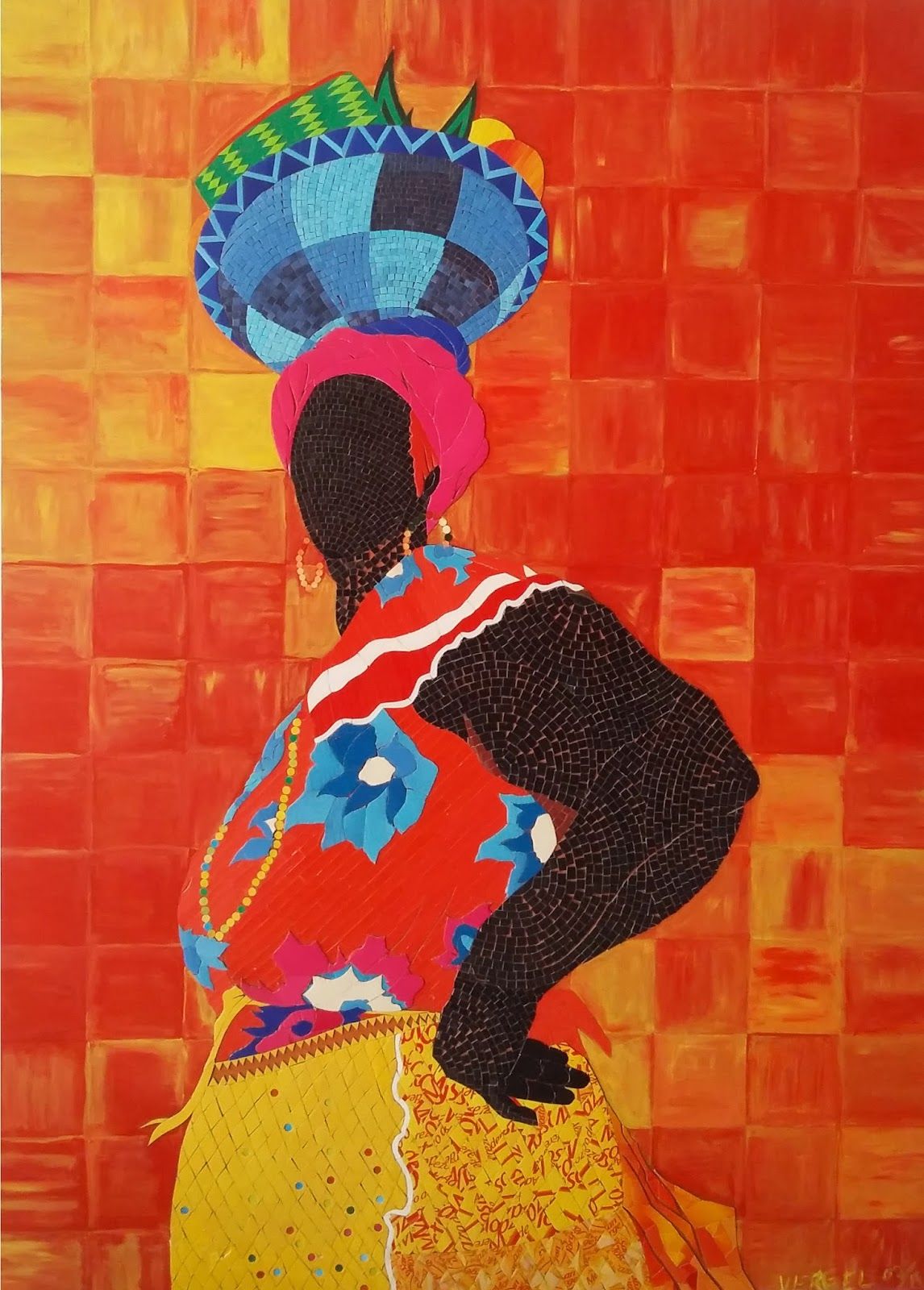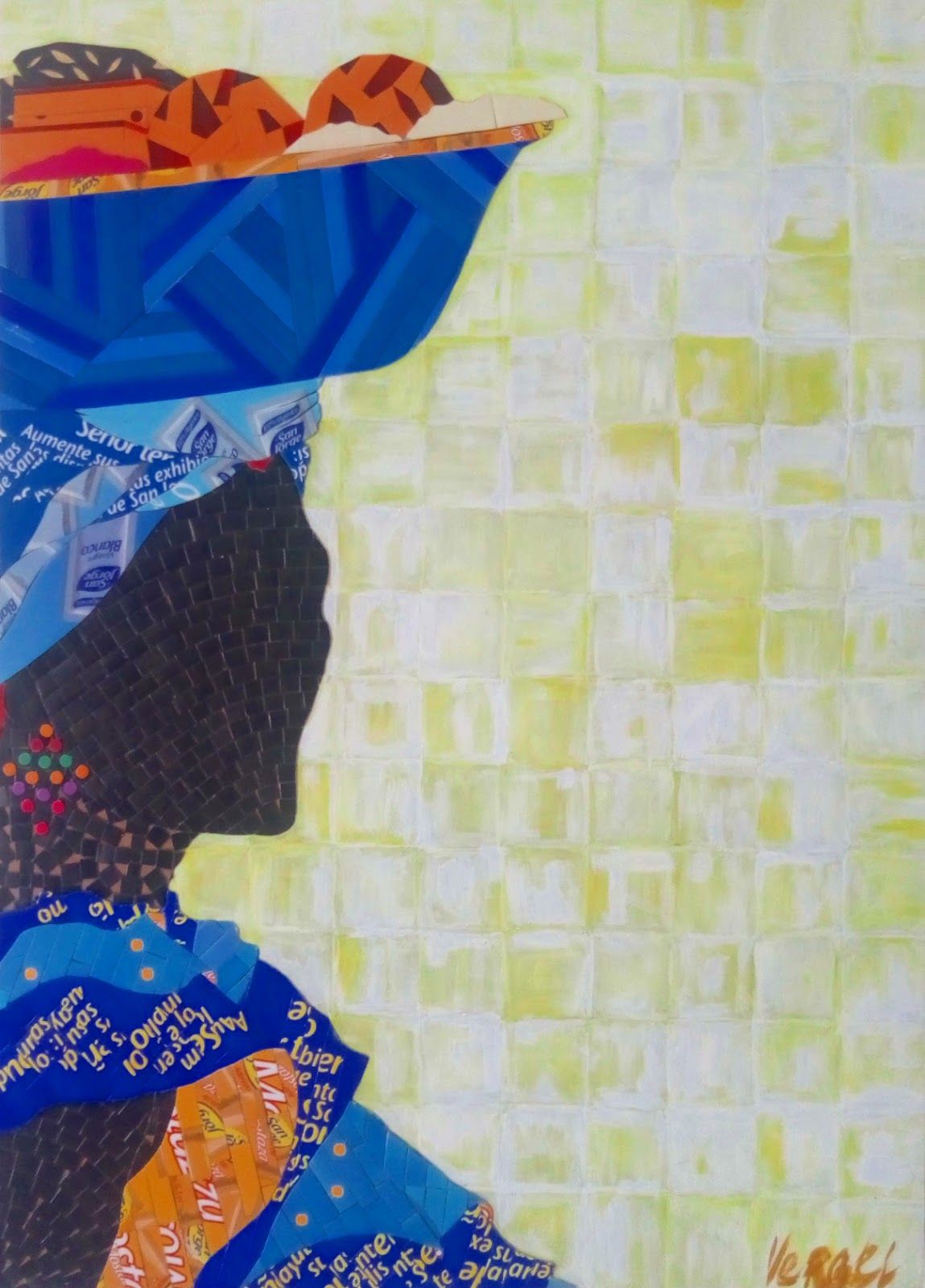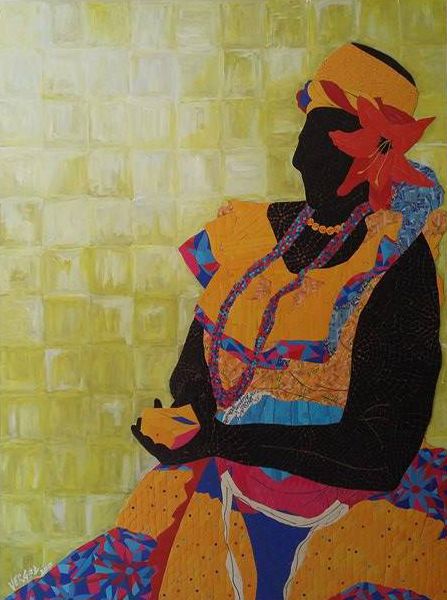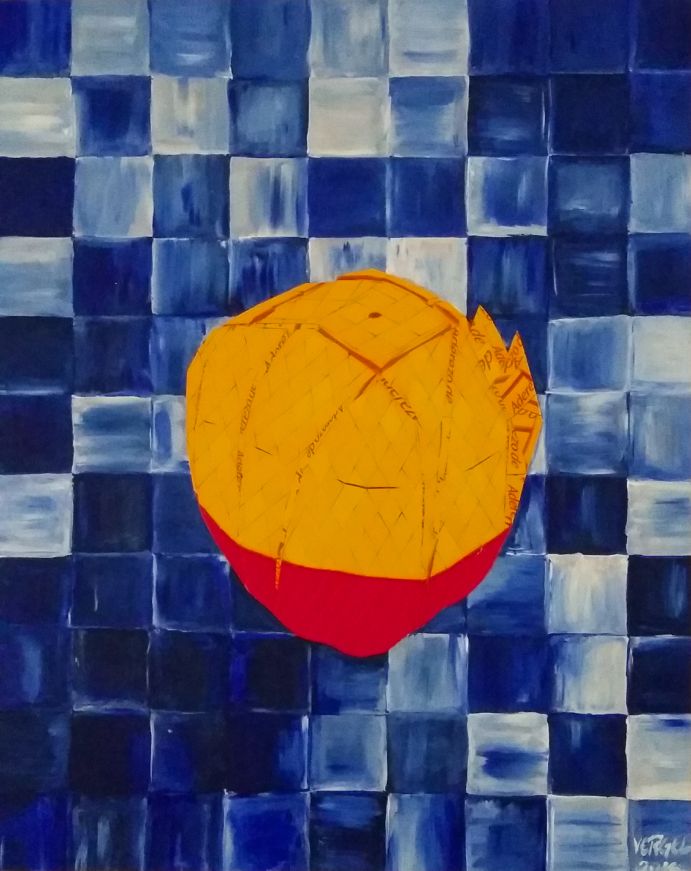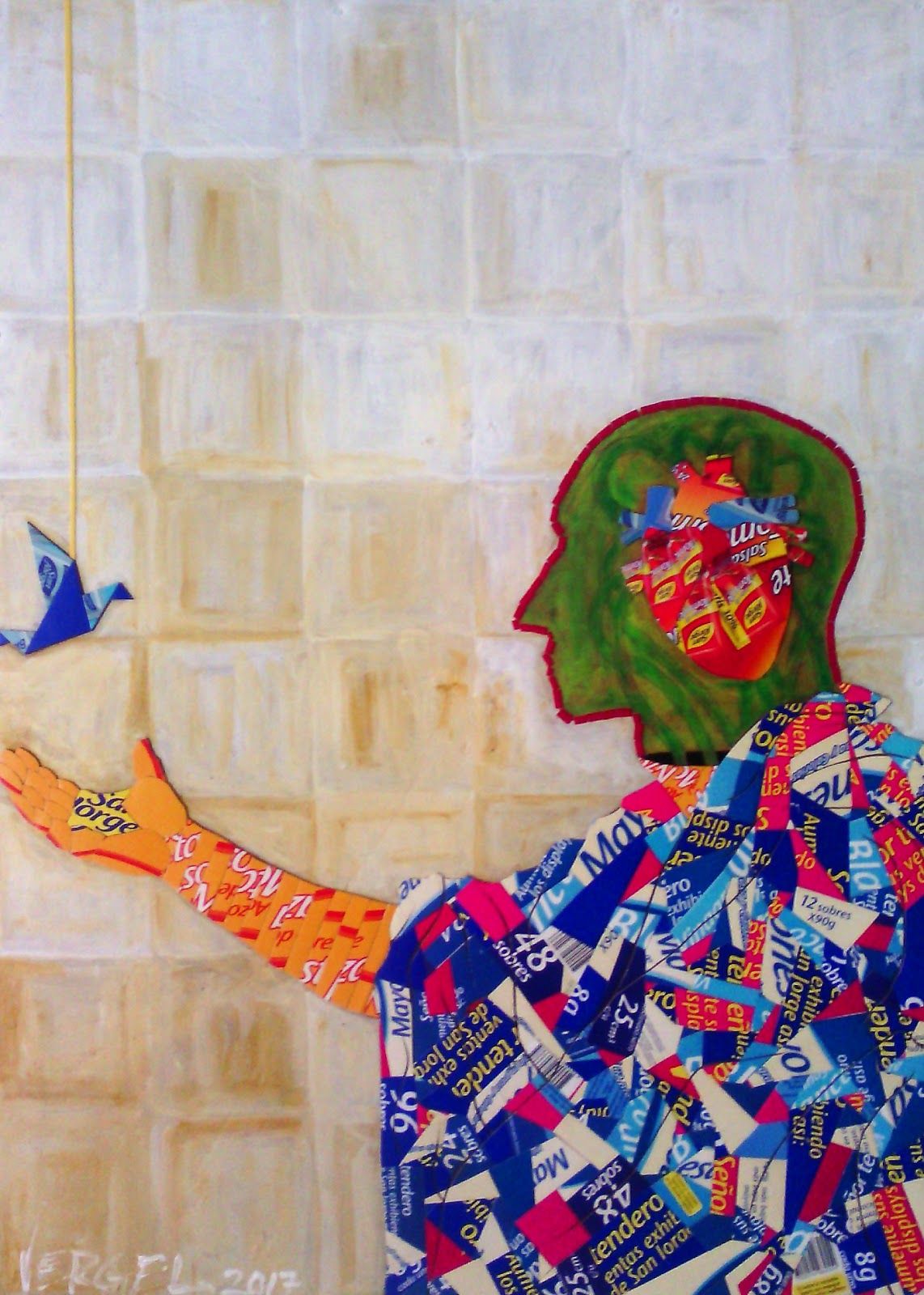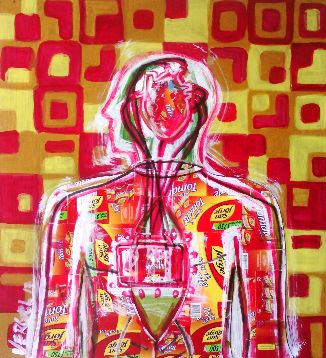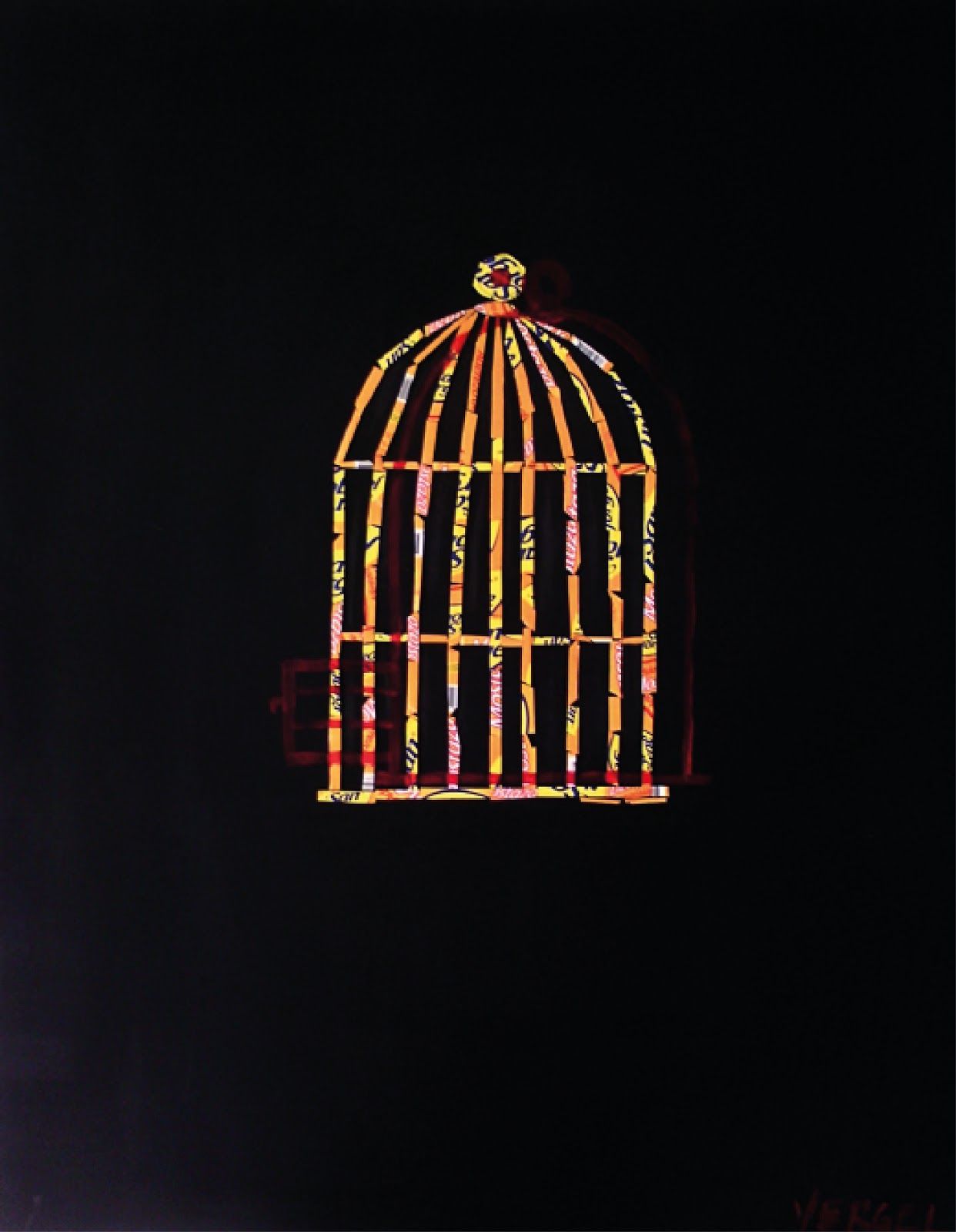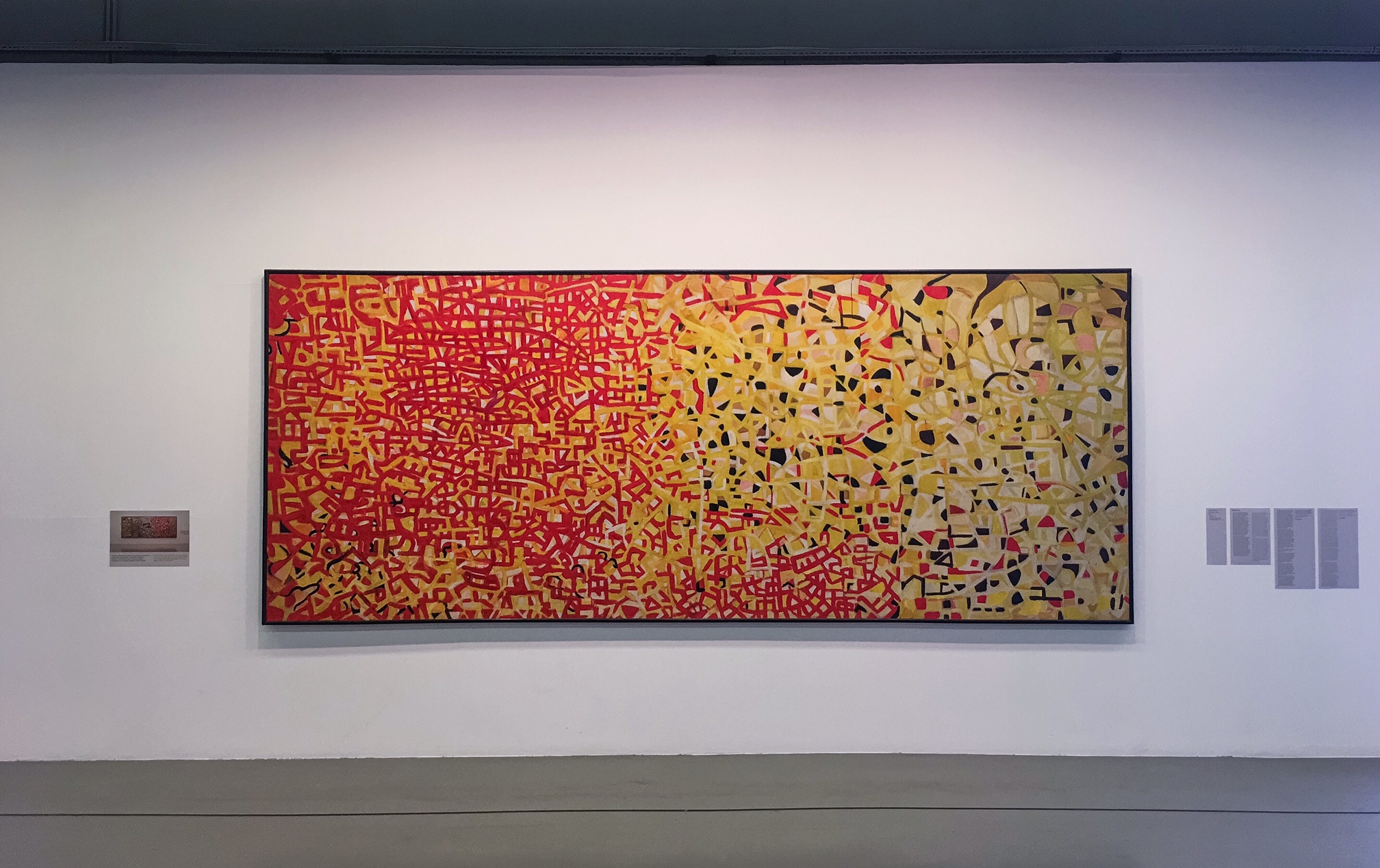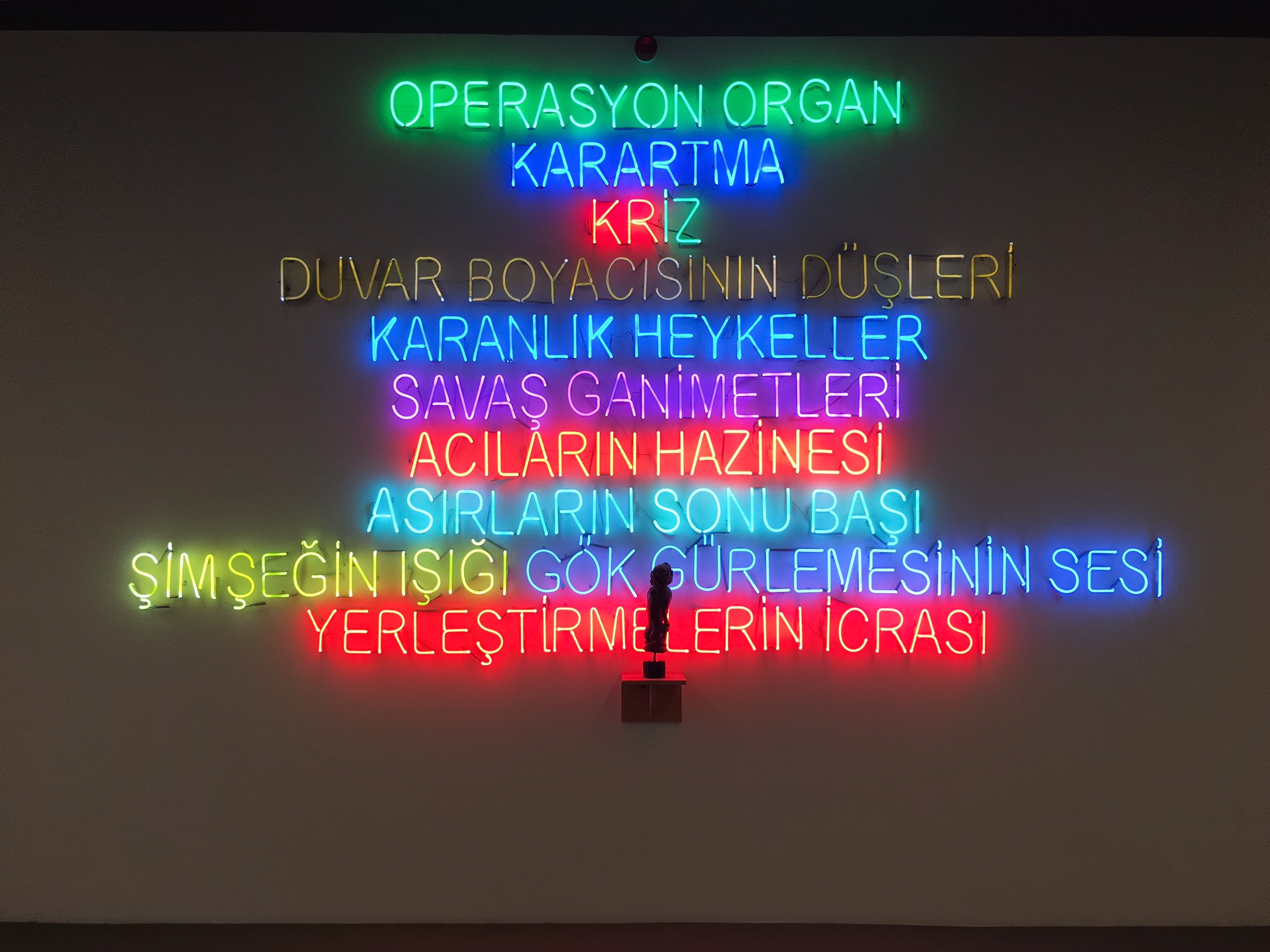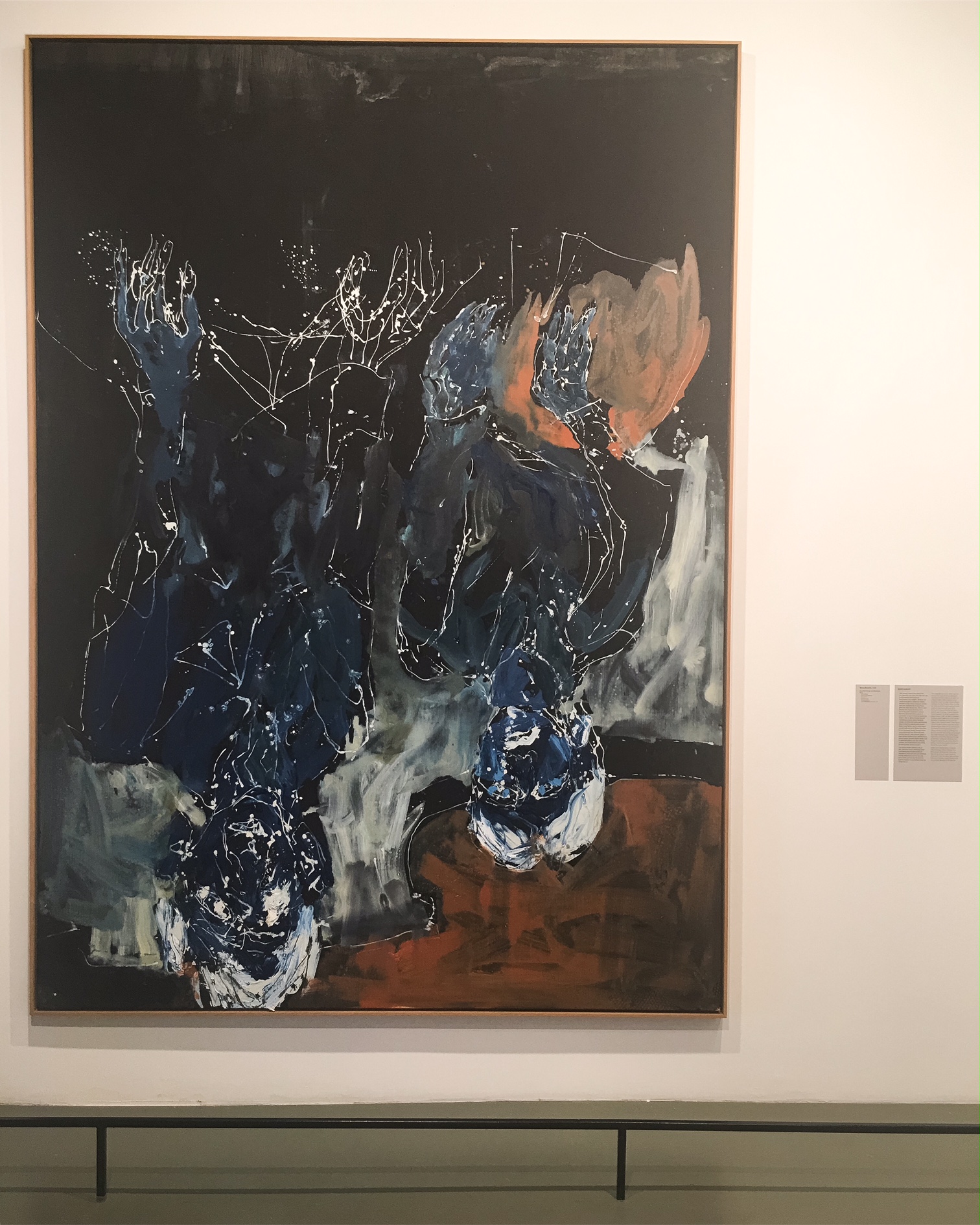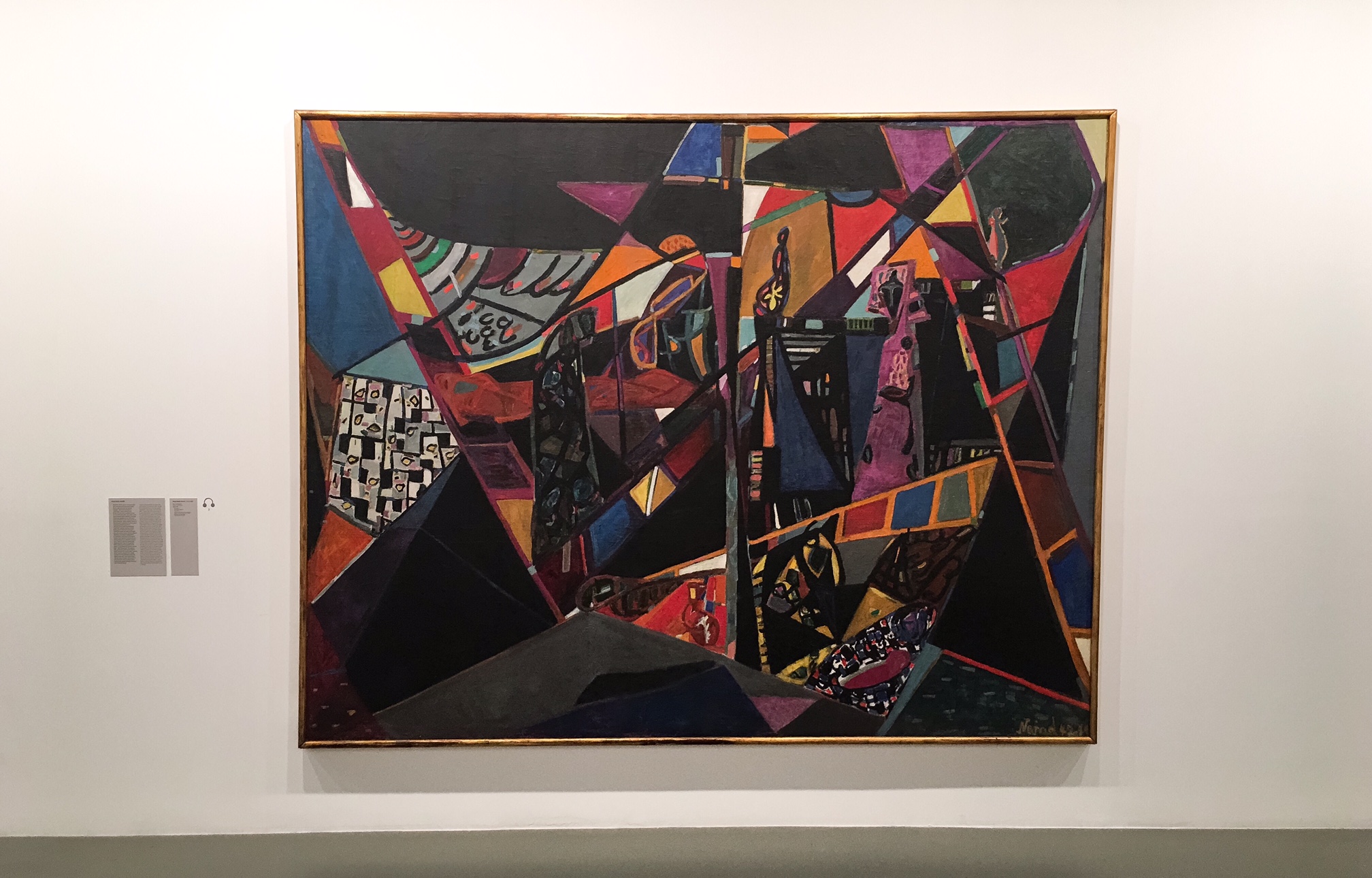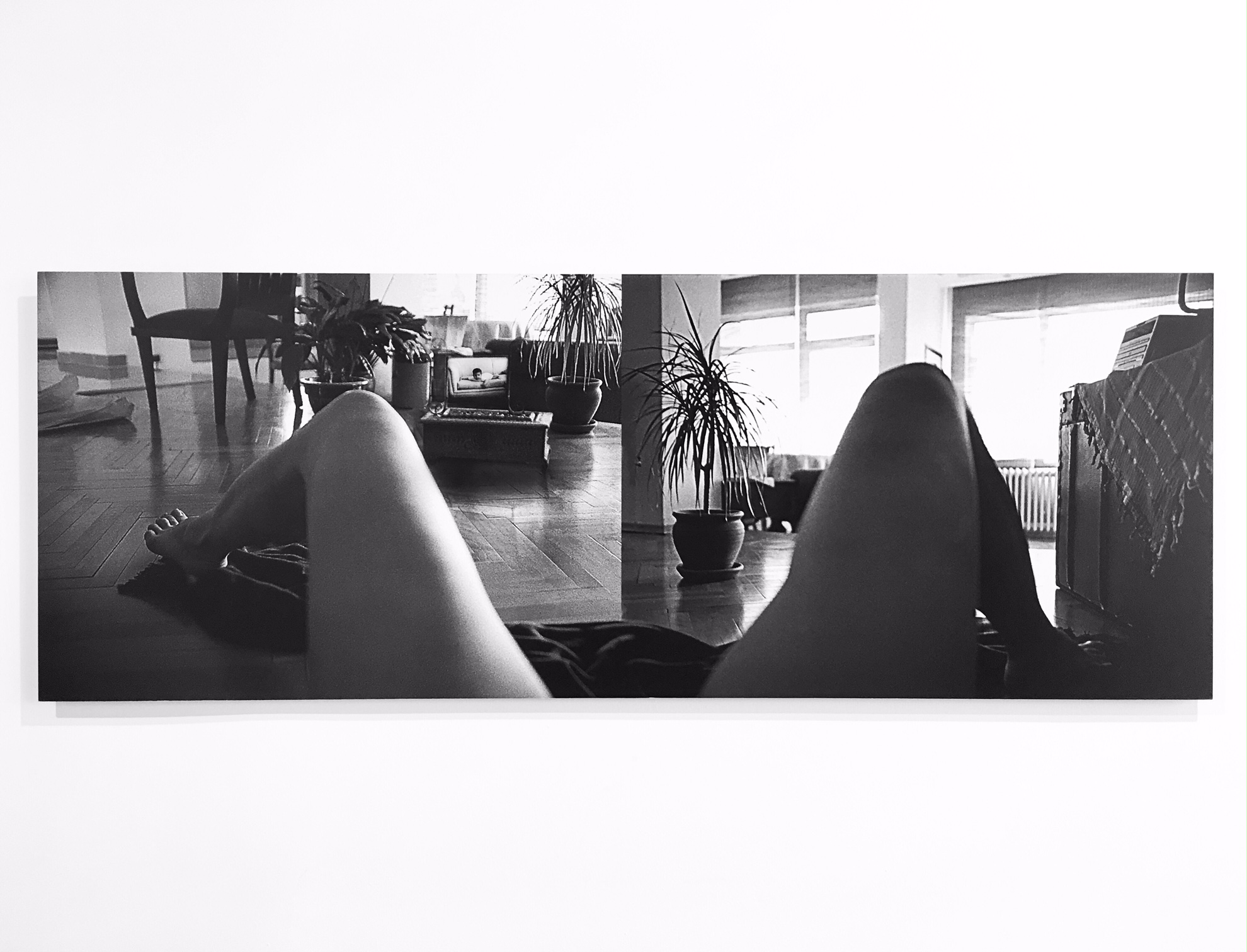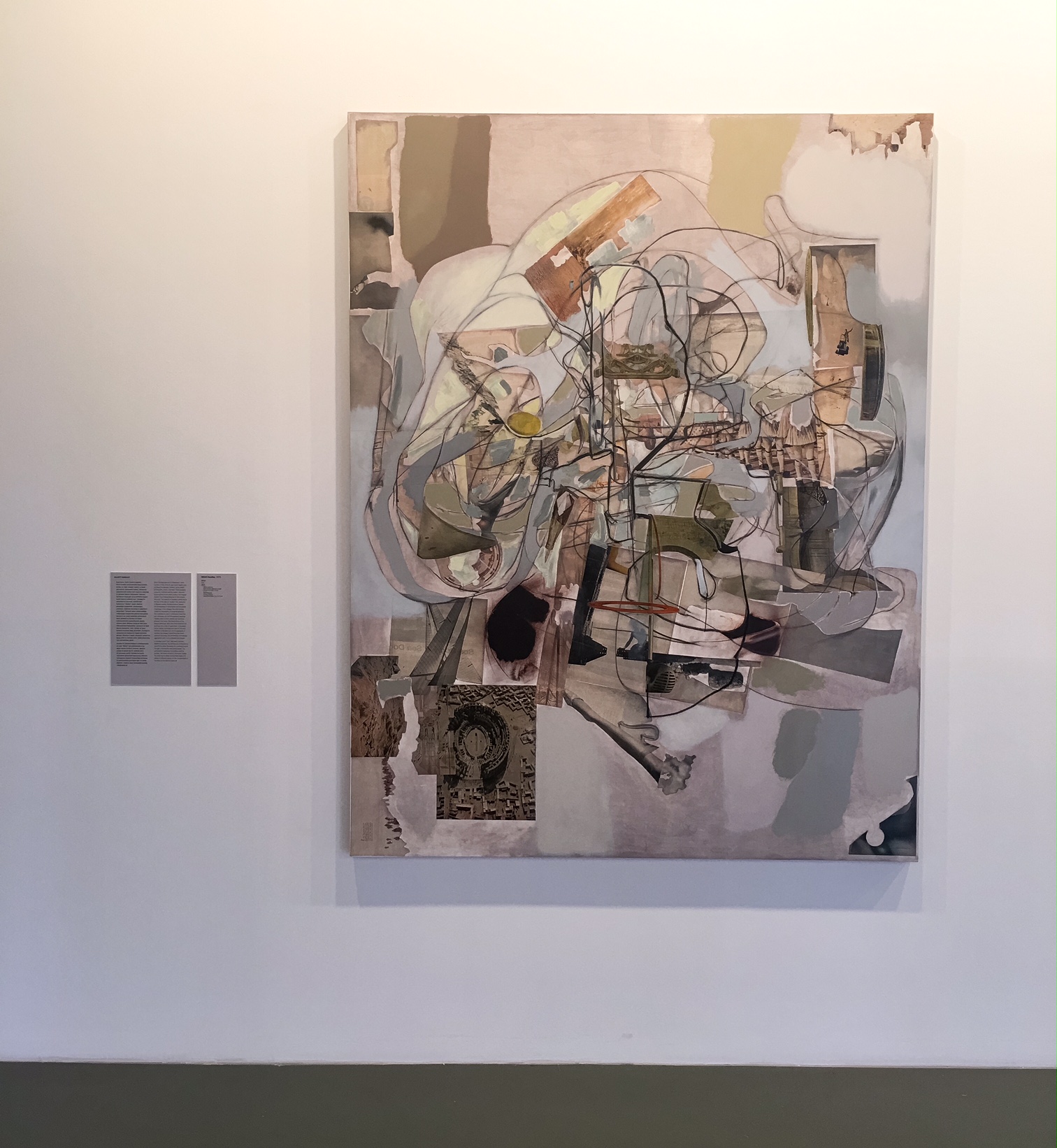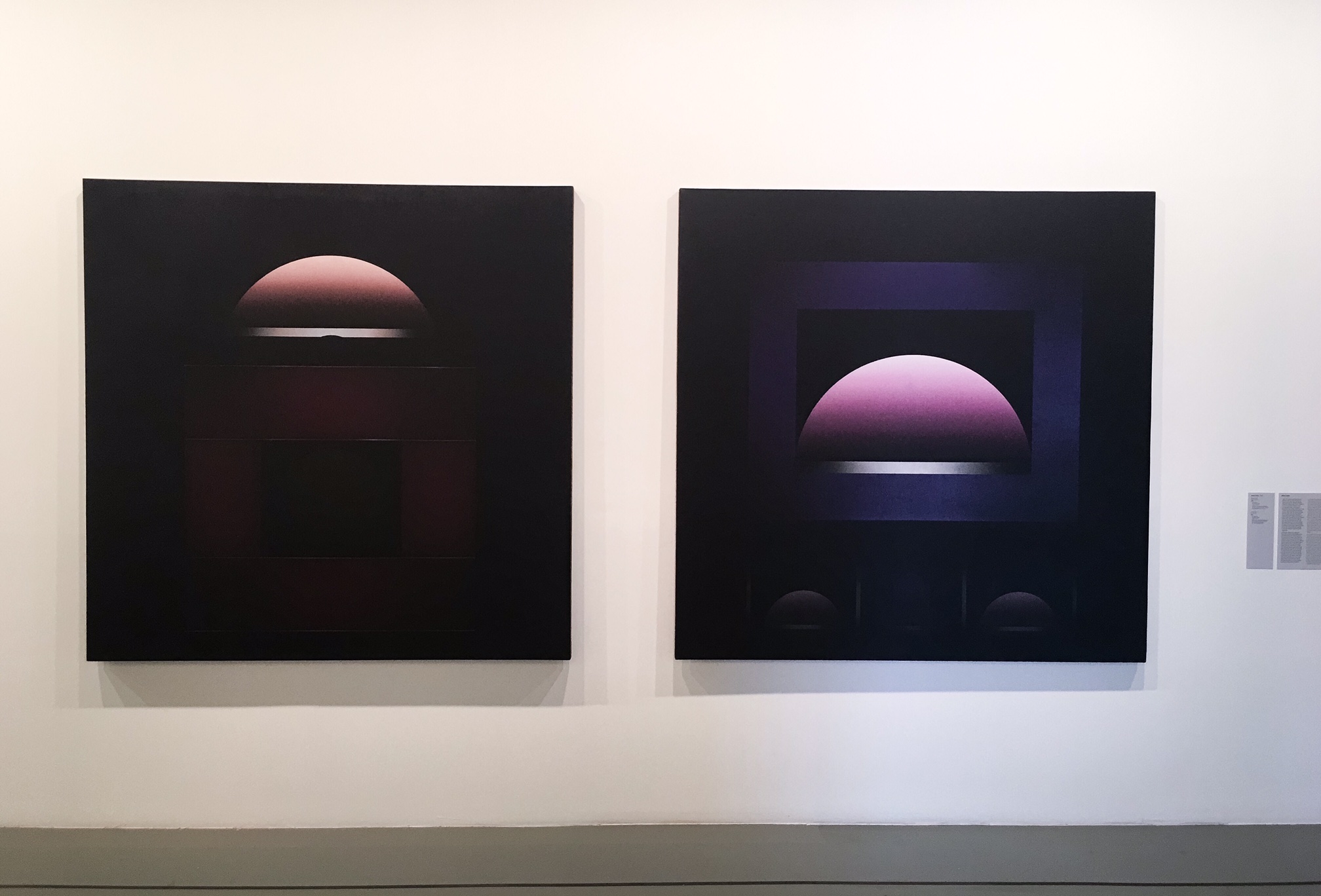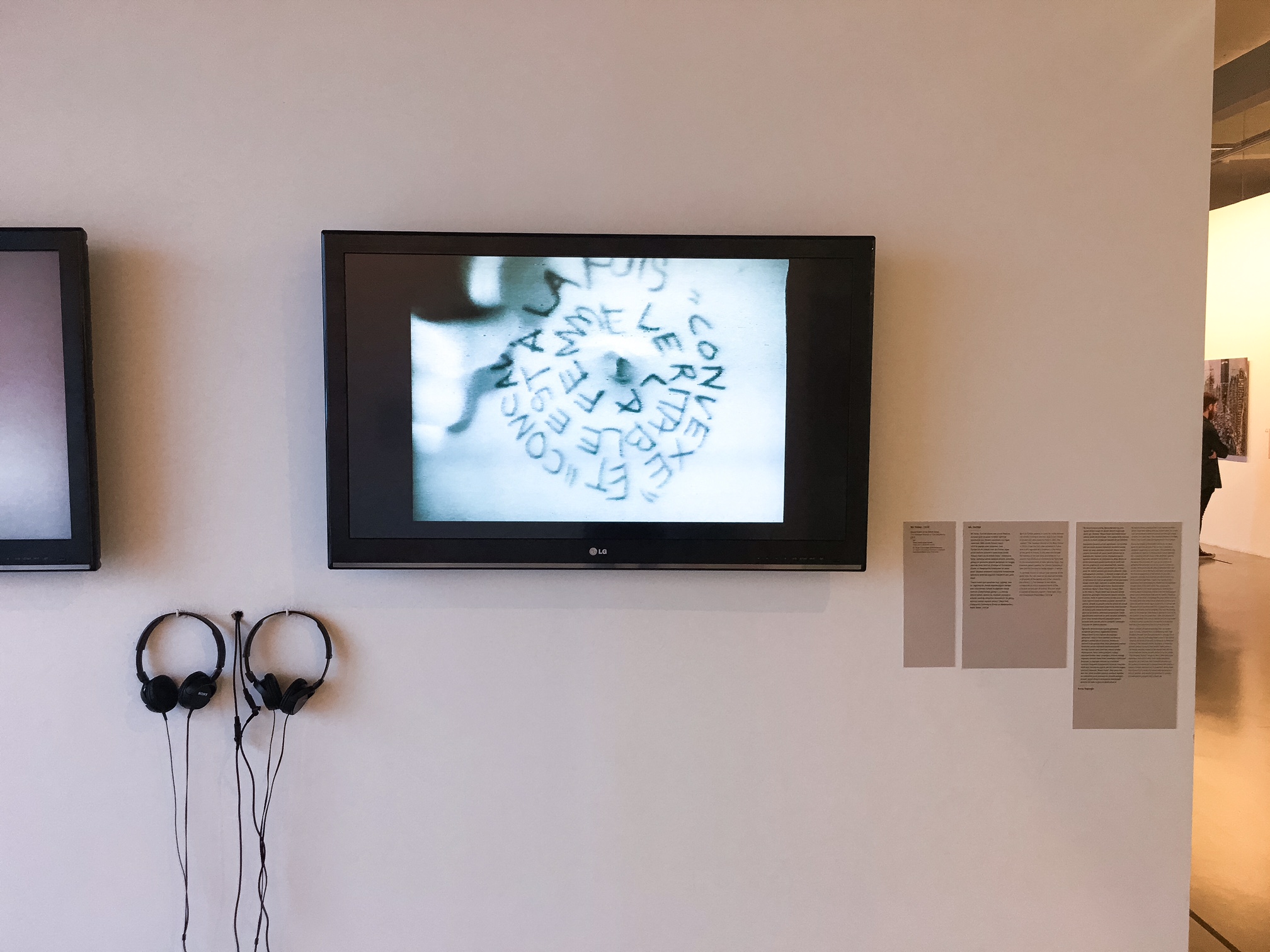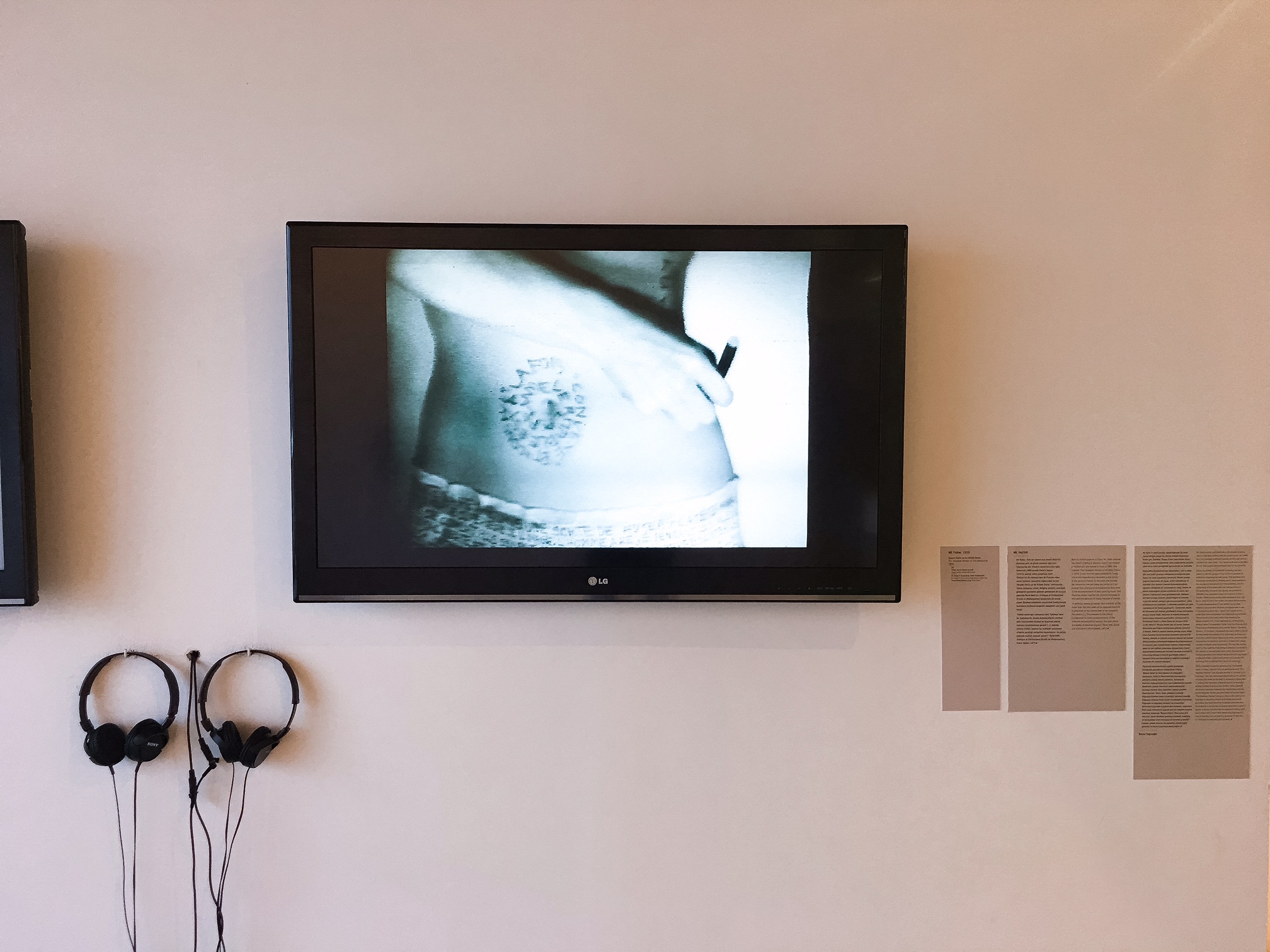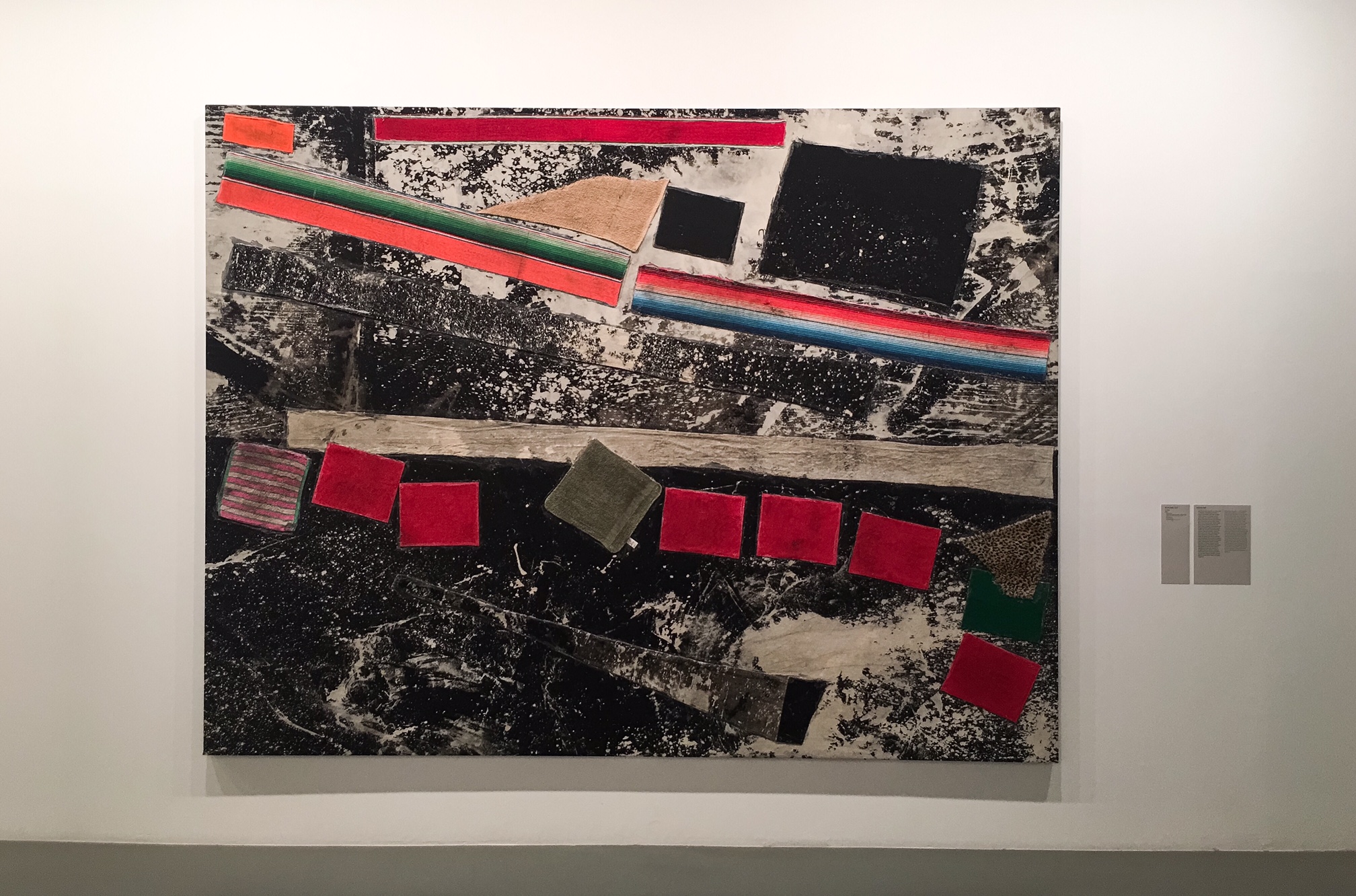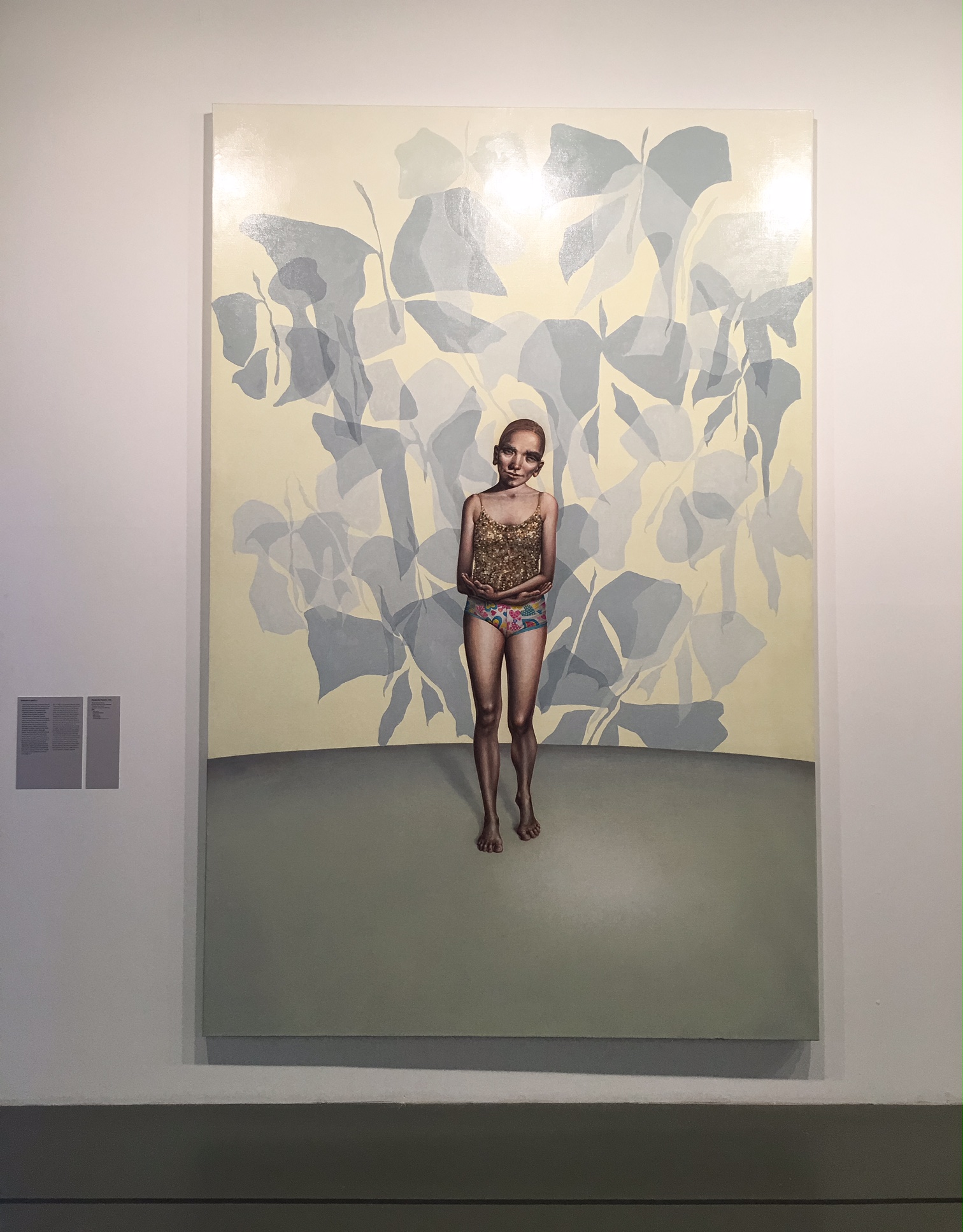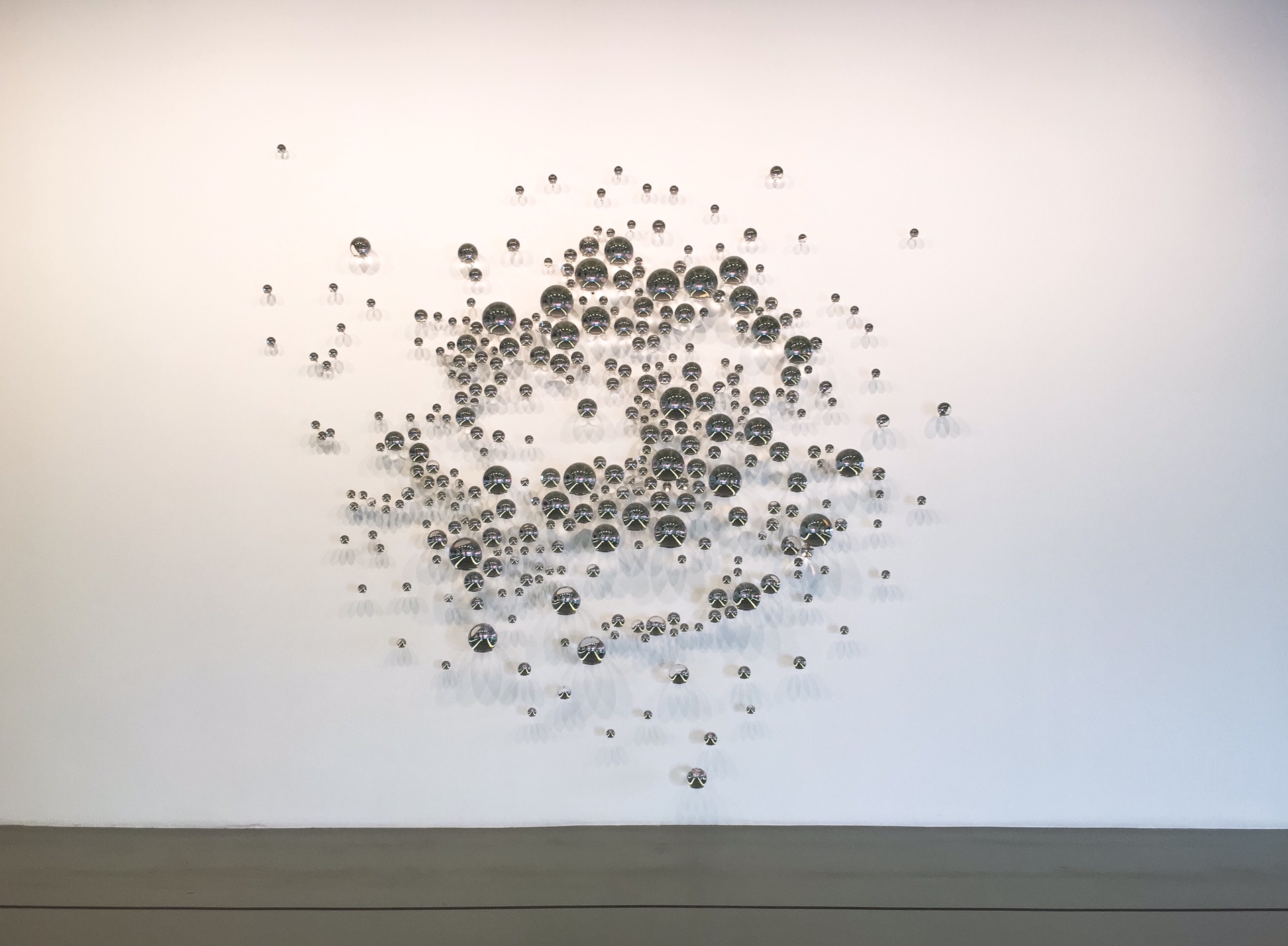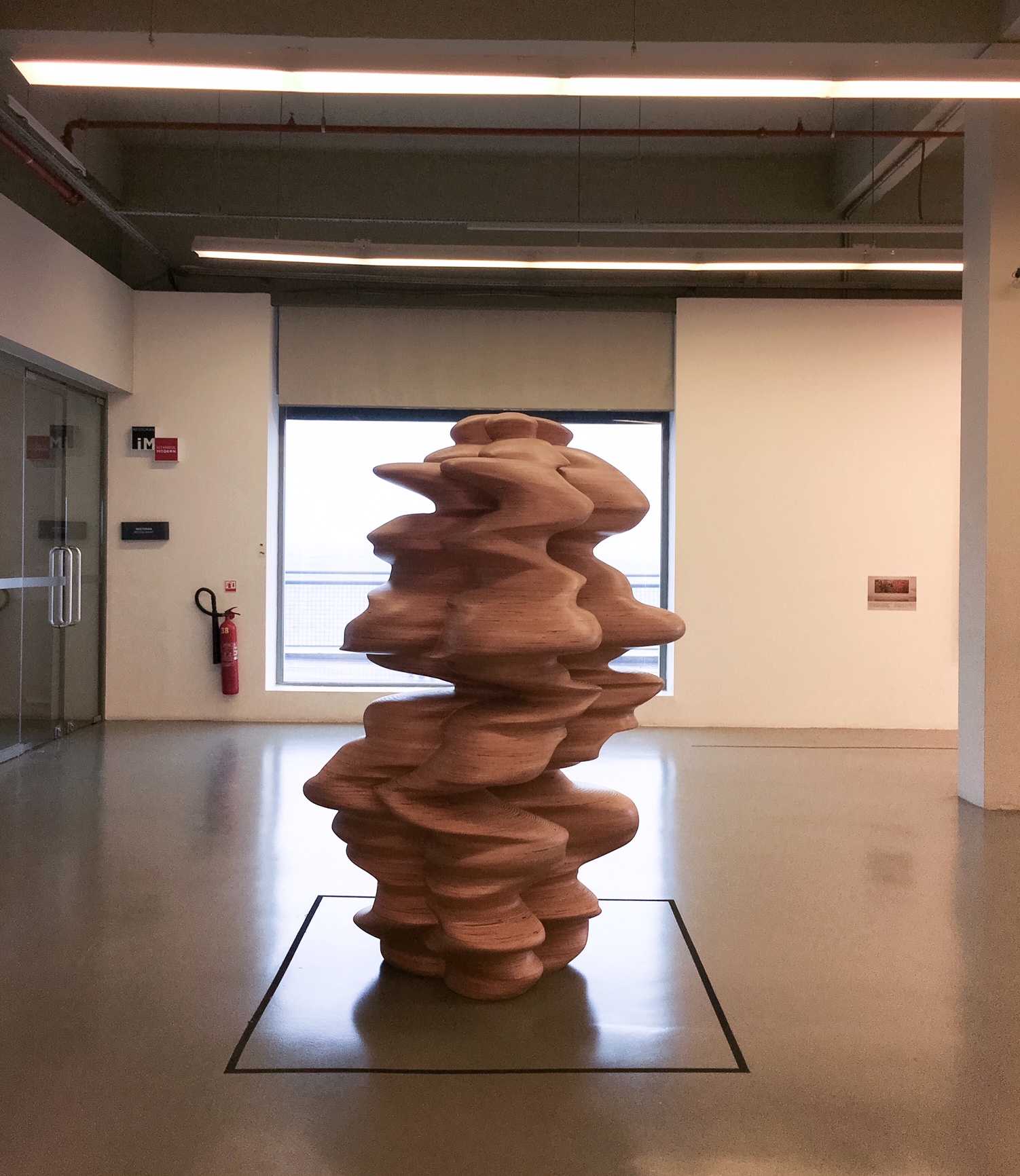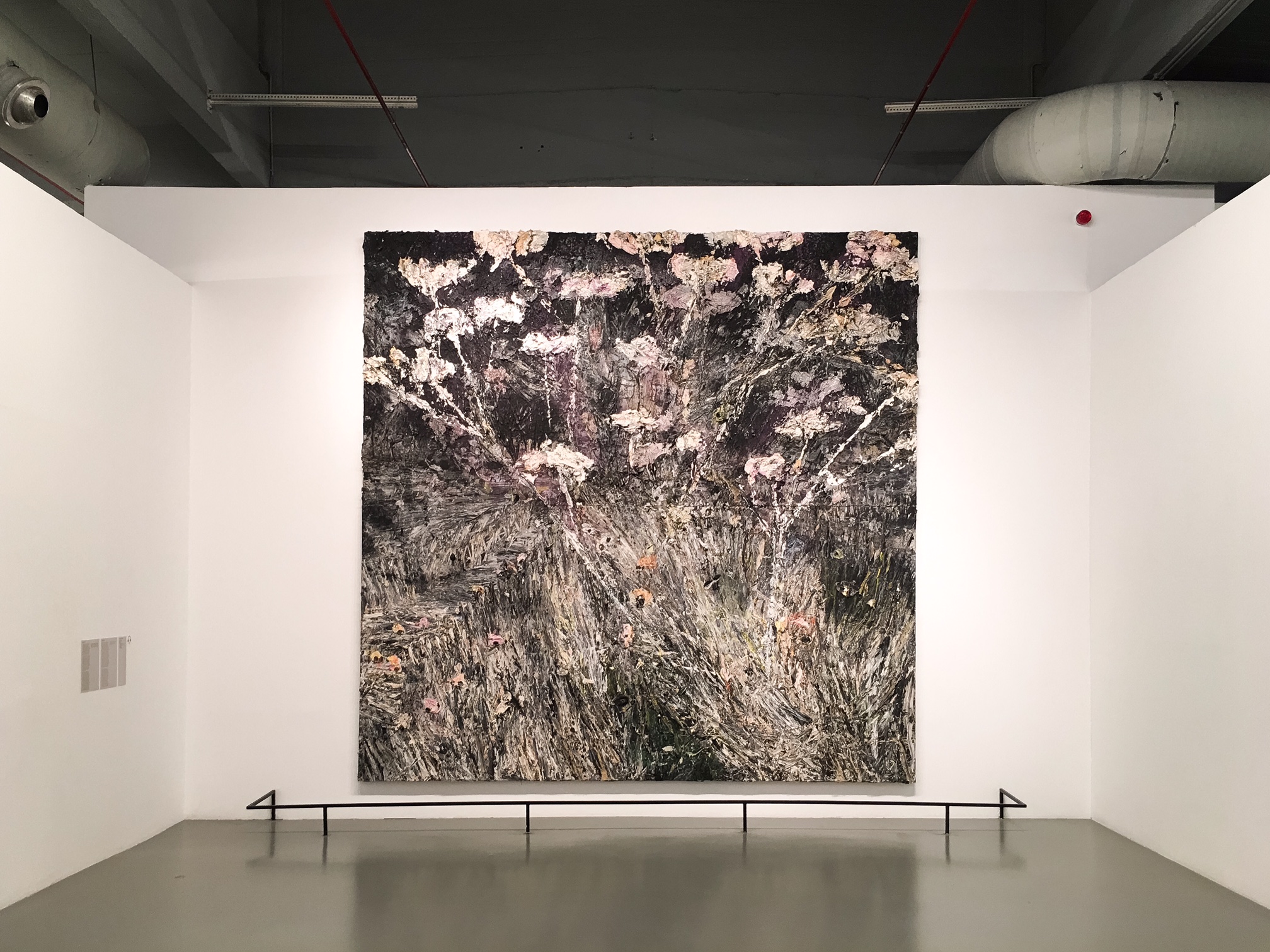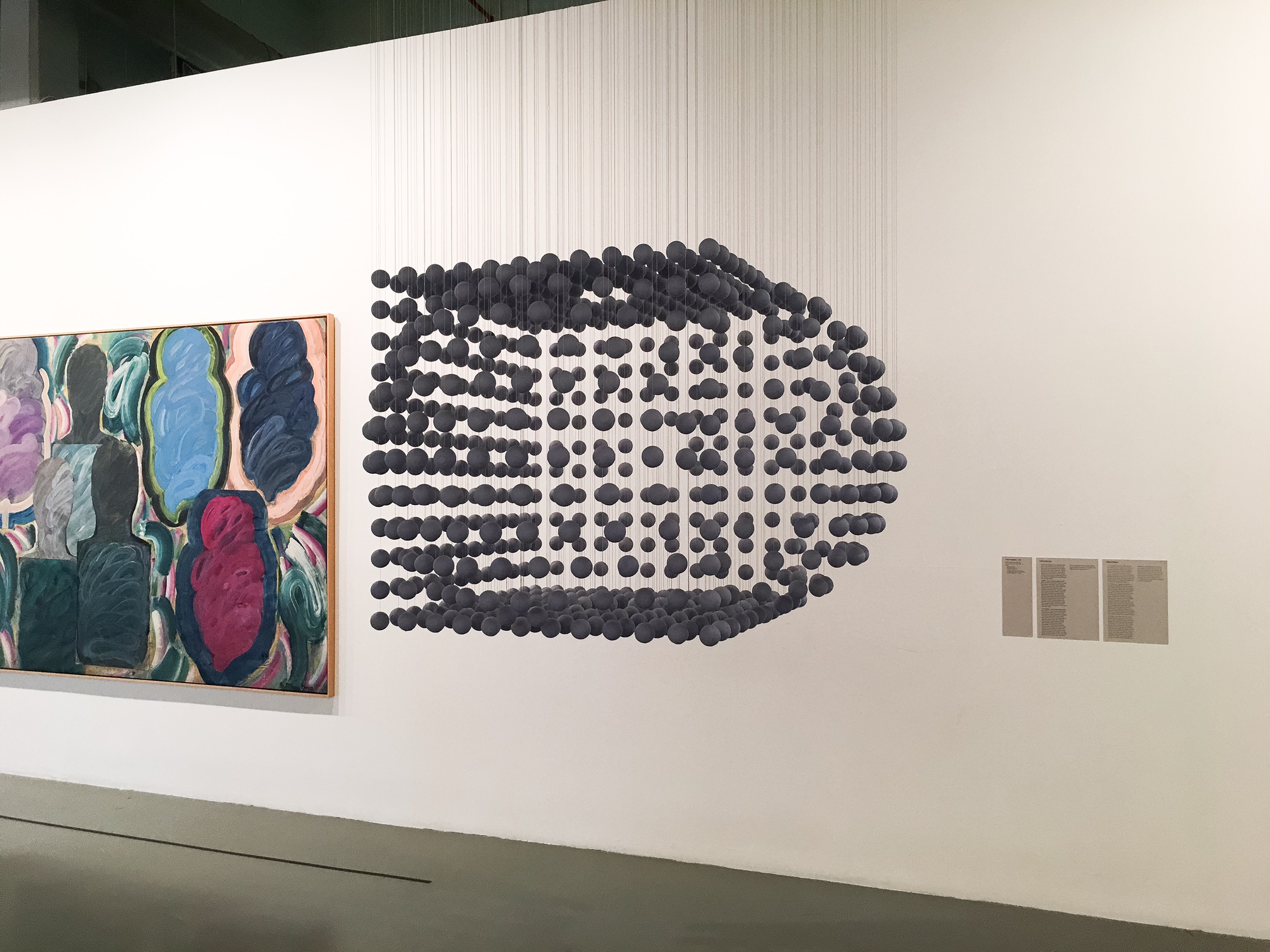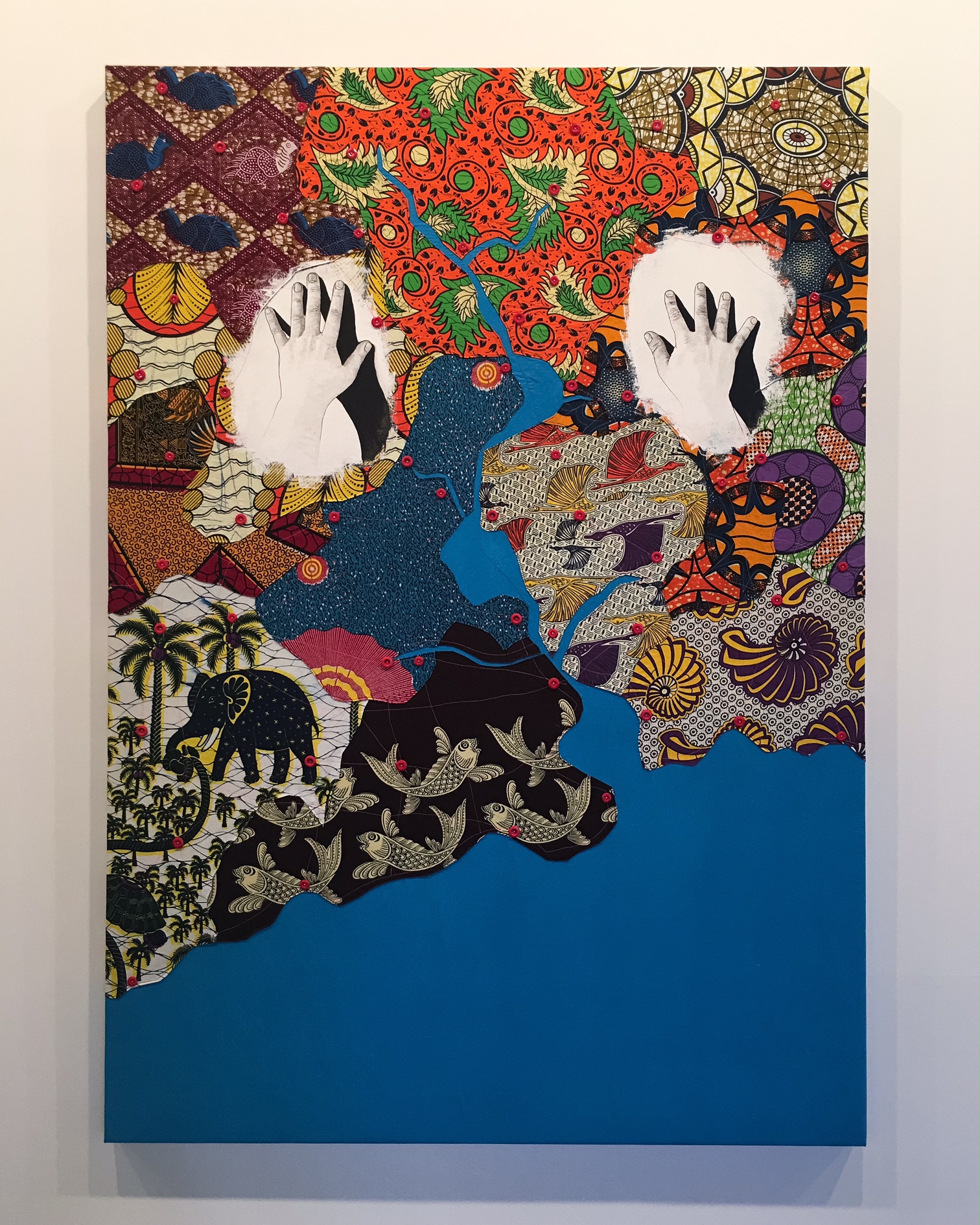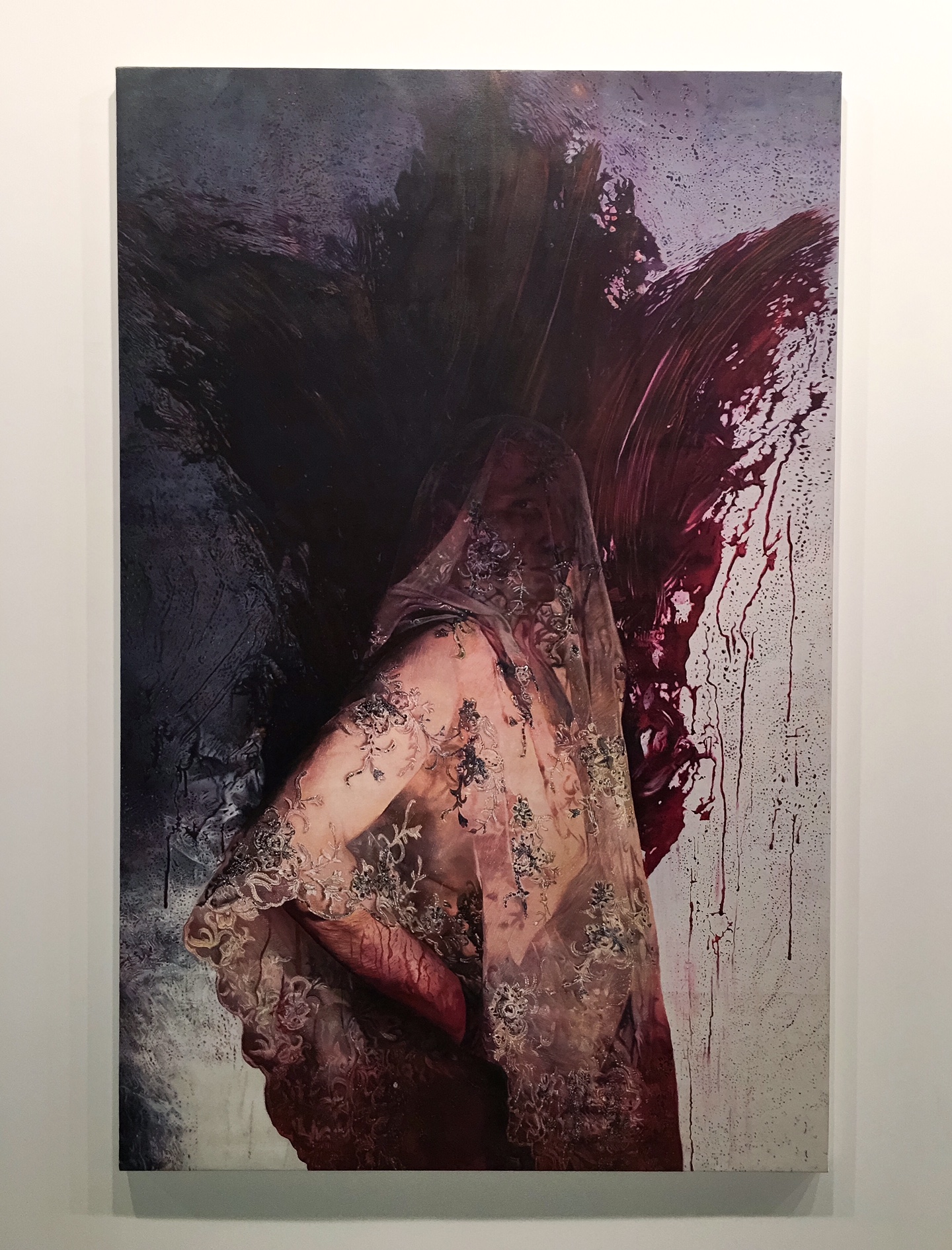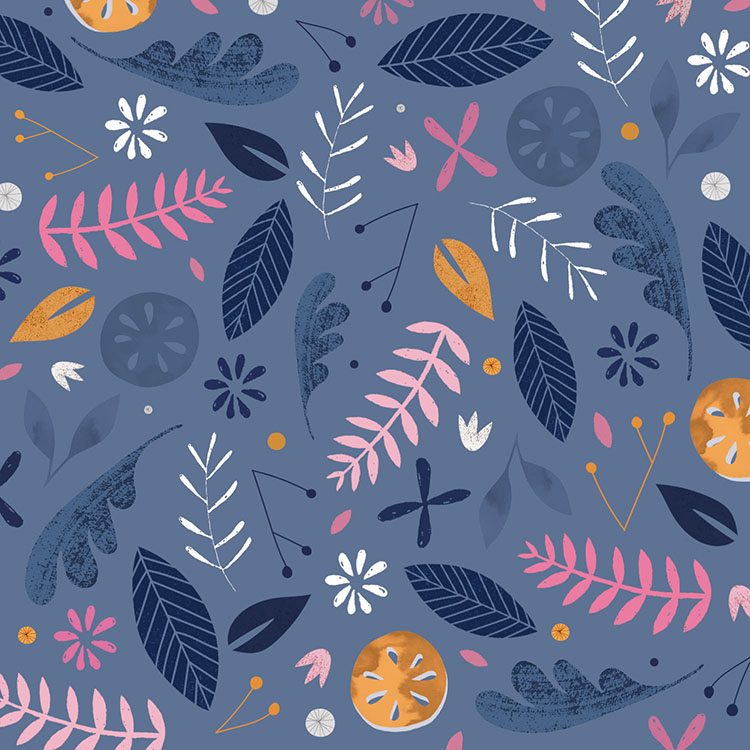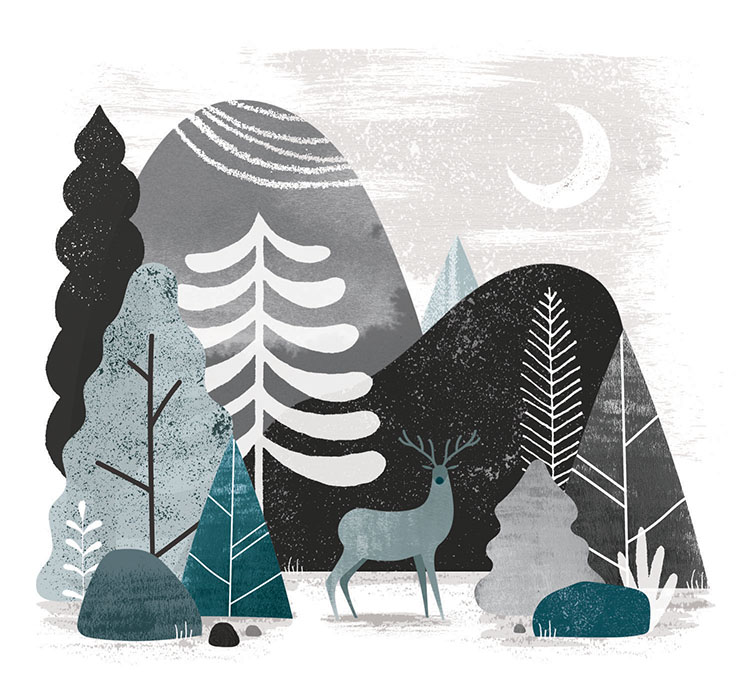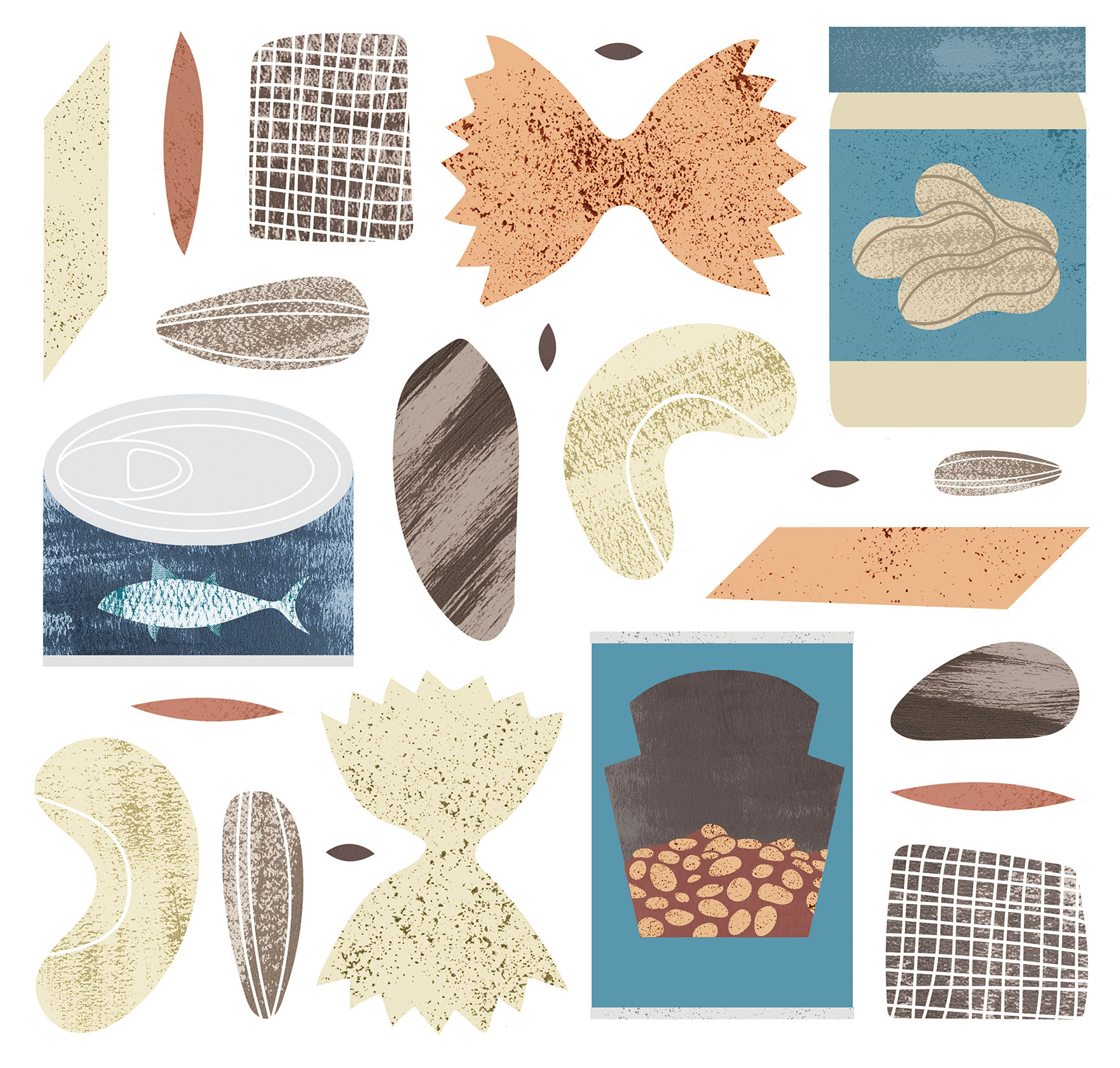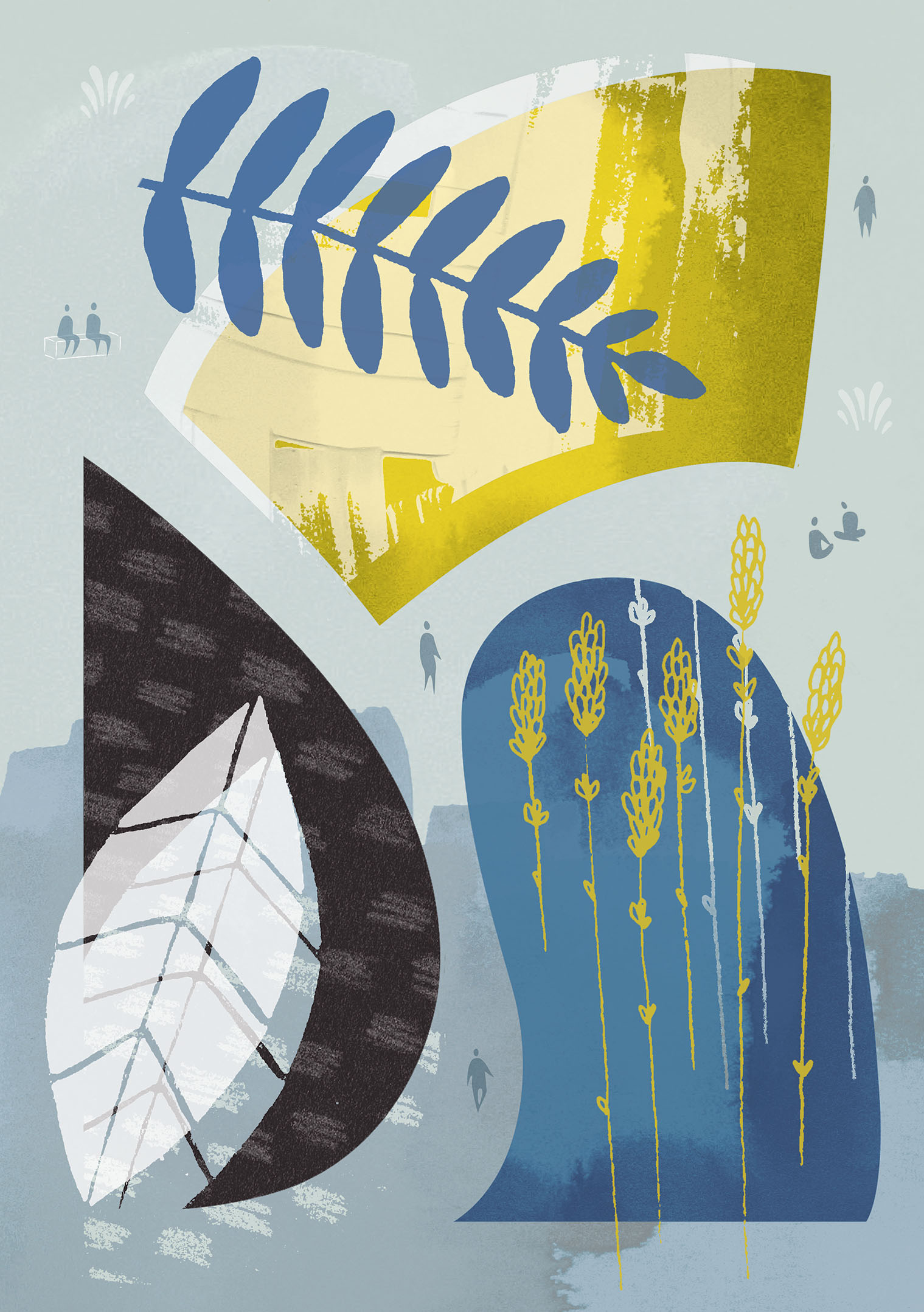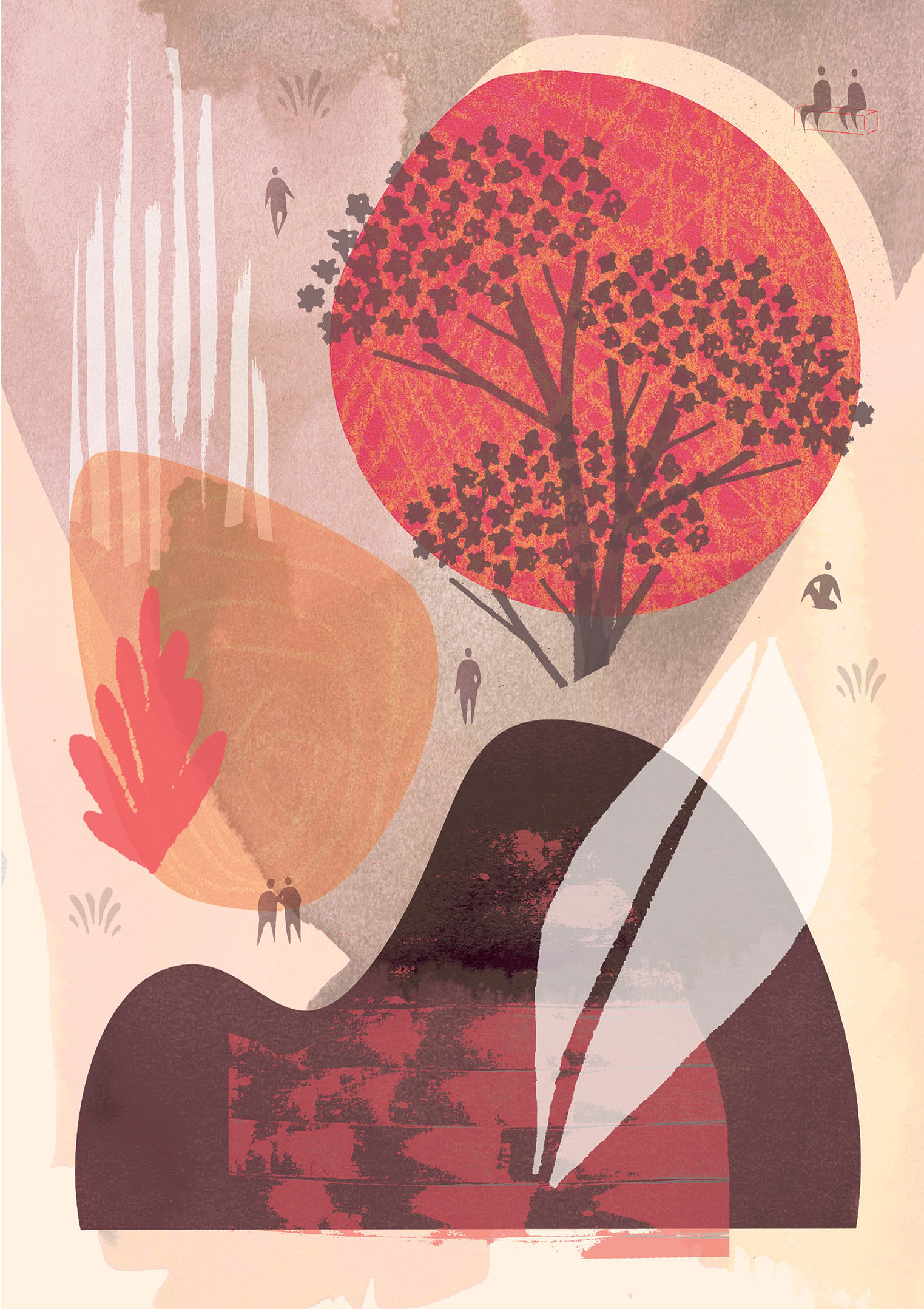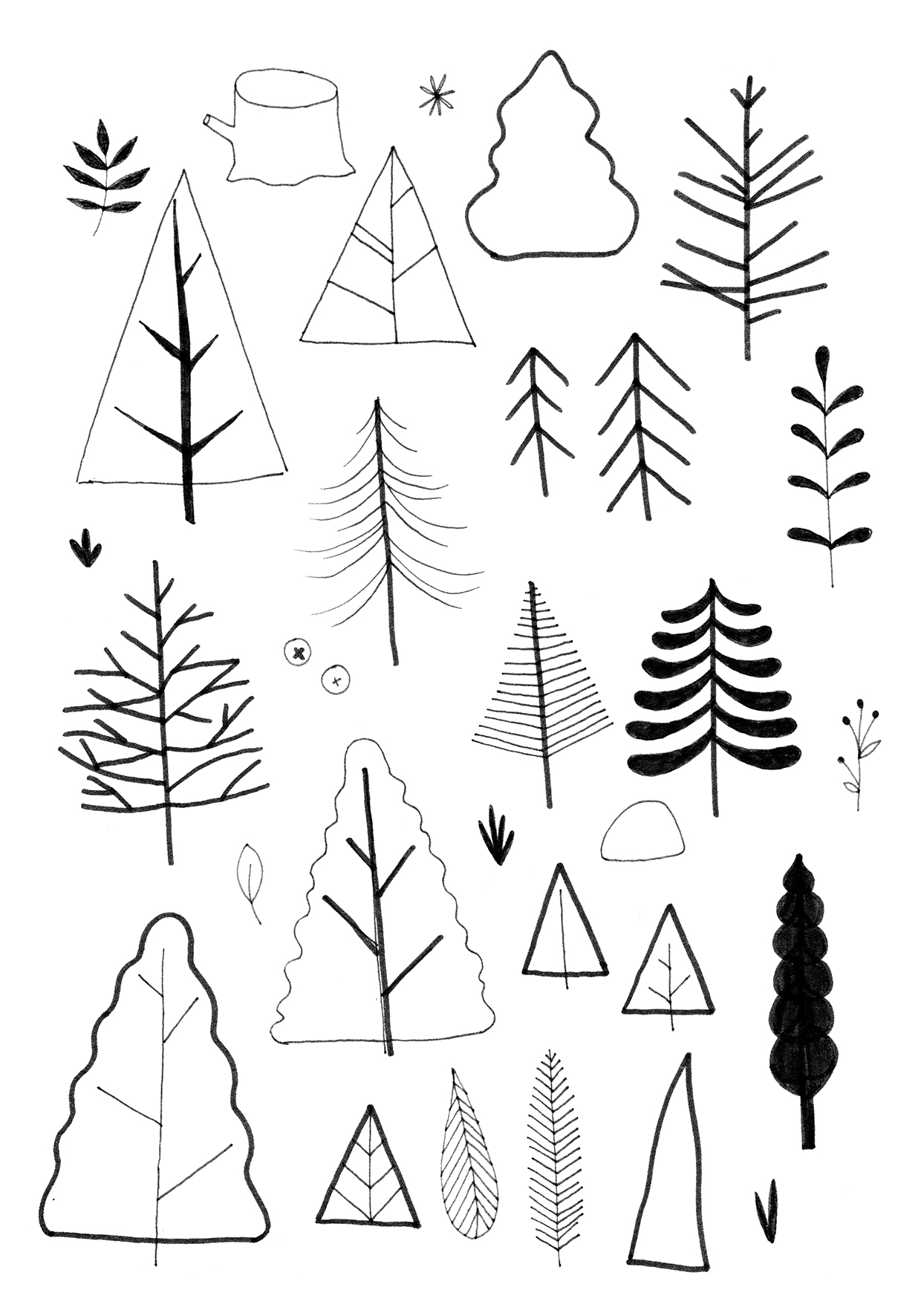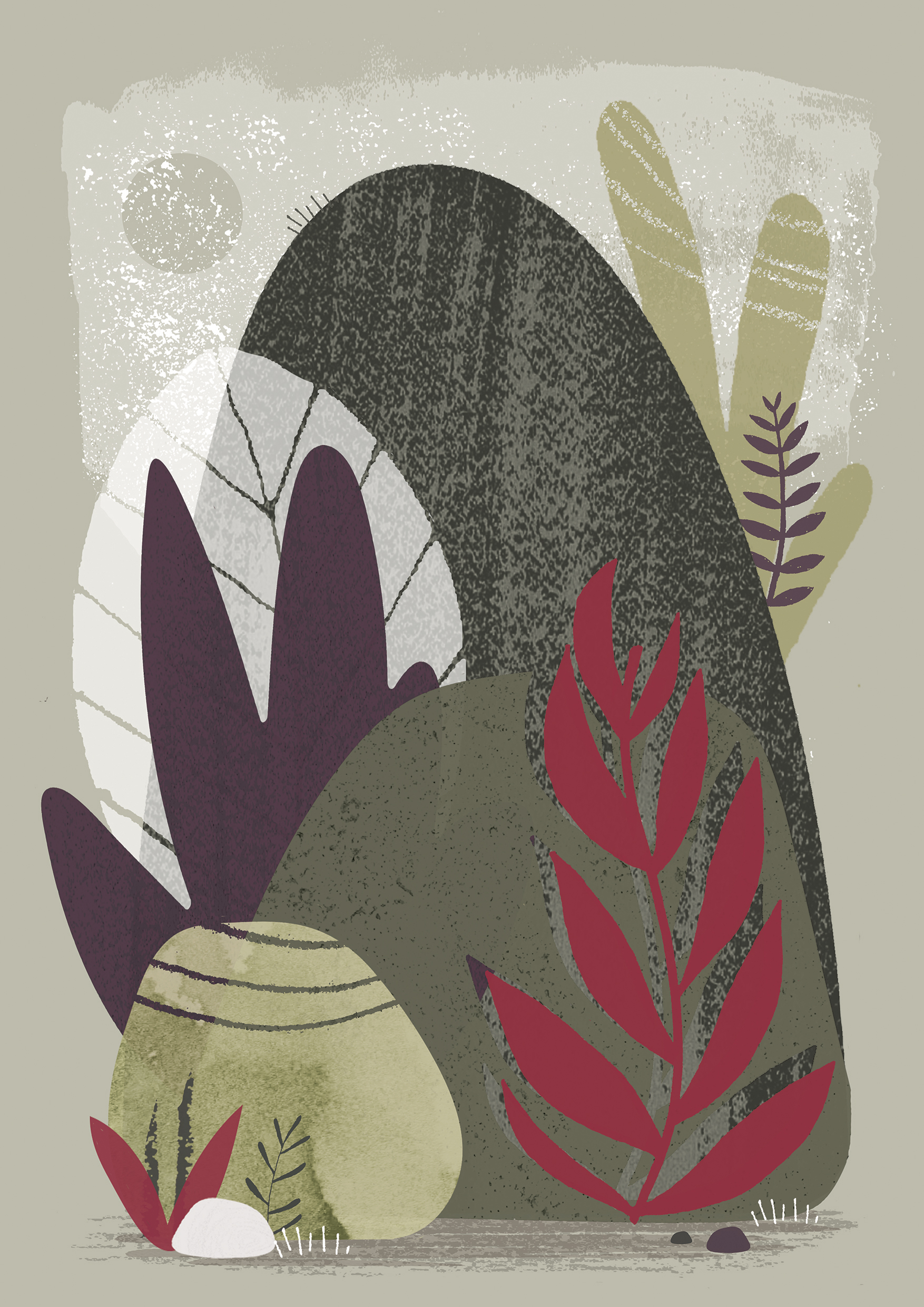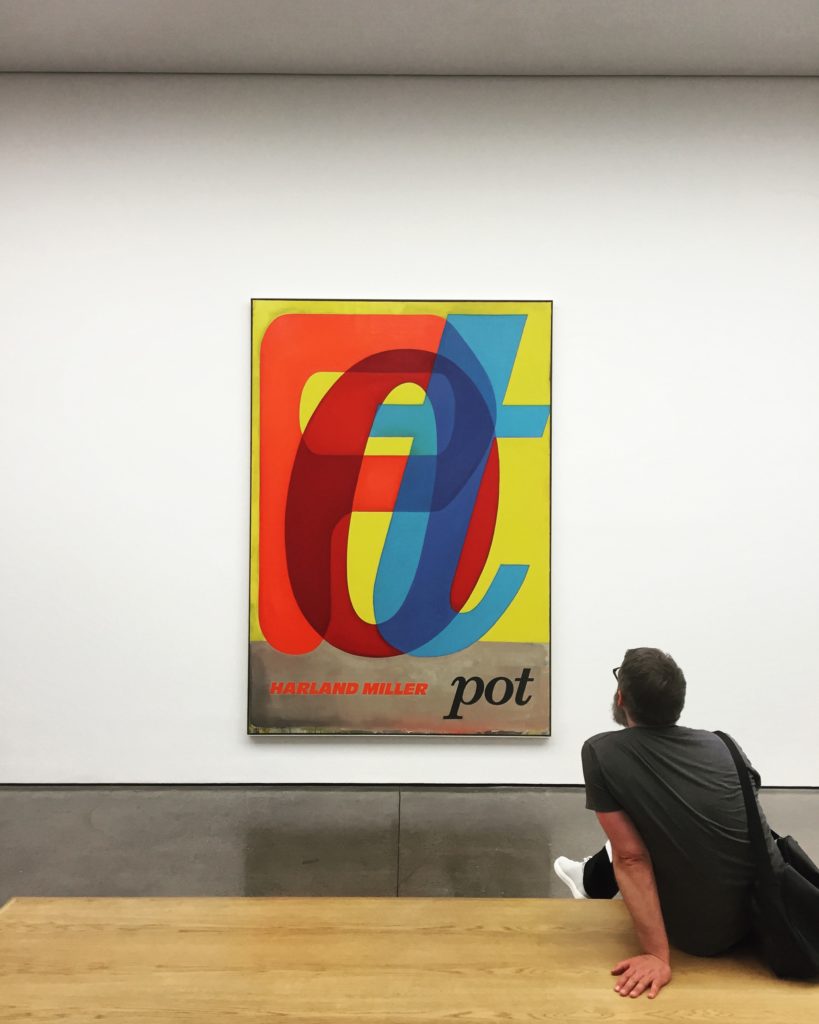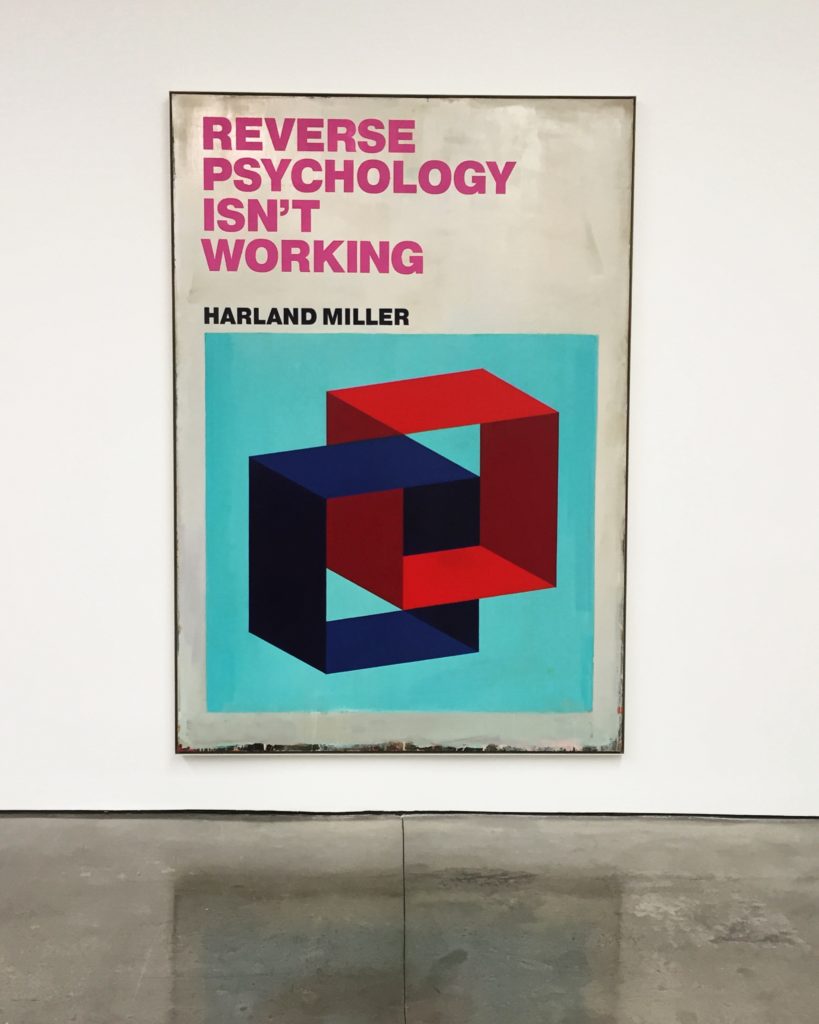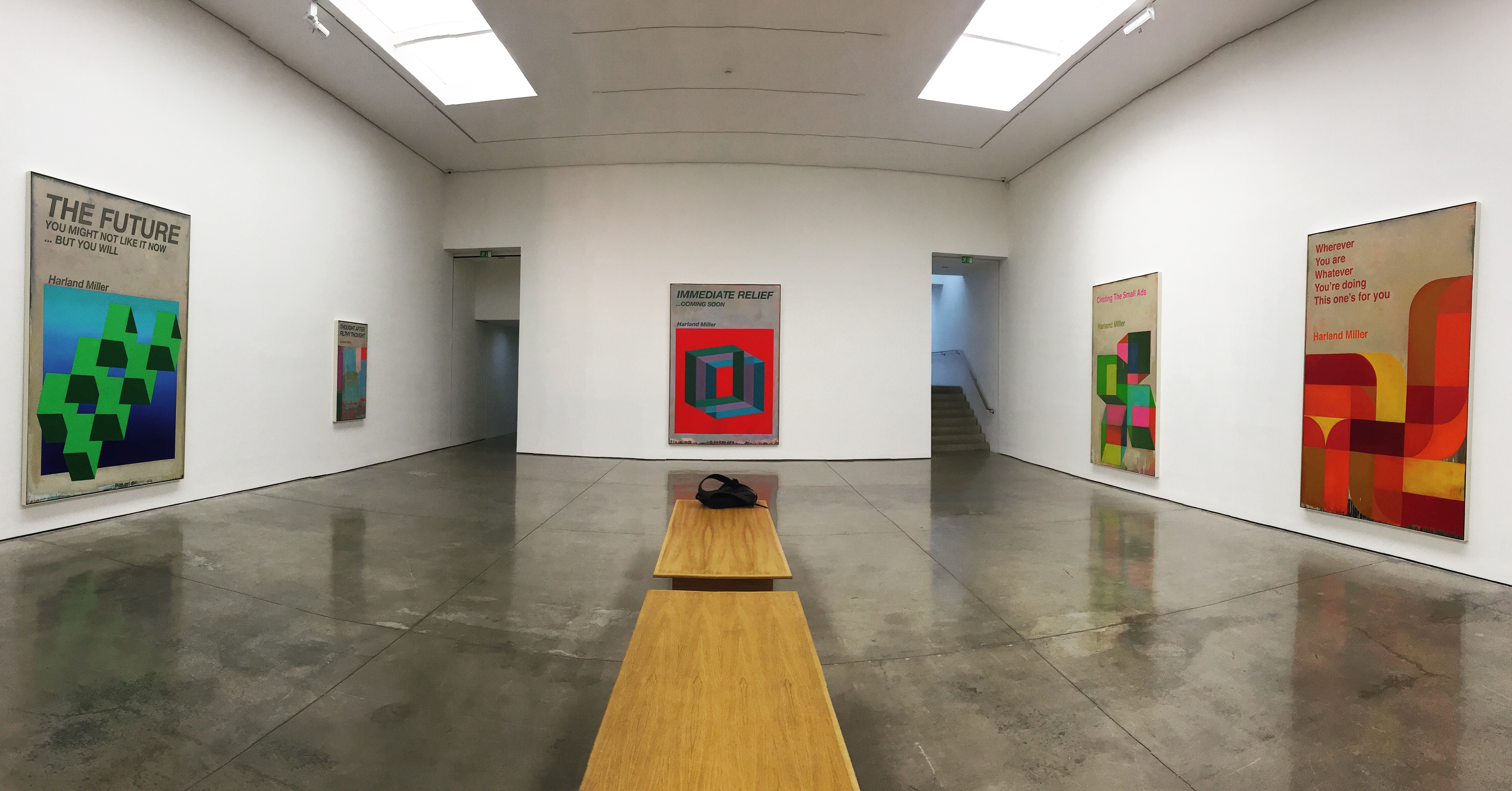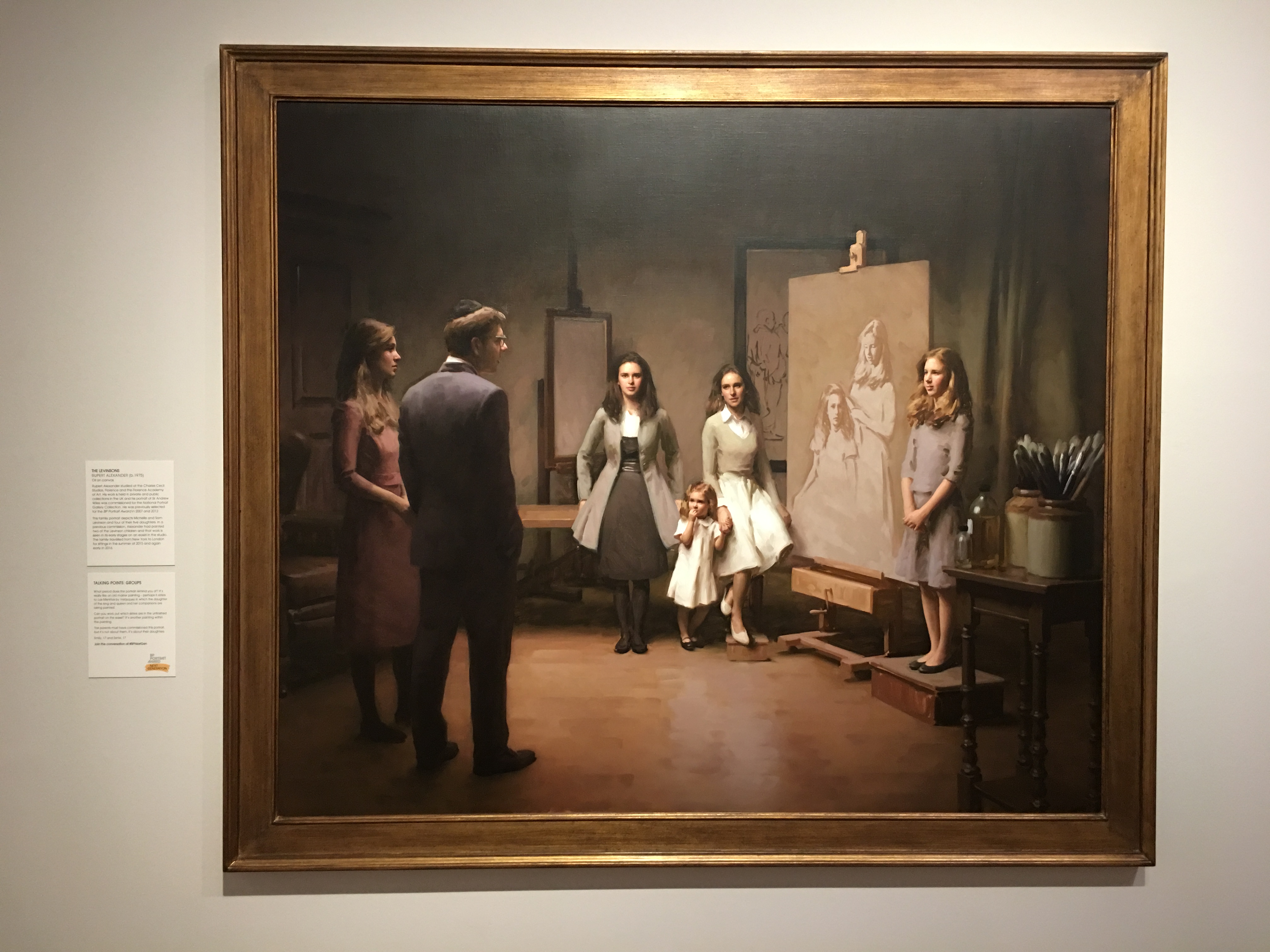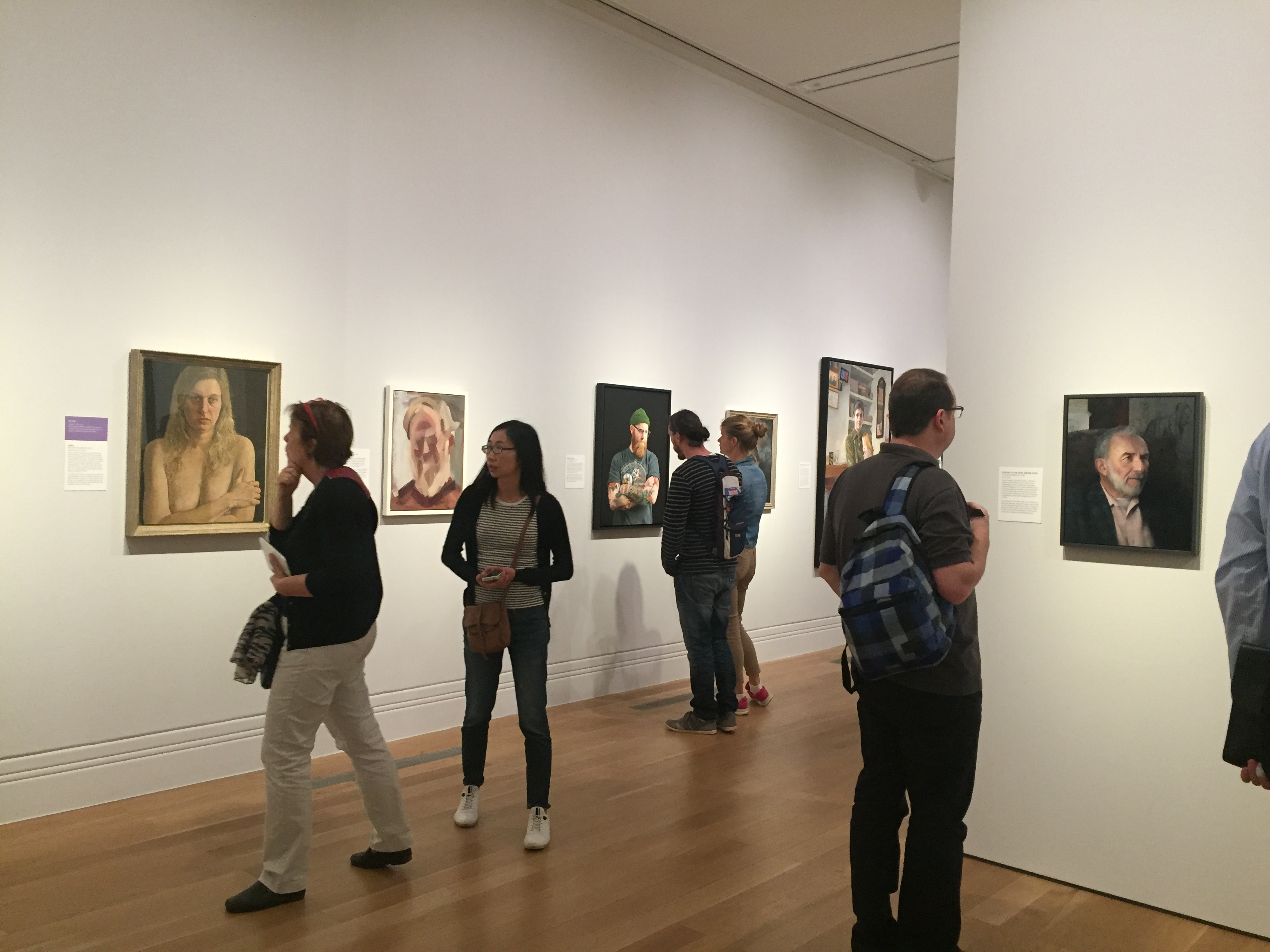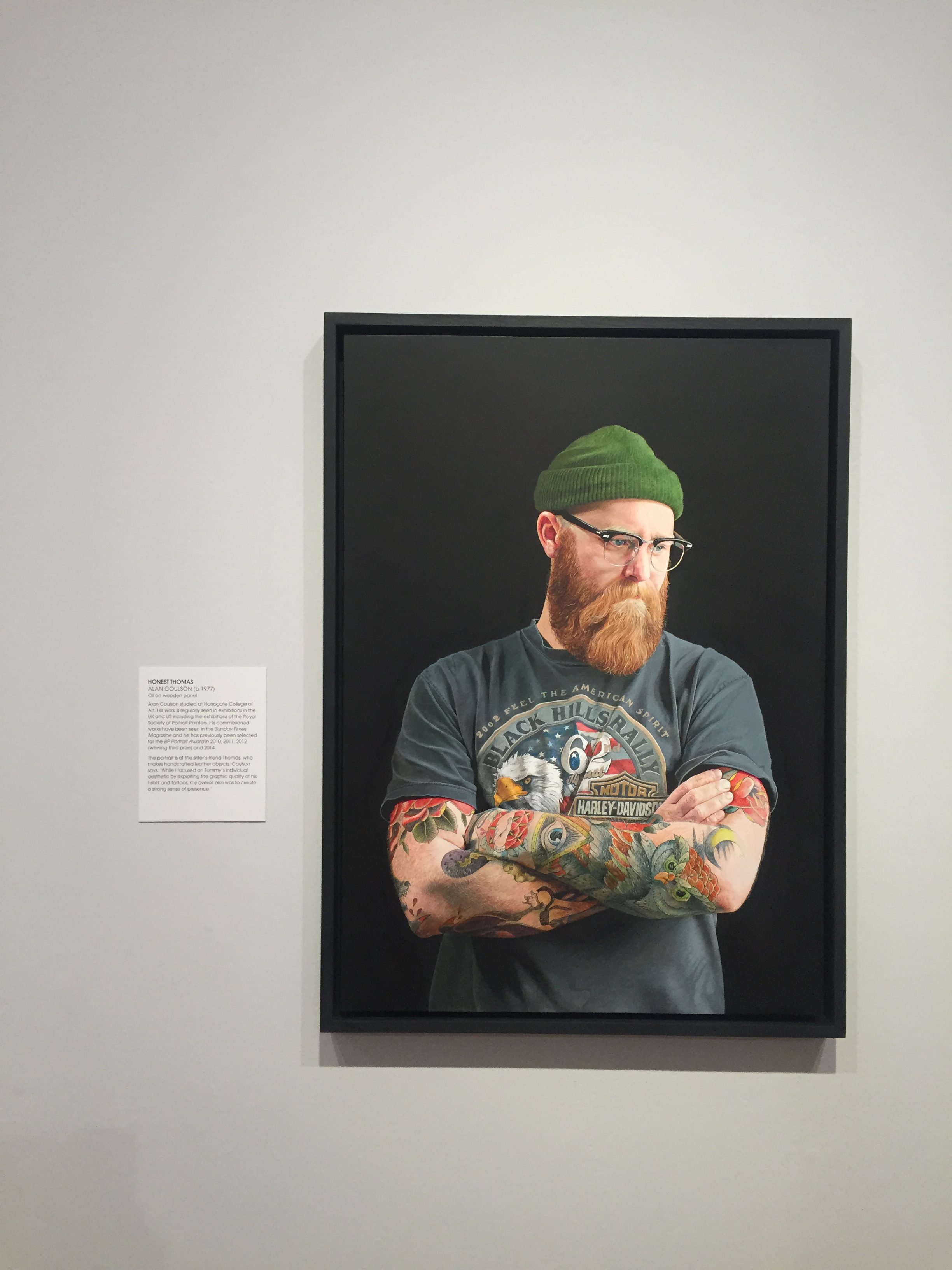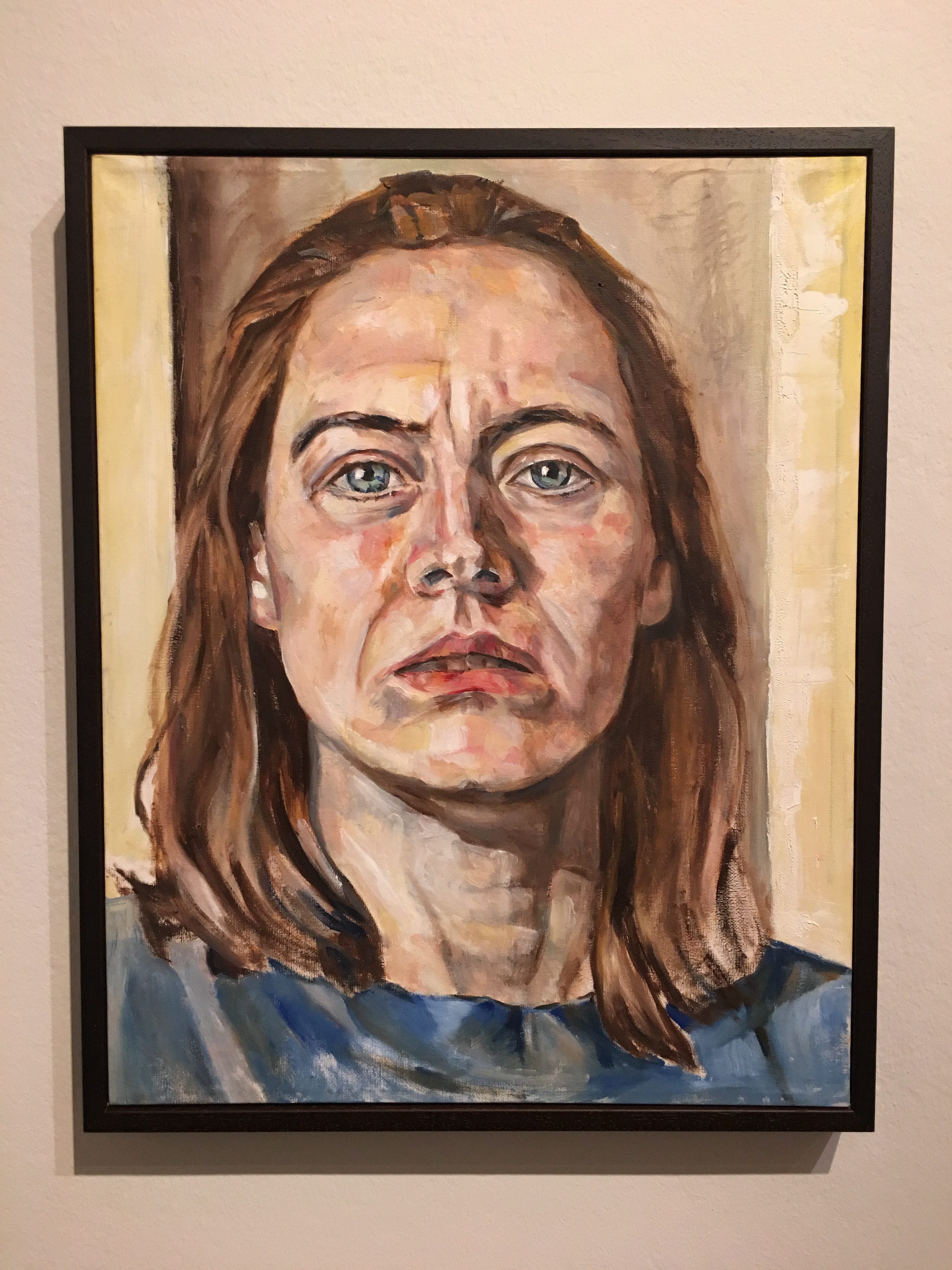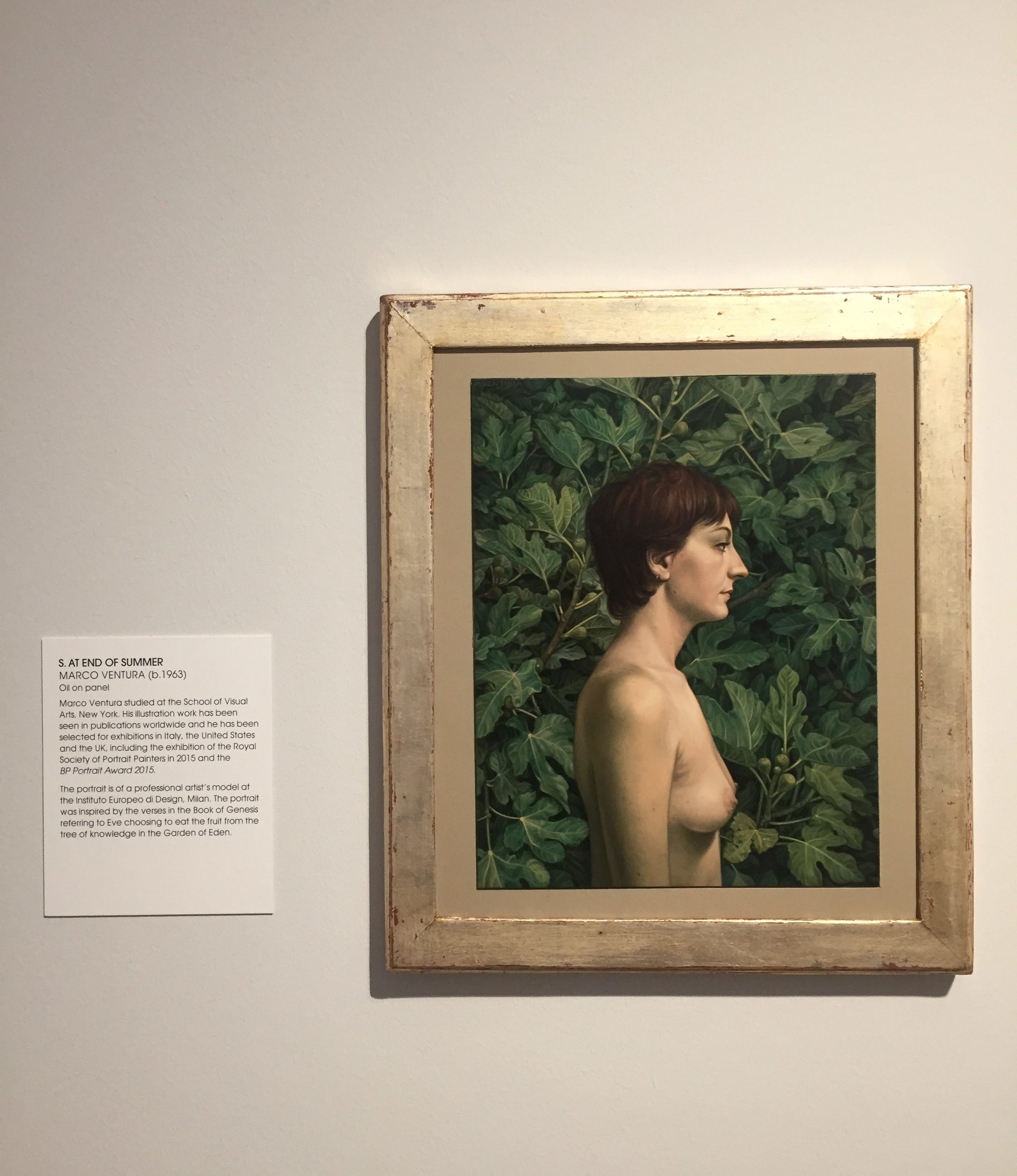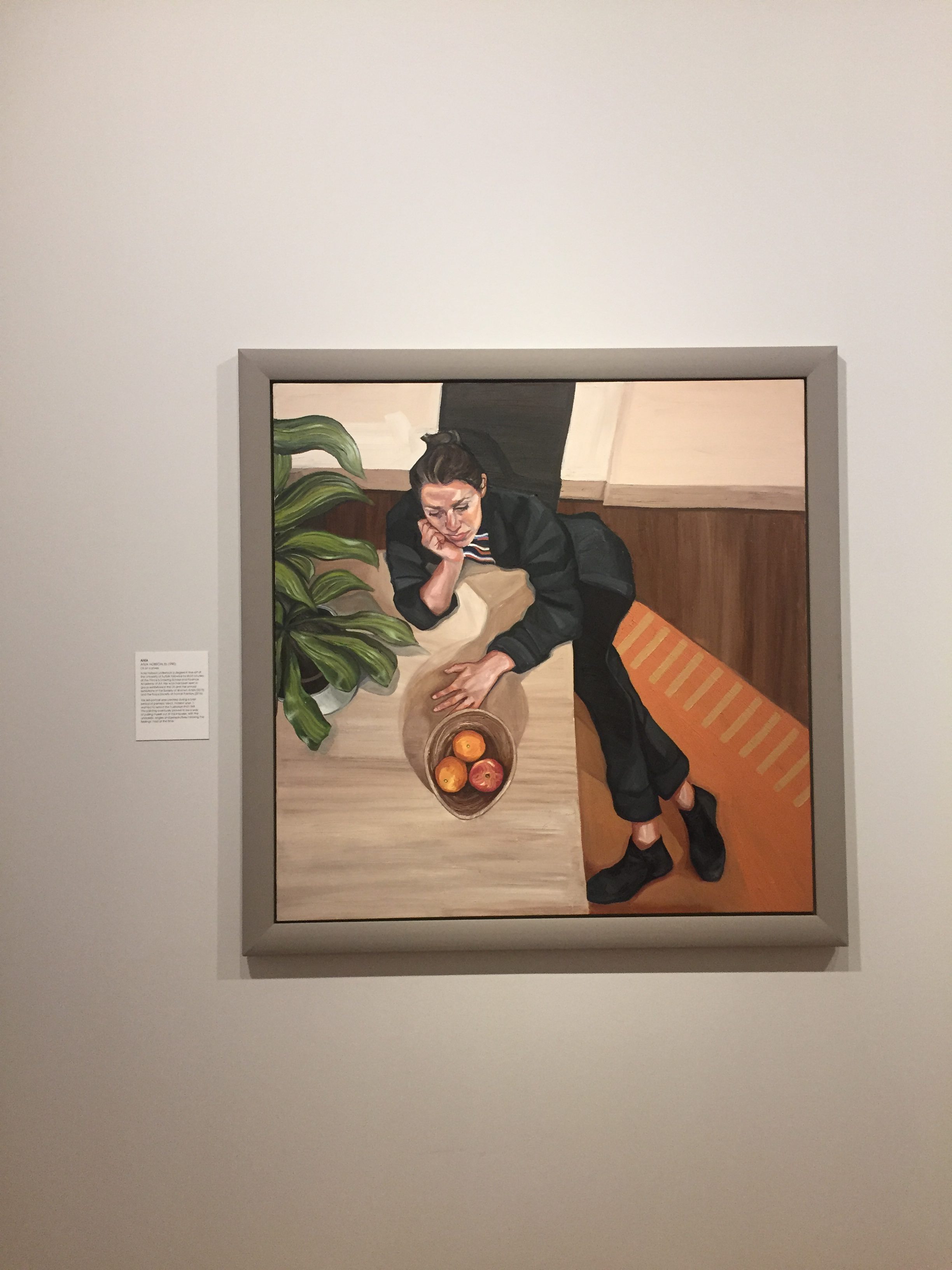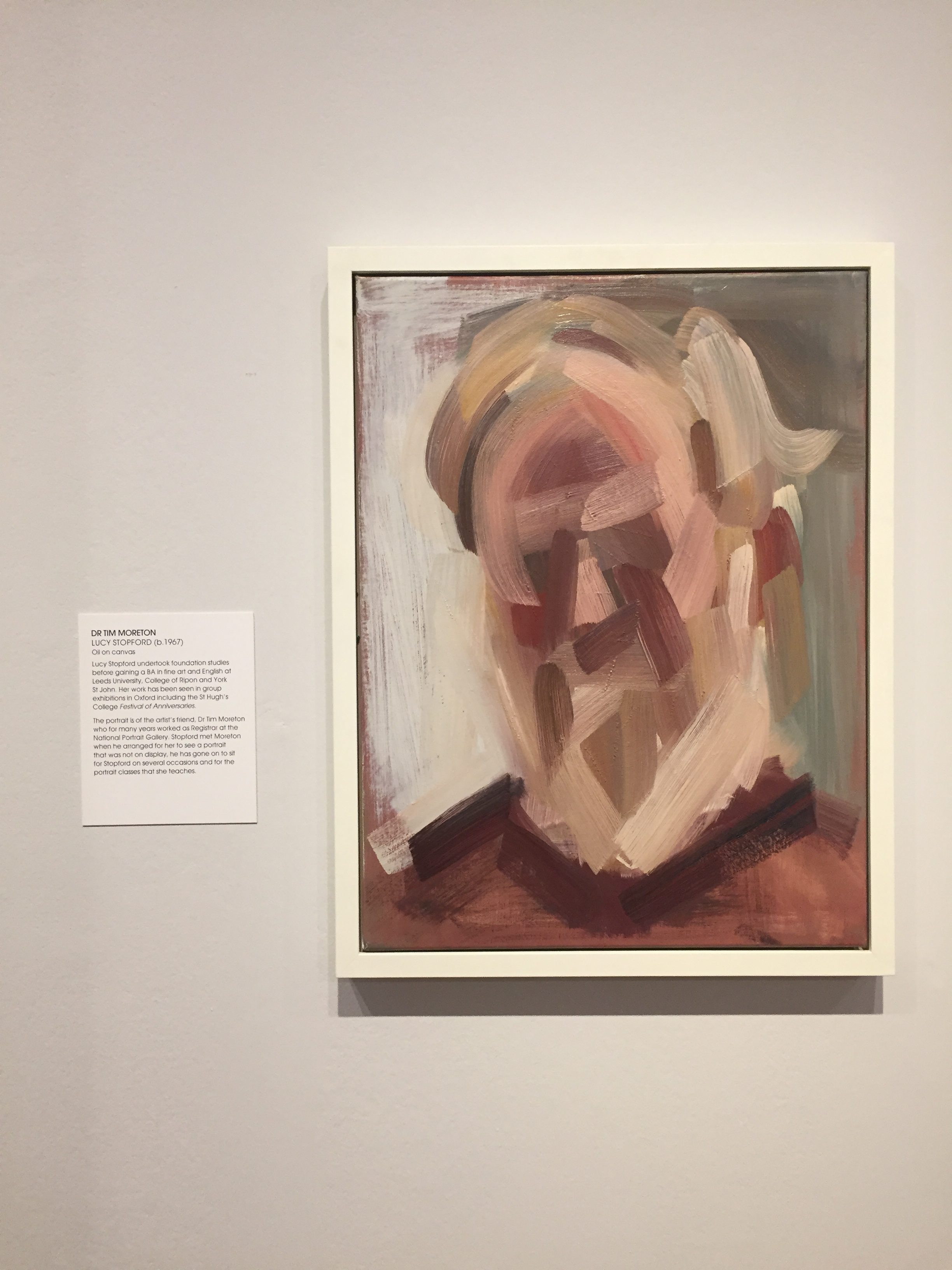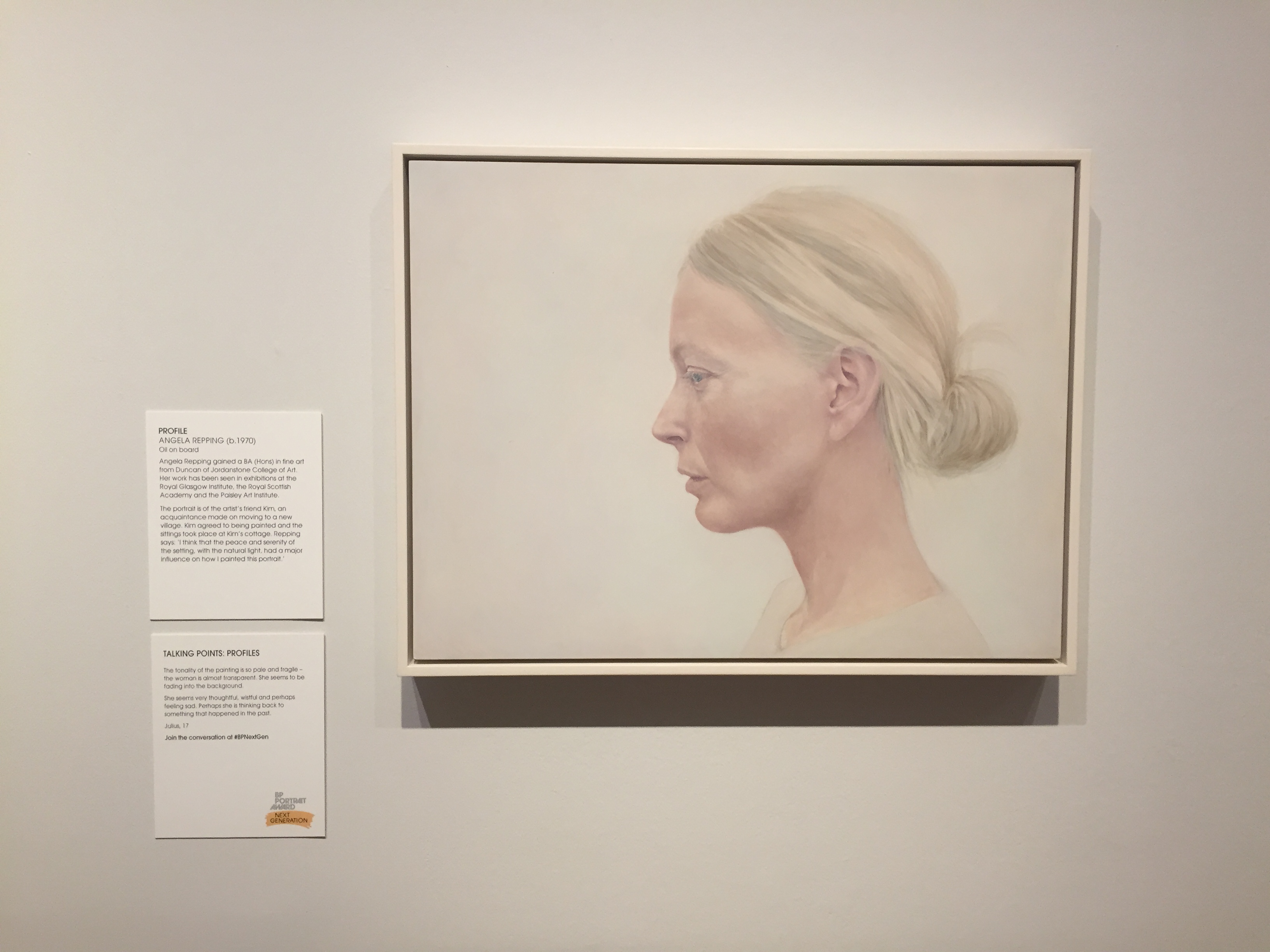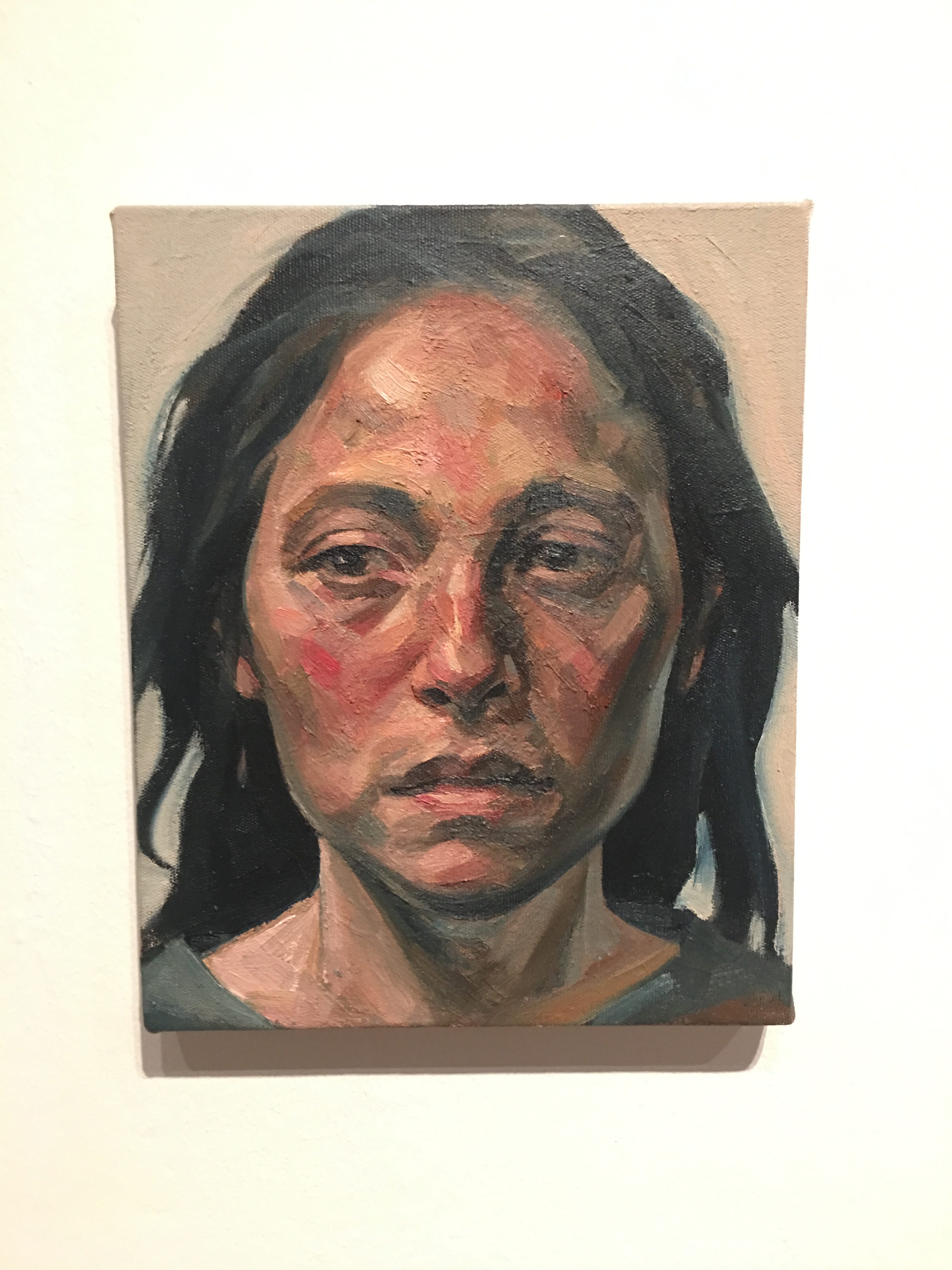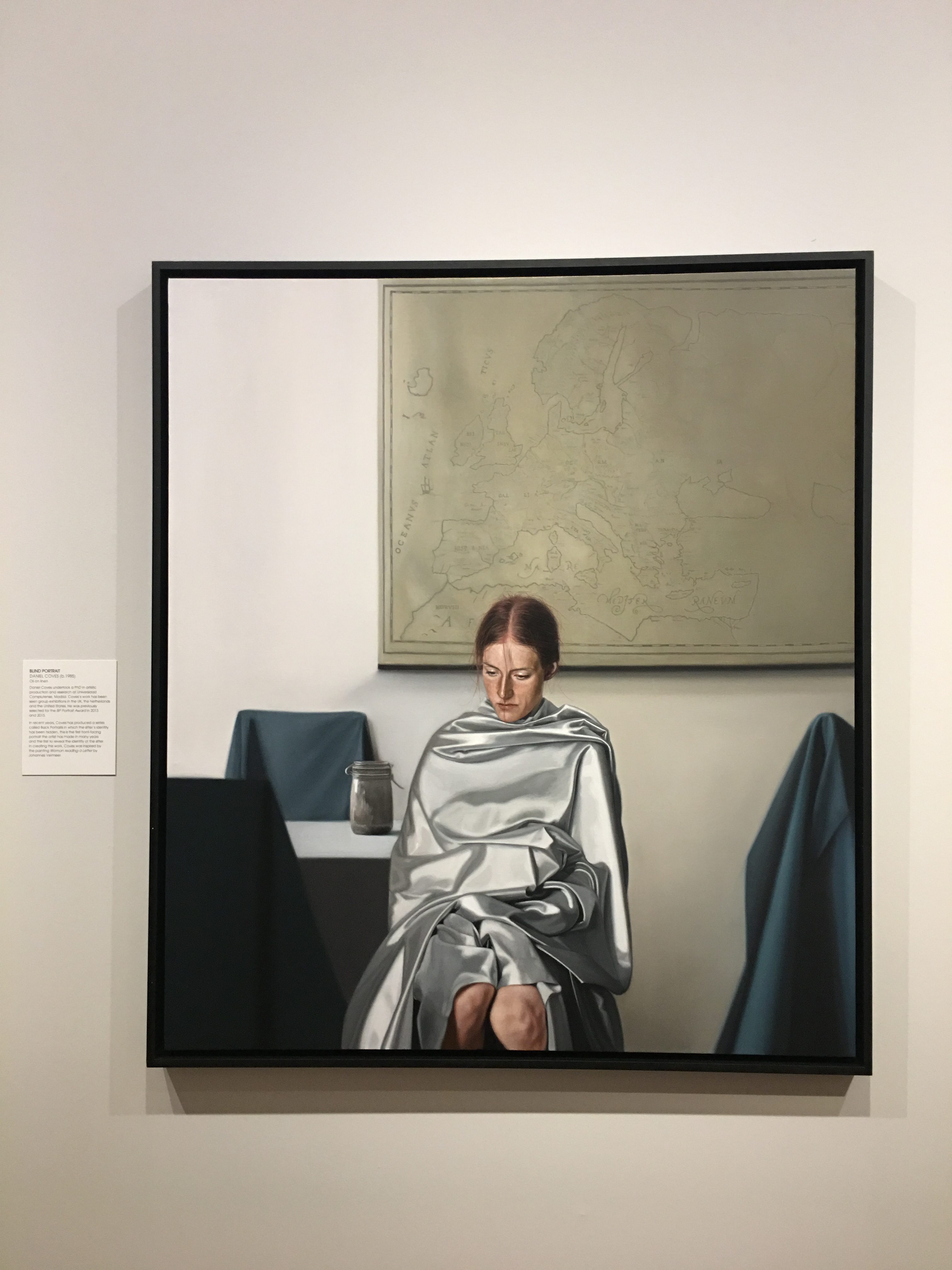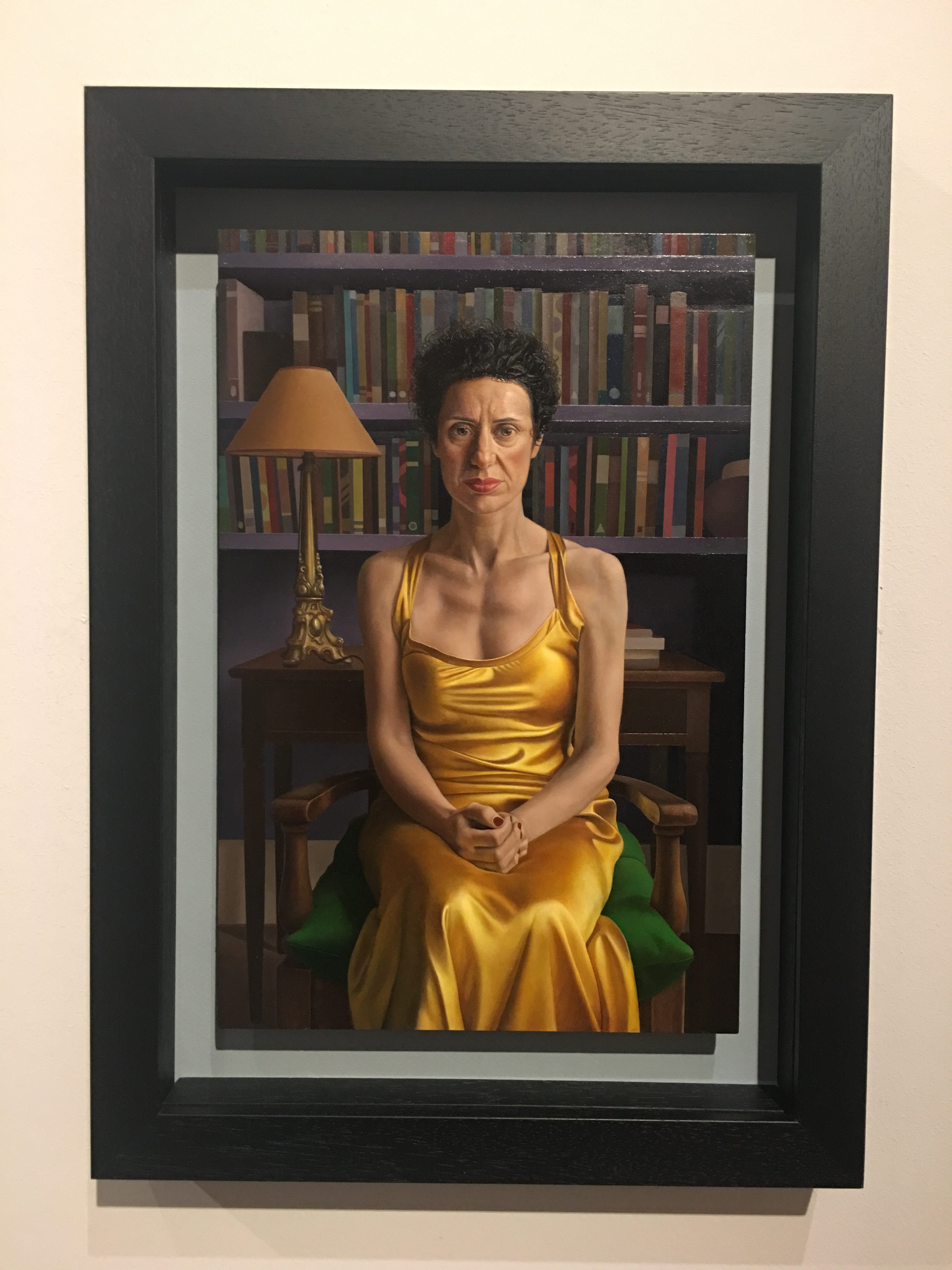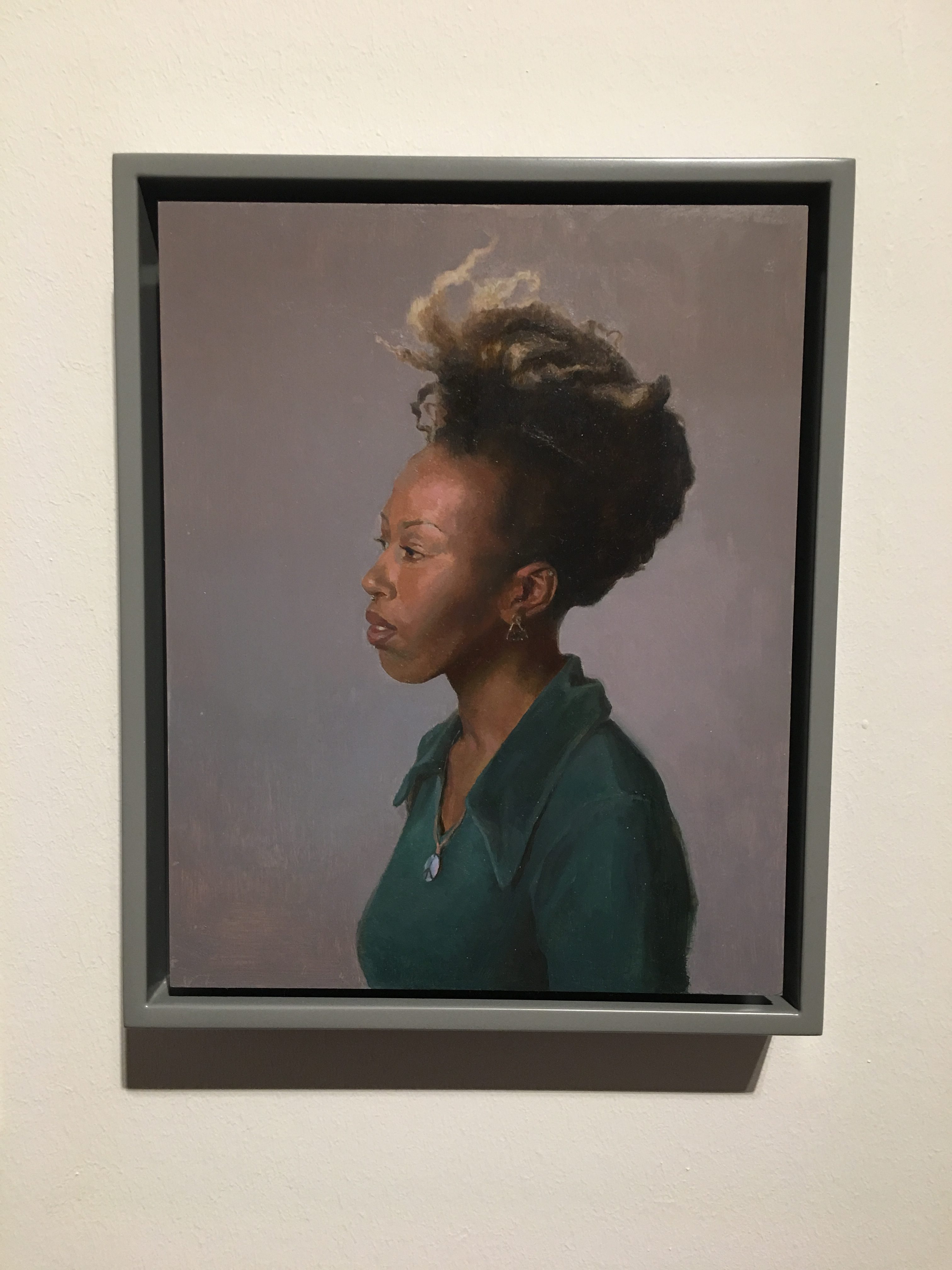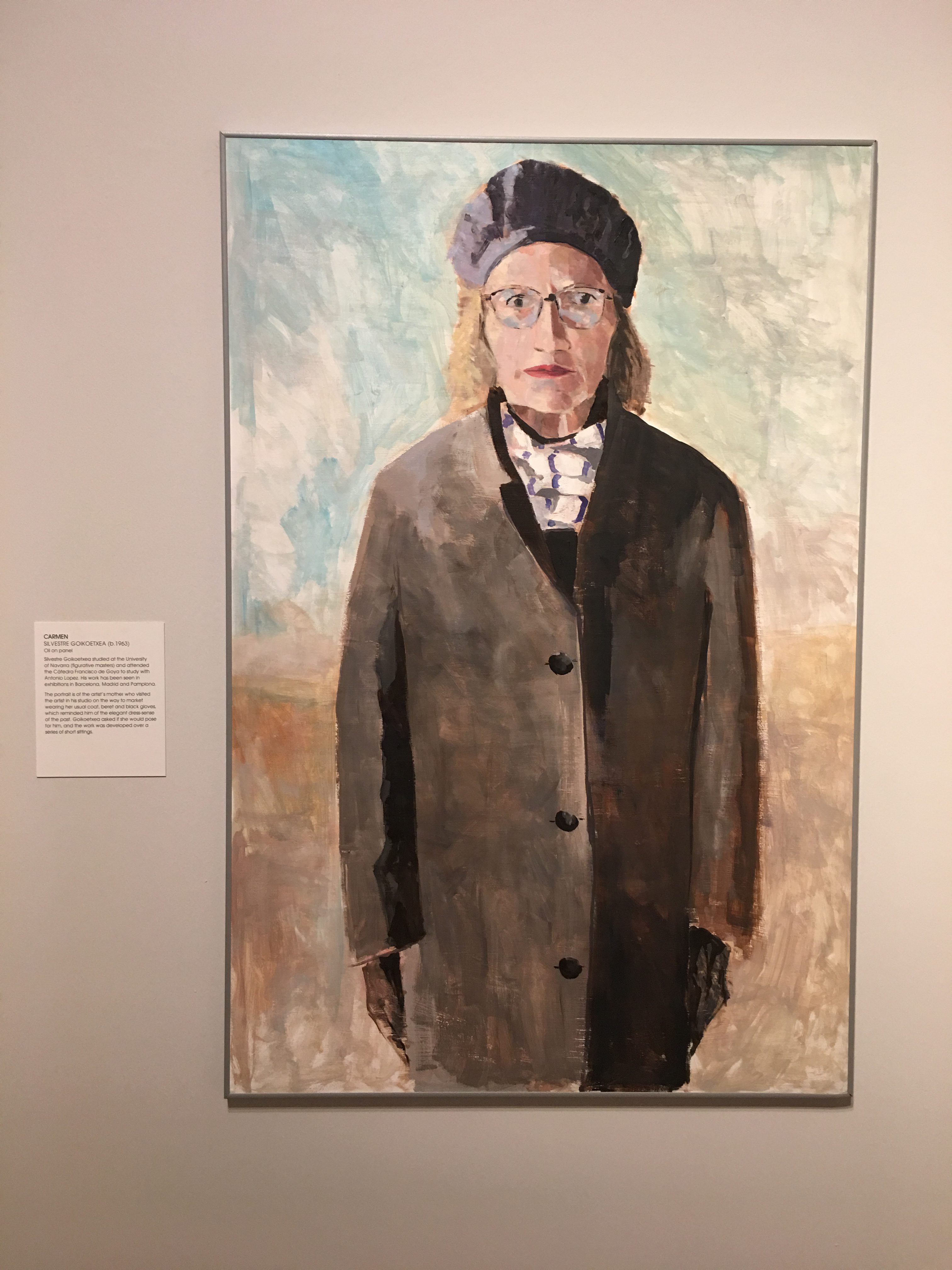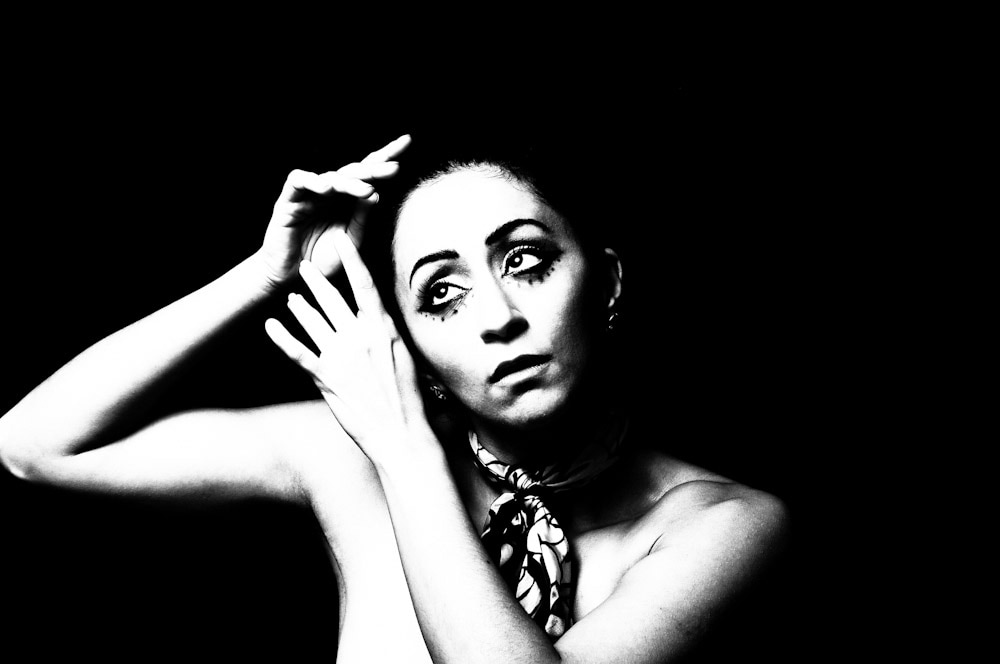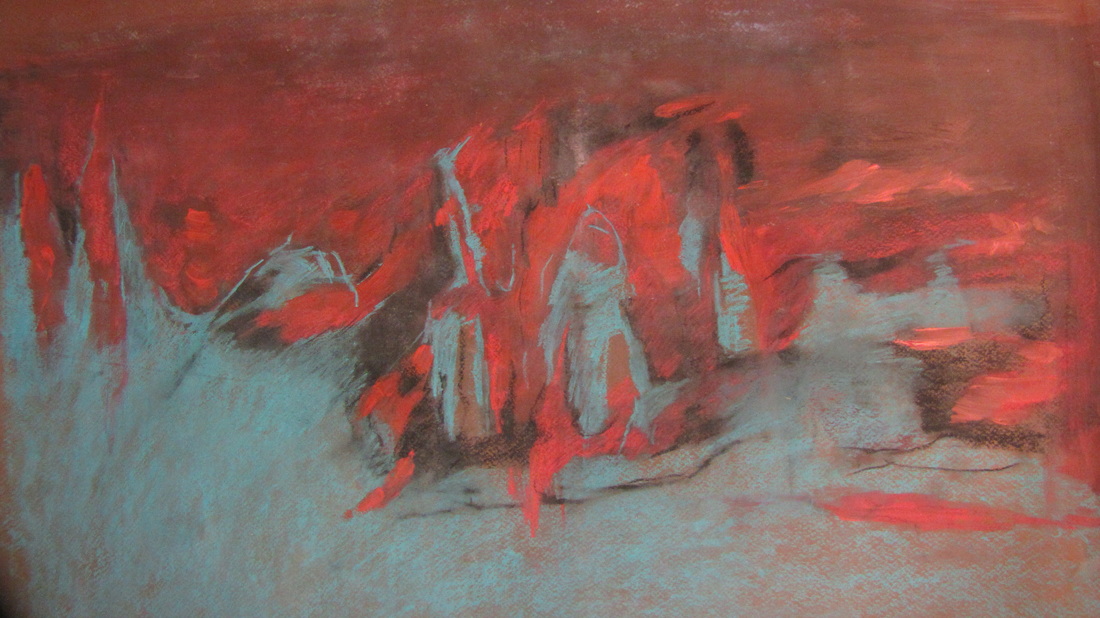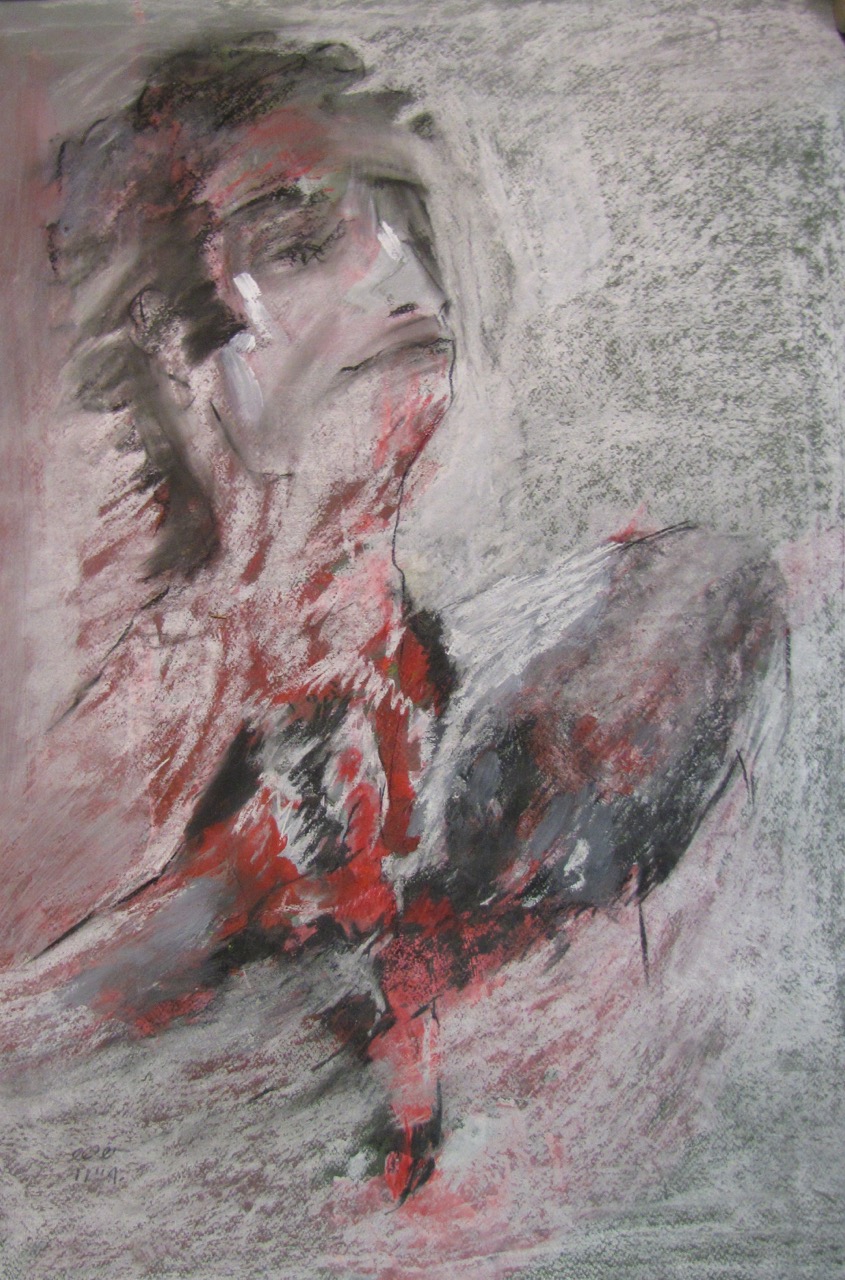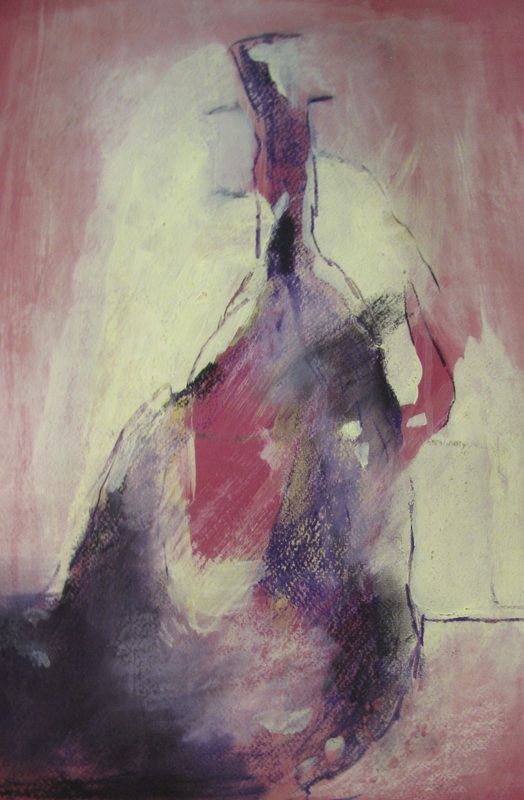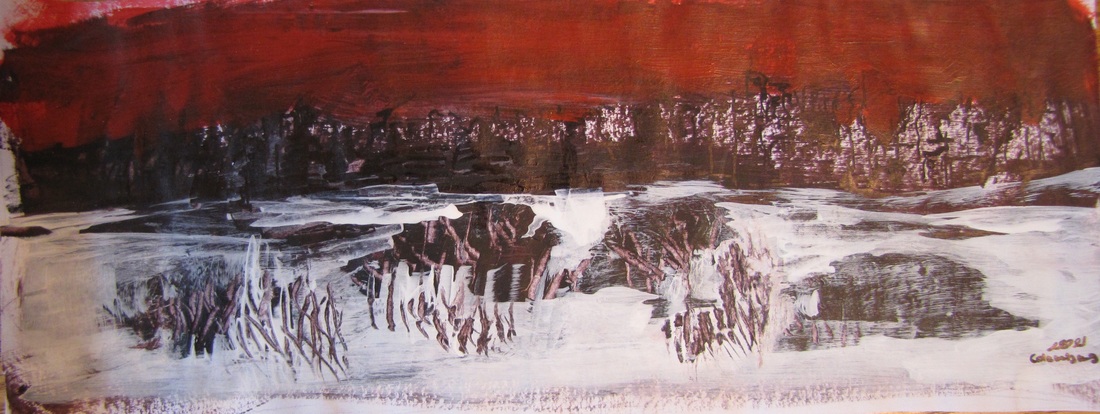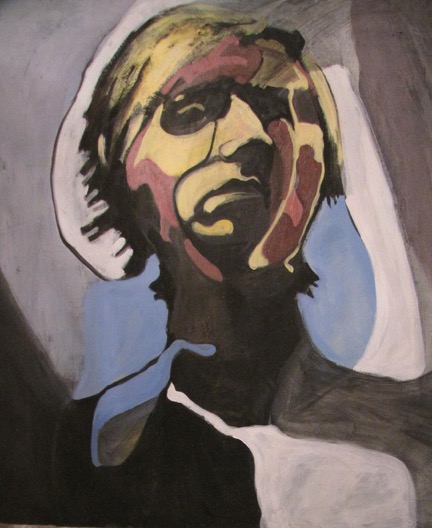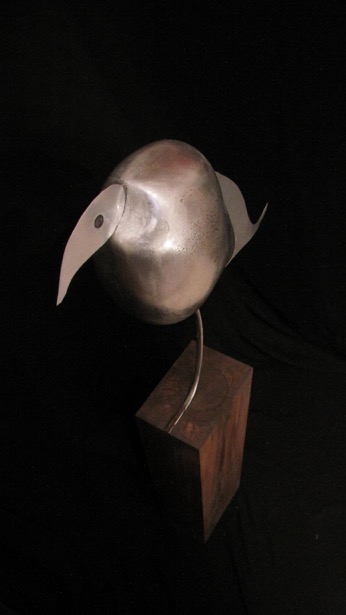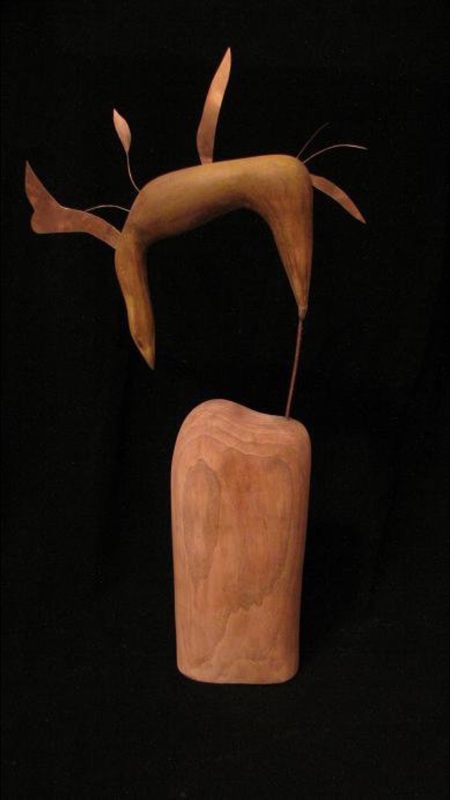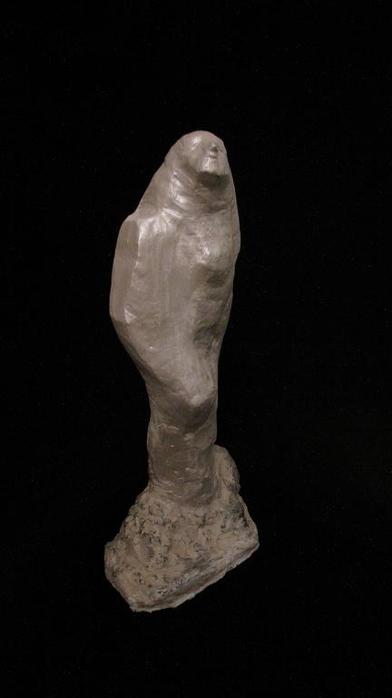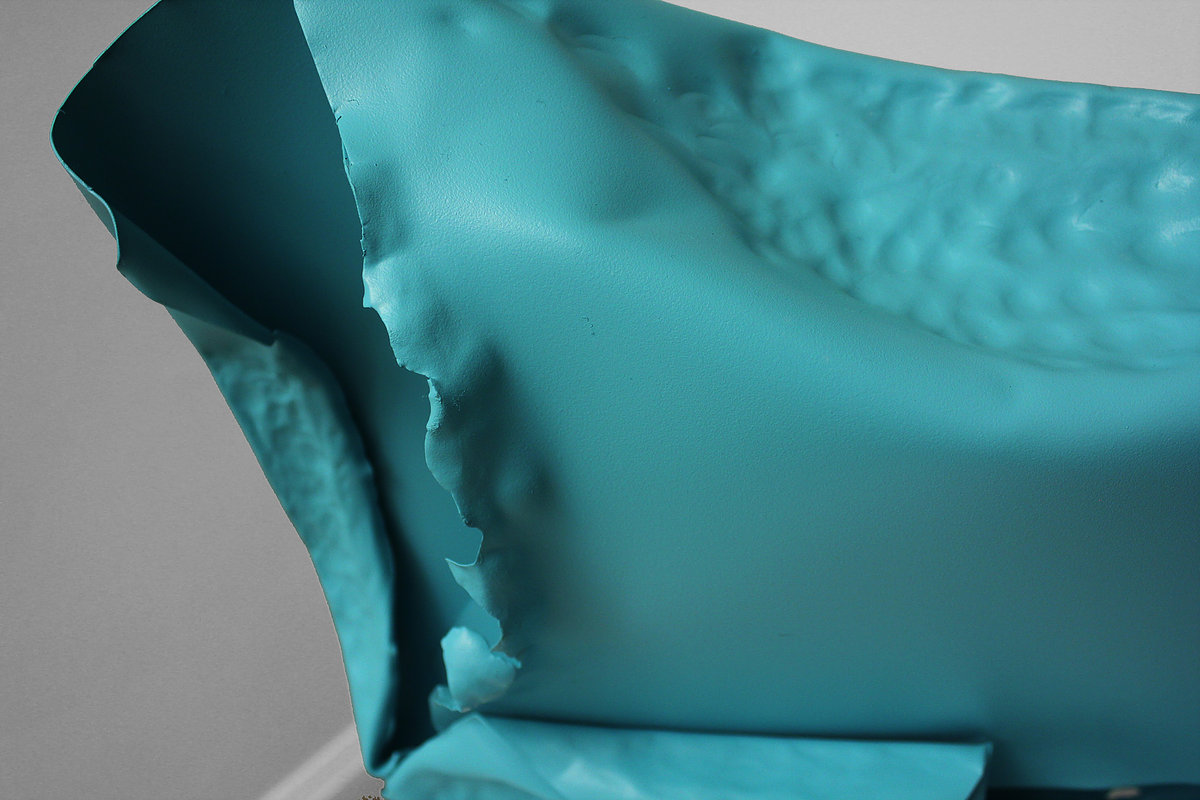
Name: Polly du Cros
DOB: April 1969
Place of birth: Lancashire, United Kingdom
Occupation: Artist
Polly works in sculpture/installation with an emphasis on making and materiality. Her spontaneous and instinctual process of being physically involved with the material means that the matter selected is exploited without controlling the experiment, to maintain an element of naivety. Current materials include metal, foam, polystyrene, plastic and scrap, along with paint. Working within the liminal space between the expanded field and sculpture works are developed within the space. She is interested in the way an object exists and is seen in a space and in the psychology of the response to it.

Photographer: Eva Lova
Polly’s rationale for being an artist is to ask are we losing touch with the art of making in this age of advancing technology.
Is it possible for me to make a body of work that questions the possibility of creating sculpture as a unifying experience which has as its cognate a parallel narrative in multiple digital sources or ‘feeds’. Is it possible for me to produce work that has a sense of unity.
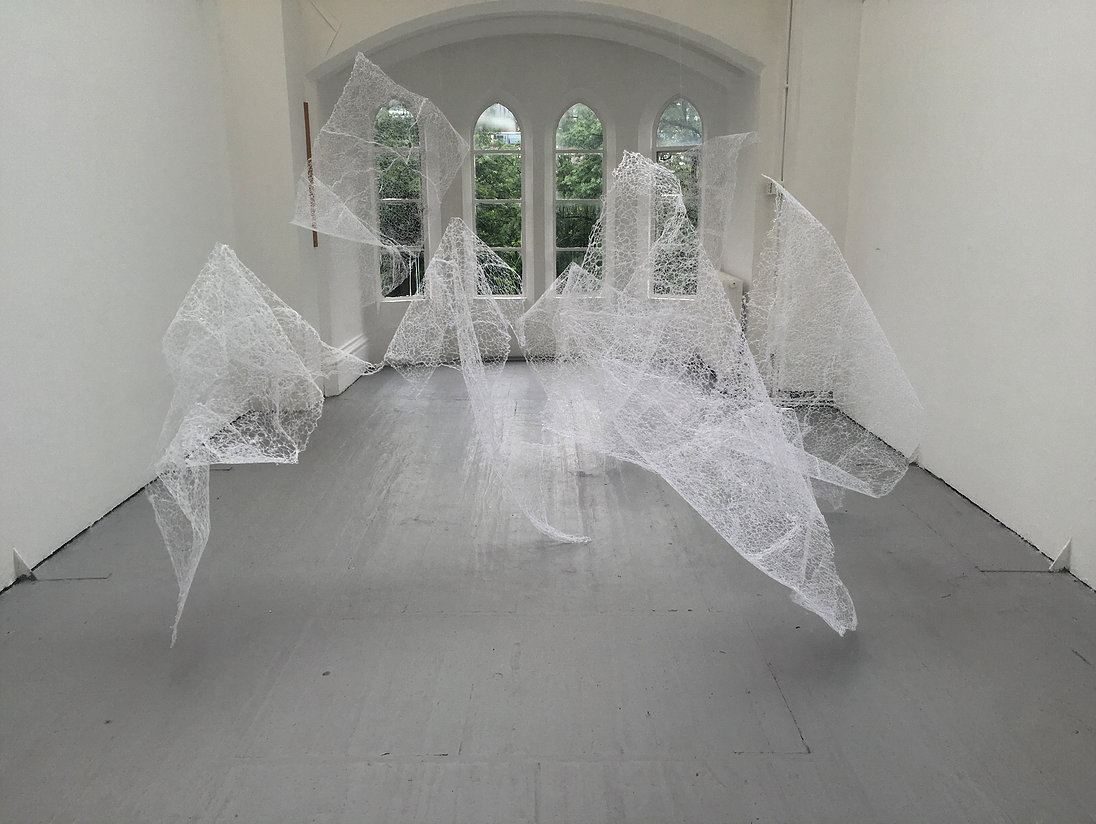
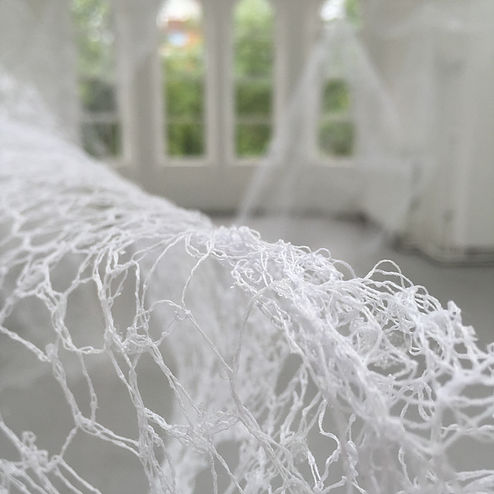
Underpinning my sculpture and installations are a fundamental search for something through action, grappling with materials and manipulating until a kind of truth or realisation is released during the process, allowing the intrinsic properties of the material to arise. The work avoids obvious connotations and is non-representational, it is, ‘about sculpture’. I enter into a mental dialogue with the material as to what is required and the process allows me to move beyond metaphor and into something more directly experienced. I am in a place of ‘flow’ and completely absorbed in the making of the work.
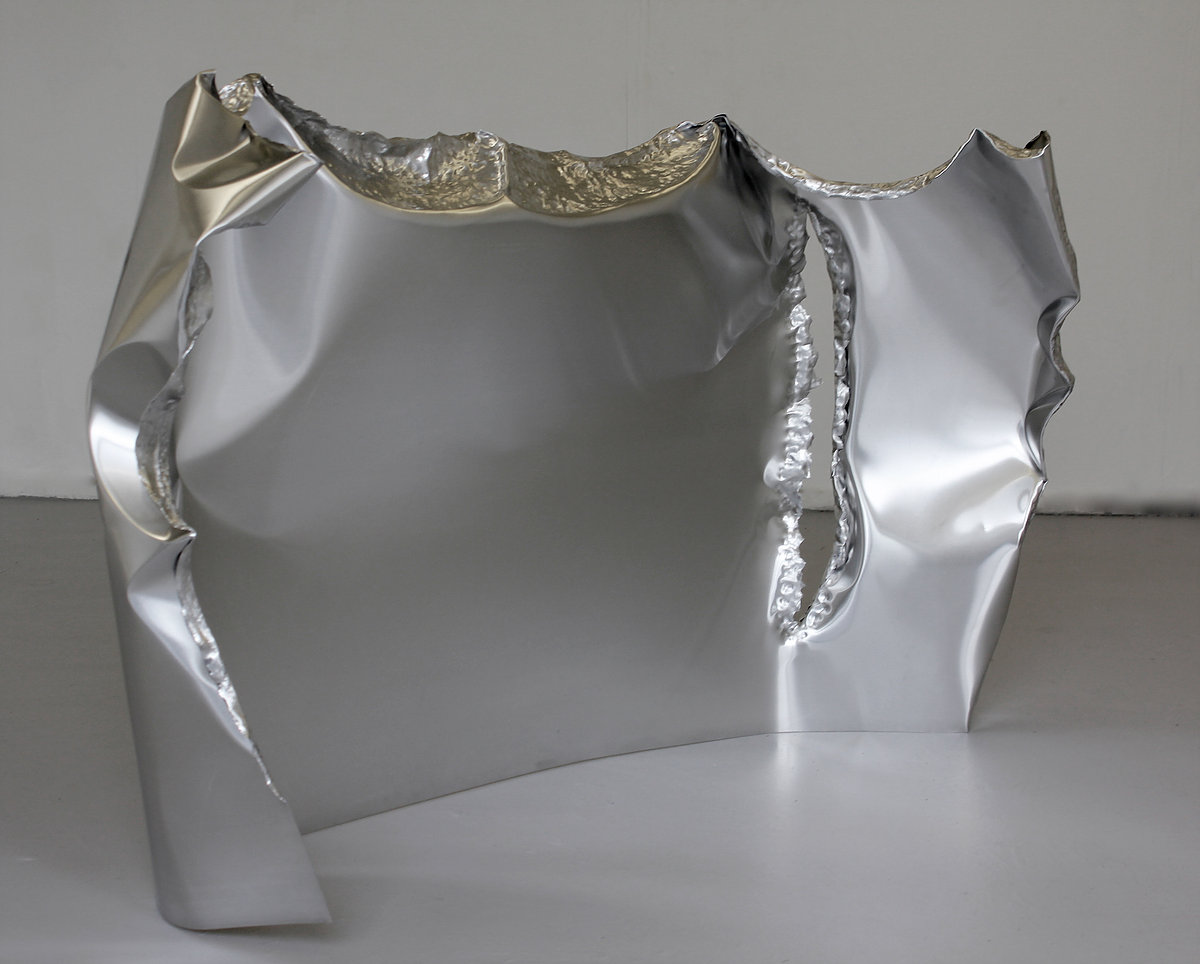
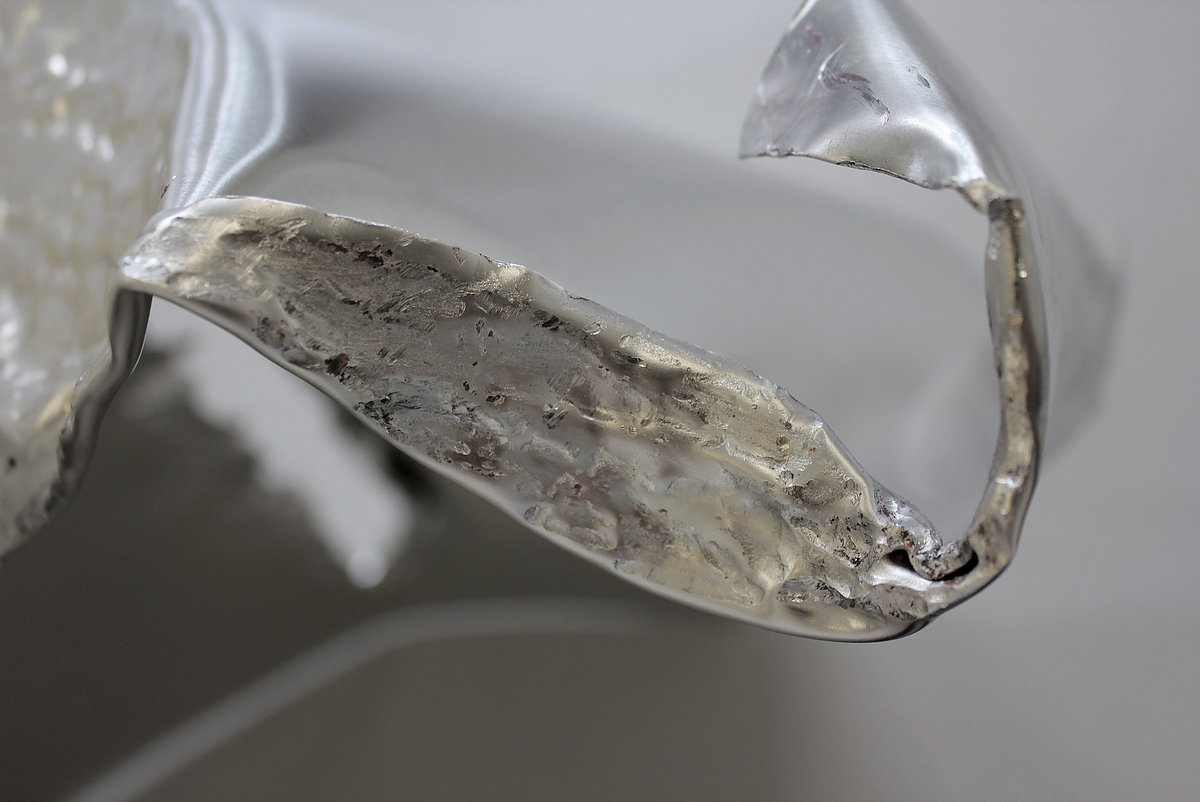
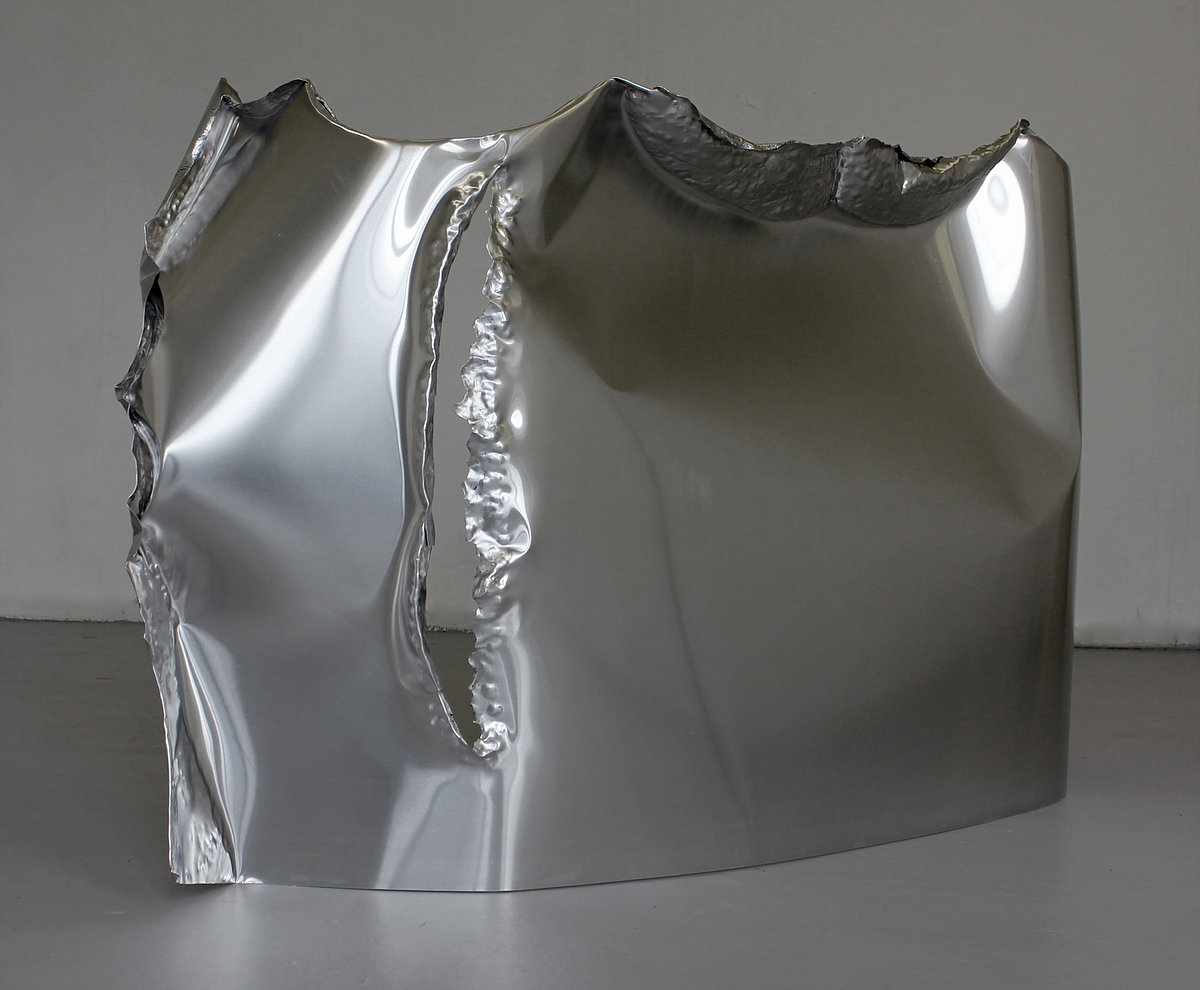
Influenced by the human body and how it leaves a memory of its action on the material, the work is physical and confrontational. I both isolate and absorb myself in the making process to allow the materials to dictate their form. I am keen to find out about the materials and what they need on one hand, whilst controlling them on the other; this balance is central and sought.
In my day-to-day studio practice I have perceived an unexpected correlate for this period of total ‘flow’ with the data streams of information I receive.
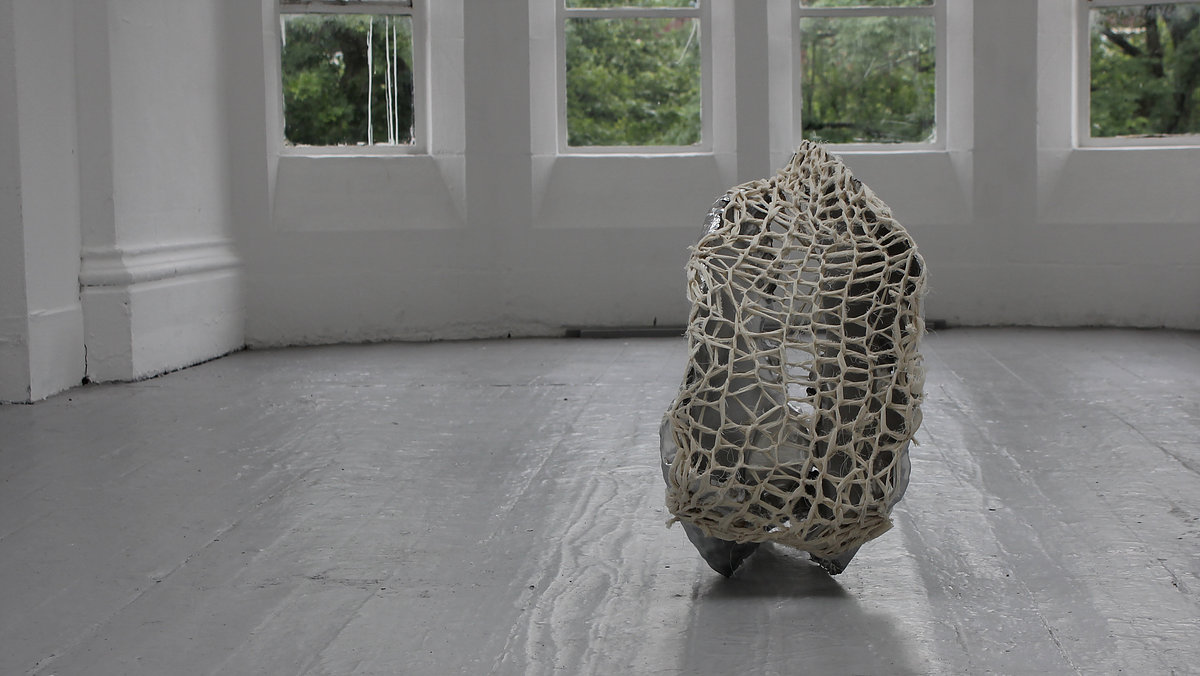
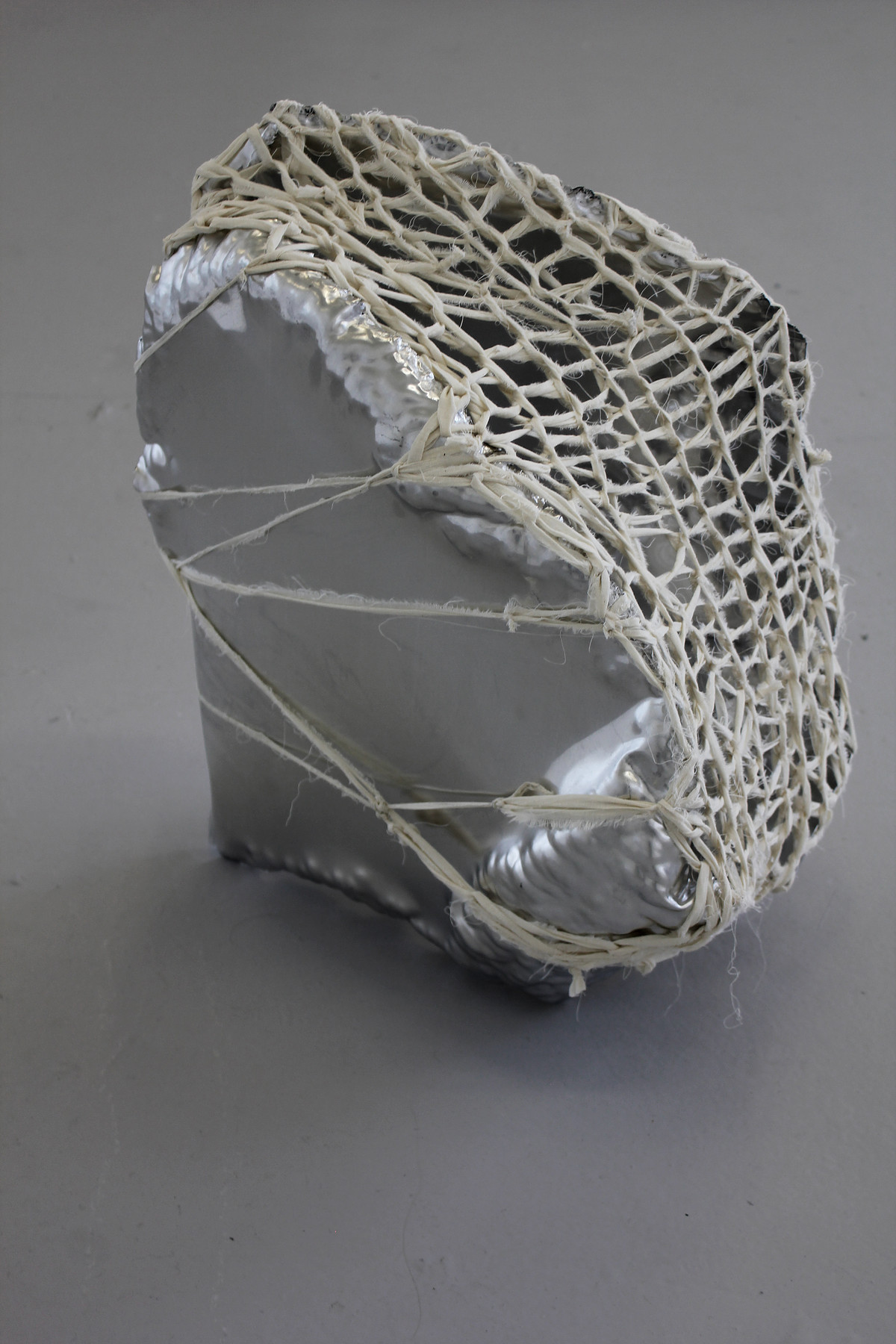
The frenetic lives we lead are in part due to the digital communication that takes place. We are constantly bombarded with information via technology and many different components are acting upon us at any one time. How does this translate within the work that is being made and can we separate ourselves from these influences or does every piece of information become stored on a cellular level in our bodies and therefore affect the work in progress.
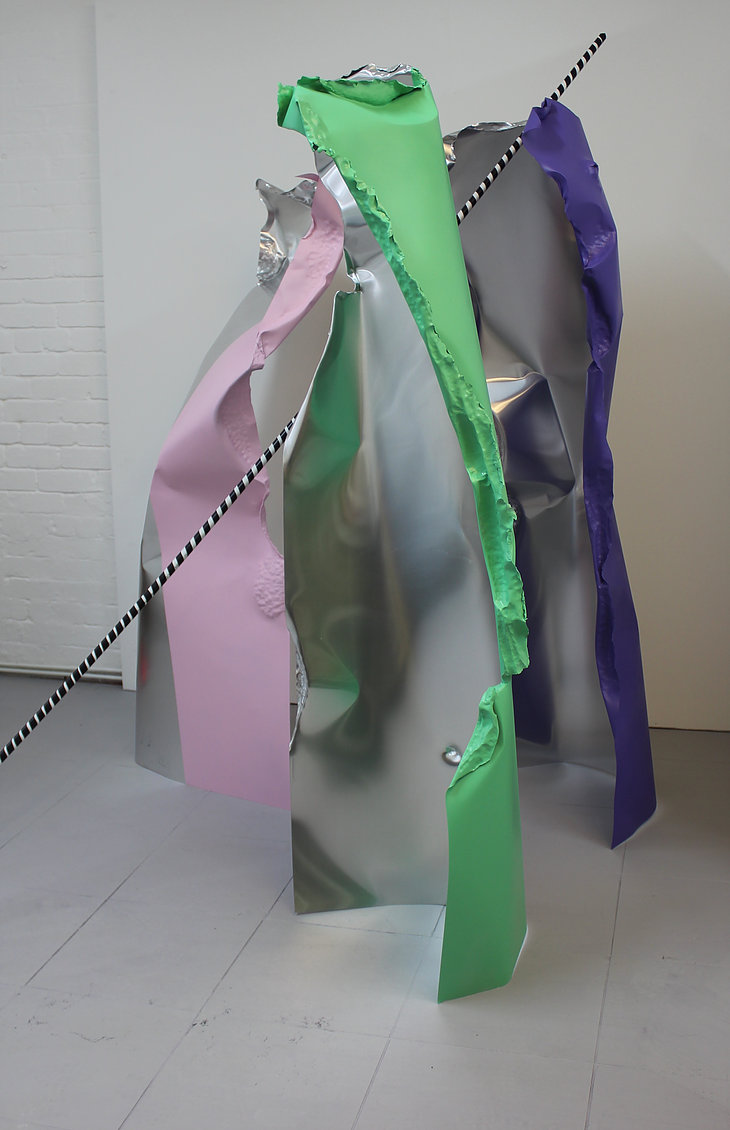
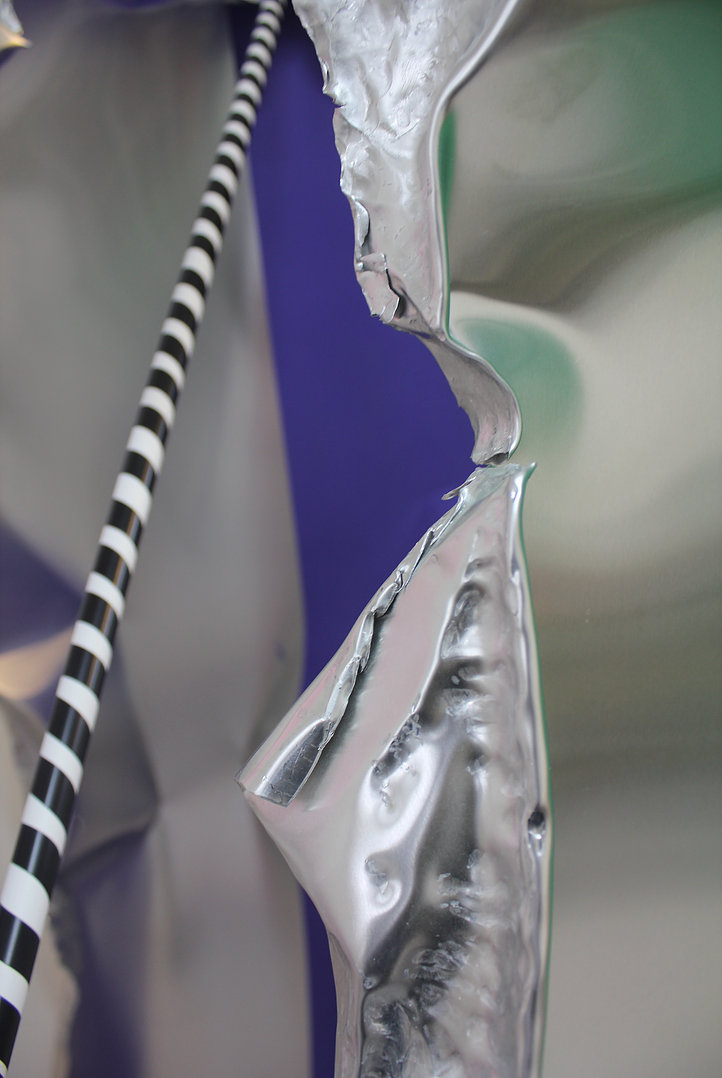
Walter Benjamin’s essay, The Work of Art in The Age of Mechanical Reproduction continues to play a role in understanding how technology contributes to a de-aestheticization of art in the modern world.
Artist Helen Marten creates work that is multi-faceted and currently we seem unable to establish if there is a master narrative or unity to her work. I intend to contribute to the debate by making sculpture and questioning if unity is possible or if technology is responsible for the disparate nature.
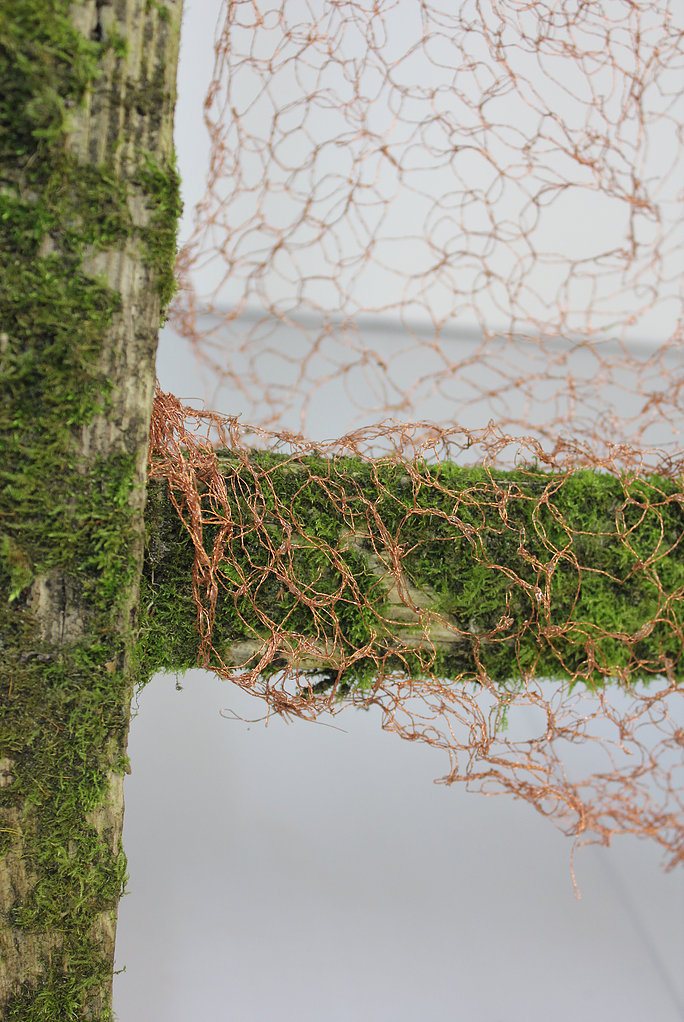
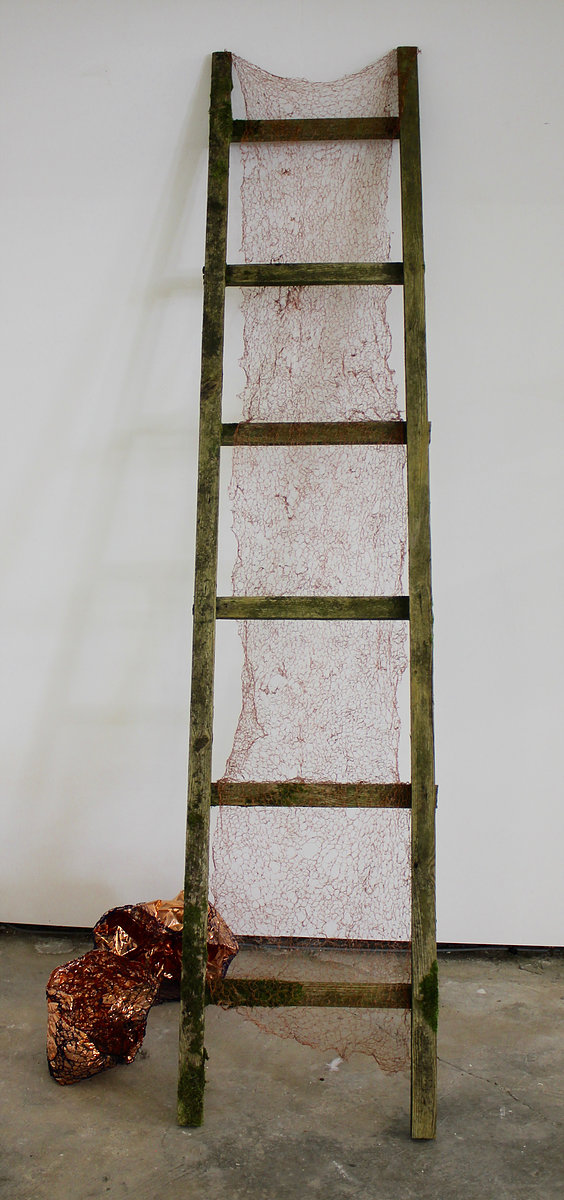
I am concerned with the expansion of taste. Taste in terms of what can be accepted in the making process, and what cannot. Within these concerns is an awareness of the potential space for creativity, the heightened idea of potentiality through the process of making. When is the mark or the action encouraged, nurtured and honed, and when is it eradicated or altered? Such a potential space is paramount in the work and occupies a place where language and communication occur.
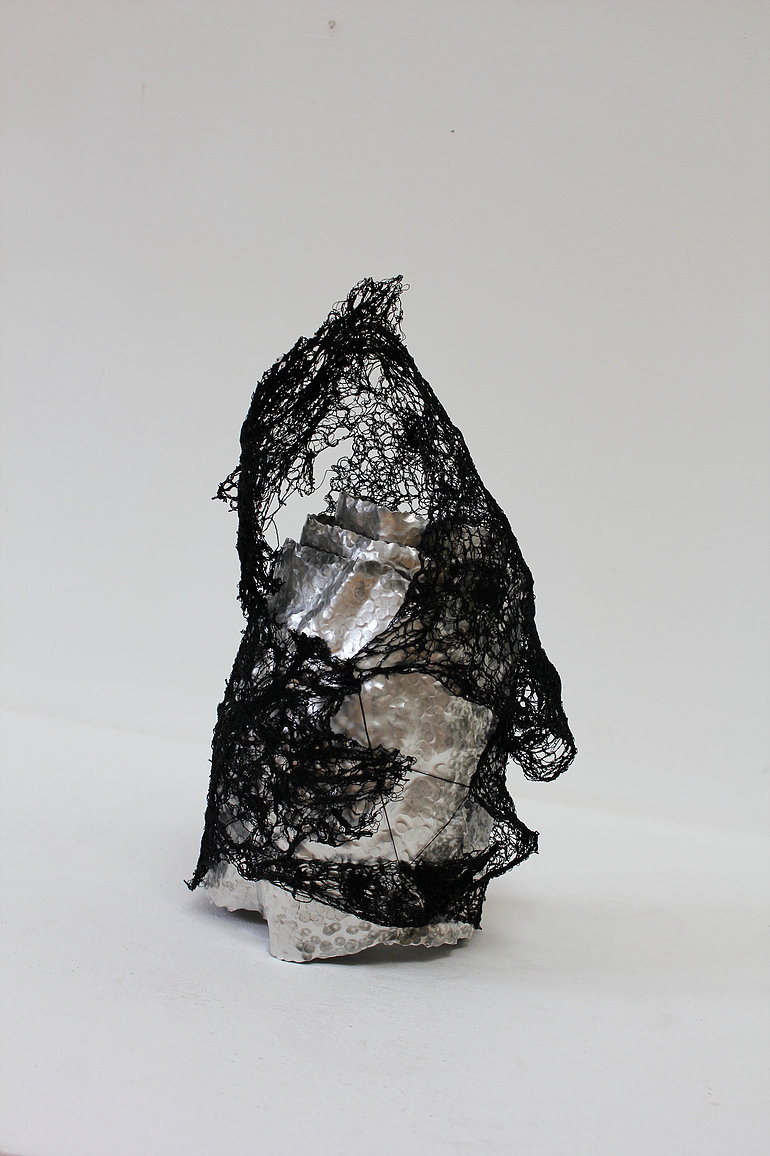

I graduated from St. Helens College (part of Chester University) in 2011 where I achieved a first class honours degree in Fine Art (Painting). In 2014 I undertook an MFA in Fine Art at Manchester Metropolitan University which was successfully completed in October 2016.
Methods:
The central objective is to continue to make a work within a practice-based methodology. As such original investigation will be undertaken to gain new knowledge, partly by means of practice and partly by the outcomes of that practice. The objectives and methodologies are therefore intrinsically linked as the practice is evolutionary.
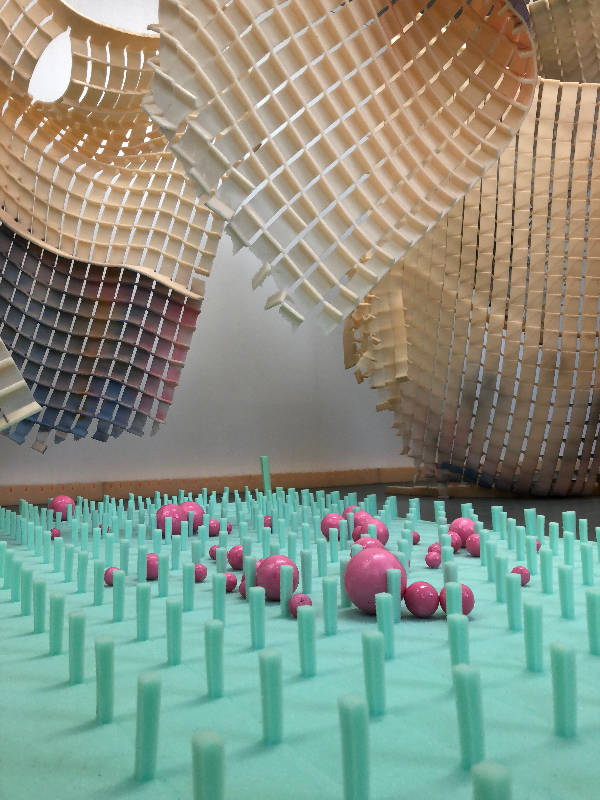


References:
W. Benjamin, 1936, The Work of Art in the Age of Mechanical Reproduction; Broderson XV
Berger, John, 2008, Ways of Seeing, Penguin Modern Classics
Cooke, Lynne, 2011, Agnes Martin, Dia Art Foundation, New York
Elkins, James, 1996, The Object Stares Back, Harvest, Inc. New York
Csikszentmihalyi, M, 1996, Creativity, New York, Harper Collins
Exhibitions
COMPETITIONS, AWARDS
2017, 3D Prize, West Lancs Open, UK
2015, Blooom Award by Warsteiner , shortlisted
Residencies
2018, Abingdon Studios, Blackpool, UK
2017, The Great Medical Disaster, Manchester, UK
TWO MAN SHOWS
2018 with Paul Bramley, The Abingdon Experiment, Abingdon Studios, Blackpool, UK
2017 with Paul Bramley, Recent Works, Studio 24, Leeds, UK
2017 Jenny Eden & Polly Tomlinson, Cornerstone Gallery, Liverpool Hope University, UK
Group Shows
2017 Transfuse, The Great Medical Disaster, Manchester, UK
2017 West Lancs Open, Chapel Gallery, Ormskirk, UK
2016 MFA Show Grosvenor Gallery, Manchester School of Art, UK
2015 MA Show Grosvenor Gallery, Manchester School of Art, UK
2015 Electric Open Electric Picture House, Congleton, UK
2014, West Lancashire Open Exhibition, Chapel Gallery, Ormskirk, UK
2014 Degree Show St. Helens College, UK
2013 8BA2 Show St. Marys Market, St. Helens, UK
2013 St. Helen’s Open, World of Glass, St. Helens, UK
